Brook Hsu (b.1987) lives and works in New York and Wyoming. Hsu received her BFA from the Kansas City Art Institute in 2010 and her MFA from Yale University in 2016. Recent solo exhibitions include: Gladstone, New York (2024); Kiang Malingue, Hong Kong (2022); Kraupa-Tuskany Zeidler, Berlin (2021); Manual Arts, Los Angeles (2021); Bortolami Gallery, New York (2019). Hsu has presented in group exhibitions at Grimm, Amsterdam (2024); David Zwirner, New York (2024); Heidi Gallery, Berlin (2024); Contemporary Fine Arts, Basel (2024); TAO ART, Taipei (2024); Oriole, Hamburg (2024); Et al. Gallery, San Francisco (2024); Gems, New York (2024); 14th Shanghai Biennale (2023); K11 Shanghai (2023); Zürich Biennial, Kunsthalle Zürich (2023); Paul Soto, Los Angeles (2023); Adler Beatty, New York (2022); Derosia Gallery, New York (2022); Hannah Hoffman, Los Angeles (2022); kaufmann repetto, New York and Milan (2021); TANK, Shanghai (2020); CLEARING, New York (2020); Jan Kaps, Cologne (2020); Insect Gallery, Los Angeles (2019-2020); Château Shatto, Los Angeles (2019); in lieu, Los Angeles (2019); and The Renaissance Society, Chicago (2018-2019). Hsu’s work is part of the collections of Musée d’Art Moderne de Paris; Boros Collection, Berlin; Philara Collection, Dusseldorf; Yan Du Collection, London; X Museum, Beijing; Long Museum, Shanghai; Booth School of Business, University of Chicago, Chicago; Live Forever Foundation, Taichung.
Brook Hsu New York and Wyoming, U.S.A., B. Pullman, Washington, U.S.A., 1987
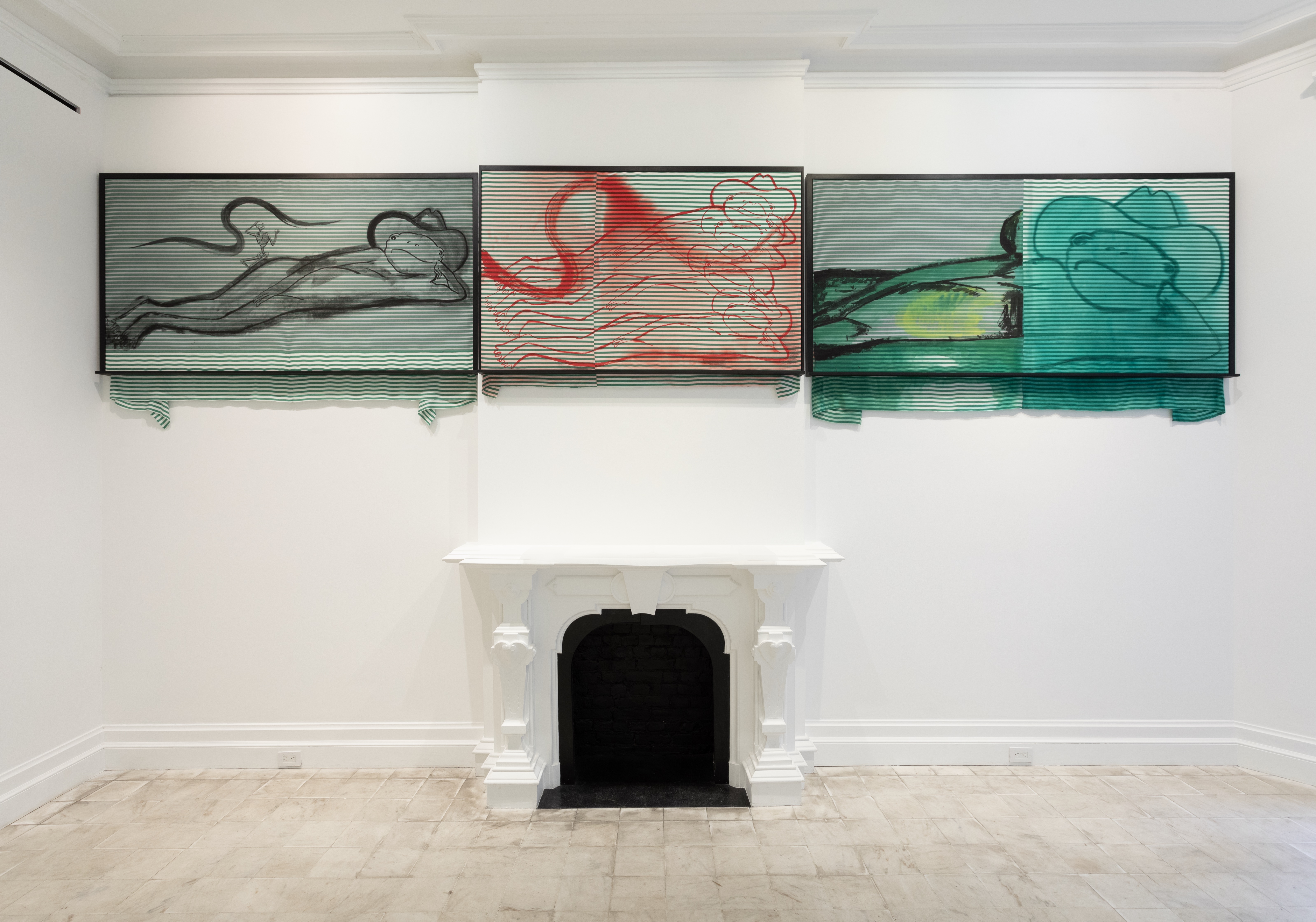
Installation view, “Brook Hsu: The Oklahoma Nature Theater”, Gladstone Gallery, New York, 2024. Photography by David Regen. Image courtesy of Gladstone Gallery.
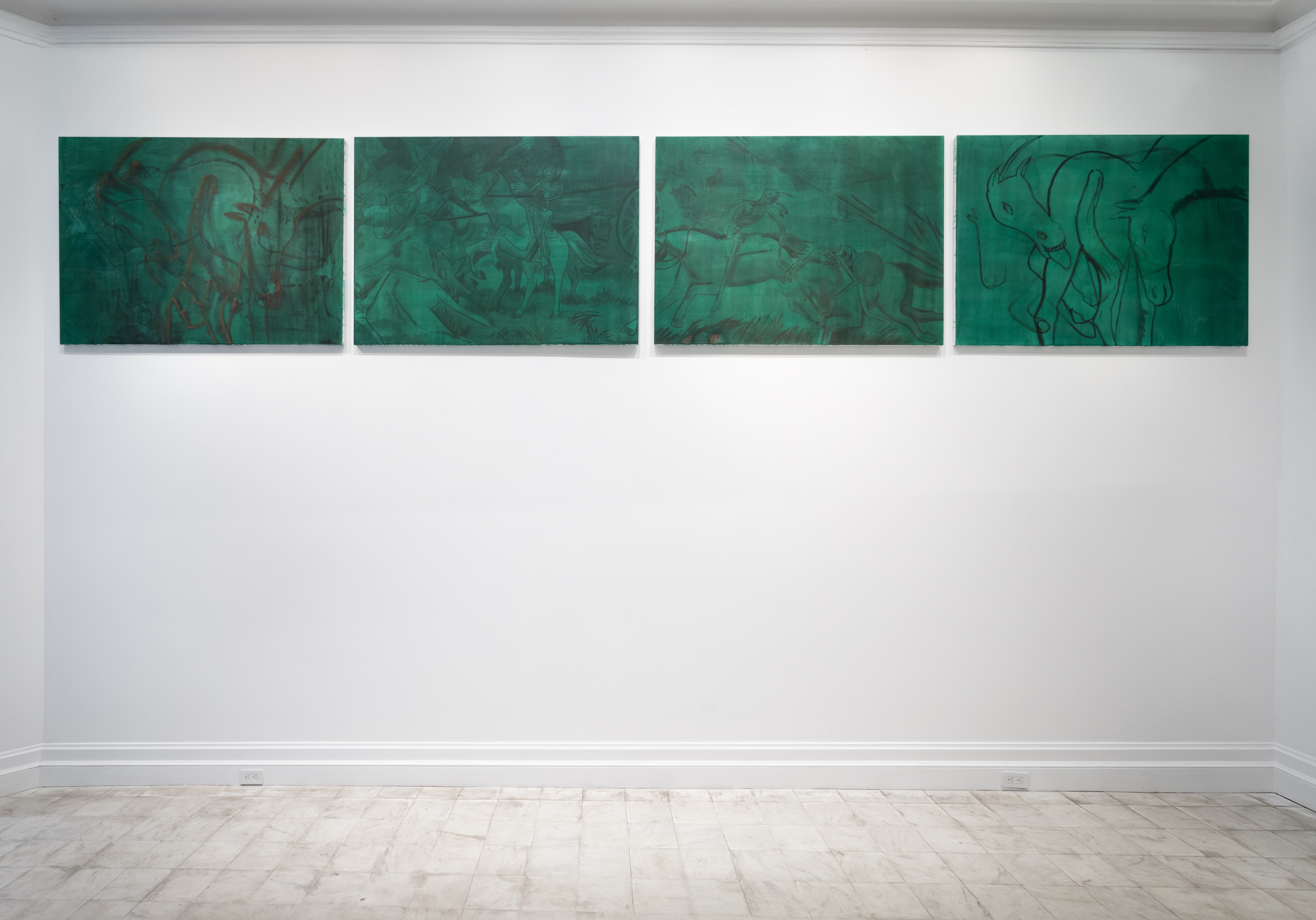
Installation view, “Brook Hsu: The Oklahoma Nature Theater”, Gladstone Gallery, New York, 2024. Photography by David Regen. Image courtesy of Gladstone Gallery.
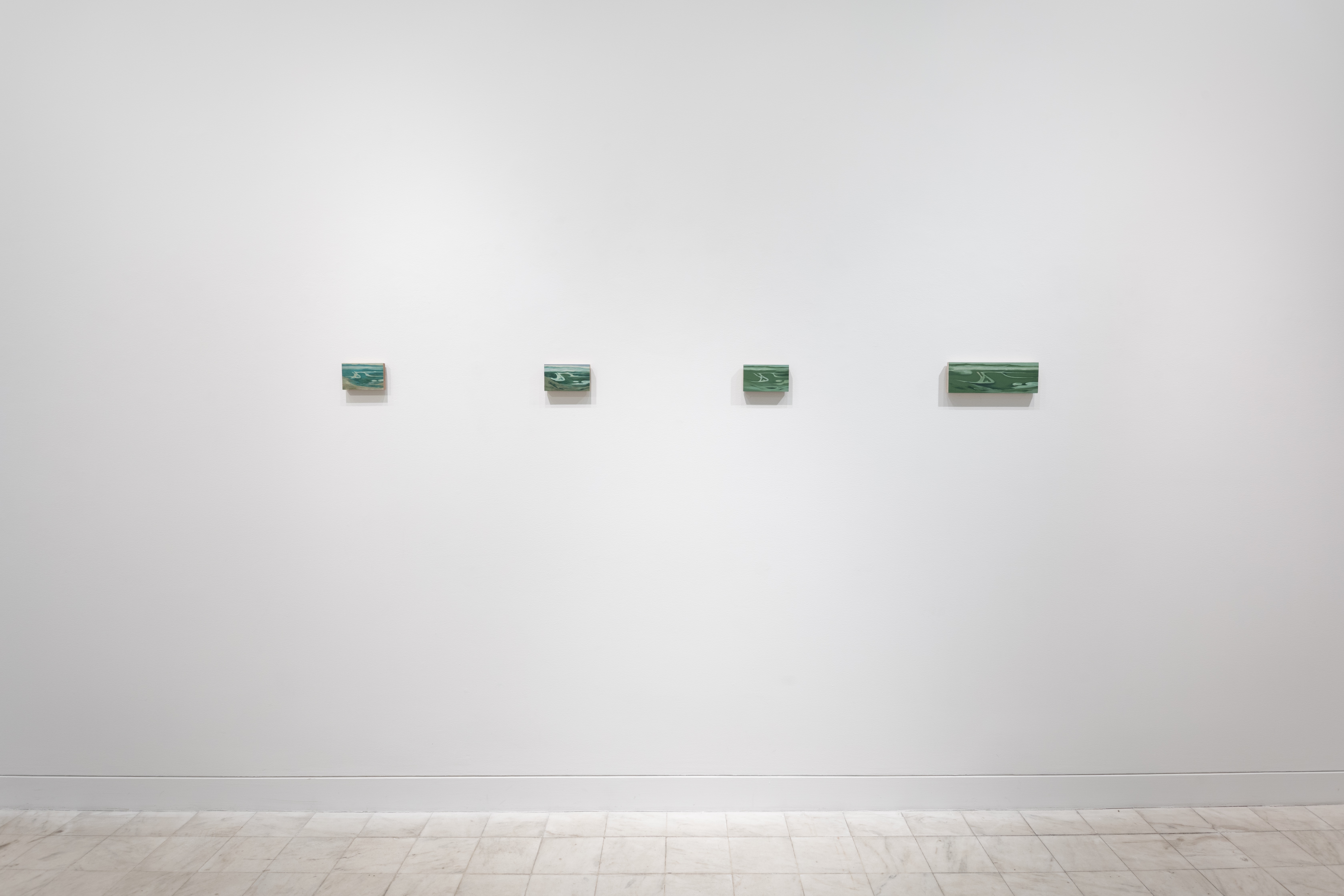
Installation view, “Brook Hsu: The Oklahoma Nature Theater”, Gladstone Gallery, New York, 2024. Photography by David Regen. Image courtesy of Gladstone Gallery.
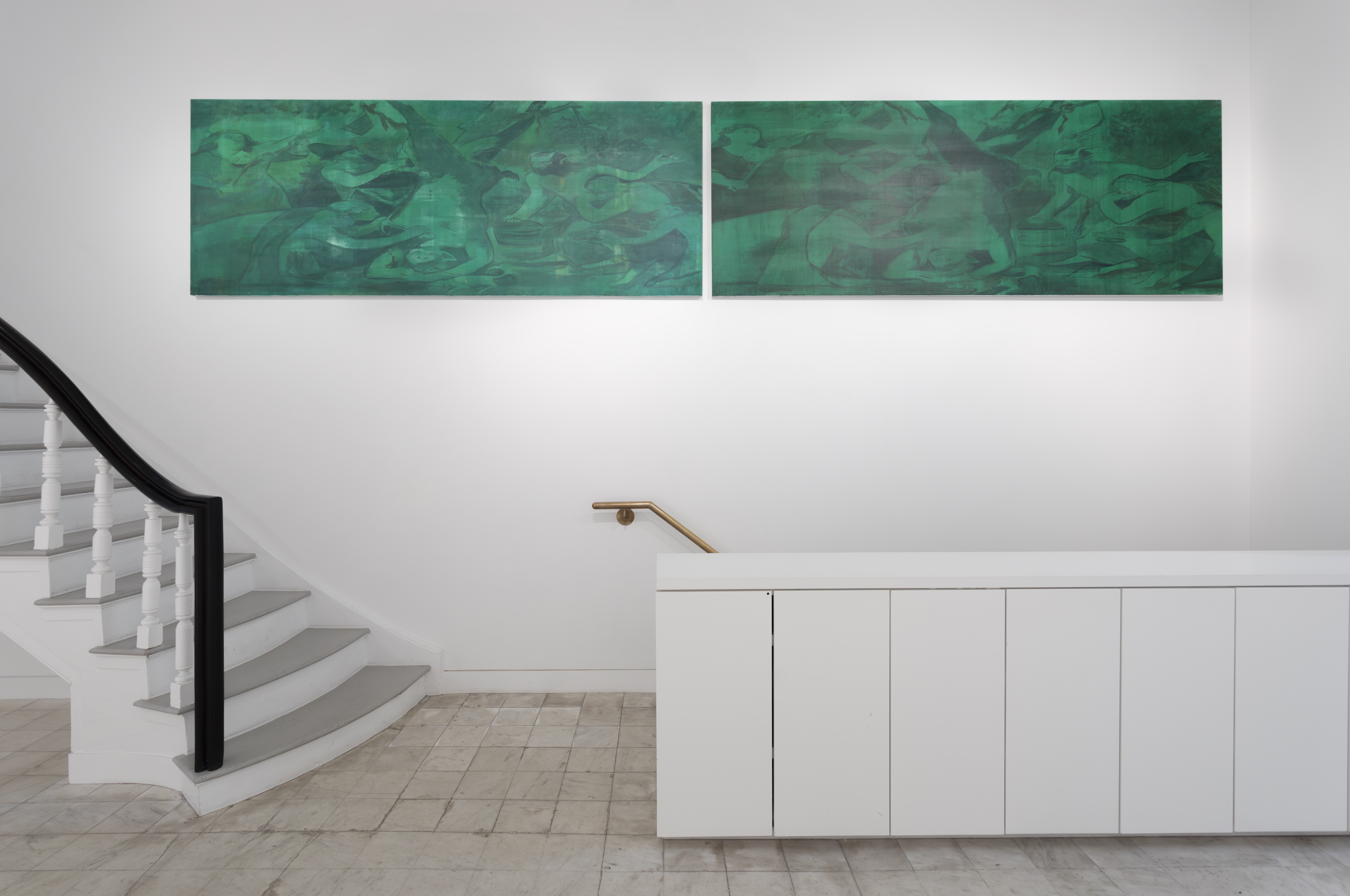
Installation view, “Brook Hsu: The Oklahoma Nature Theater”, Gladstone Gallery, New York, 2024. Photography by David Regen. Image courtesy of Gladstone Gallery.
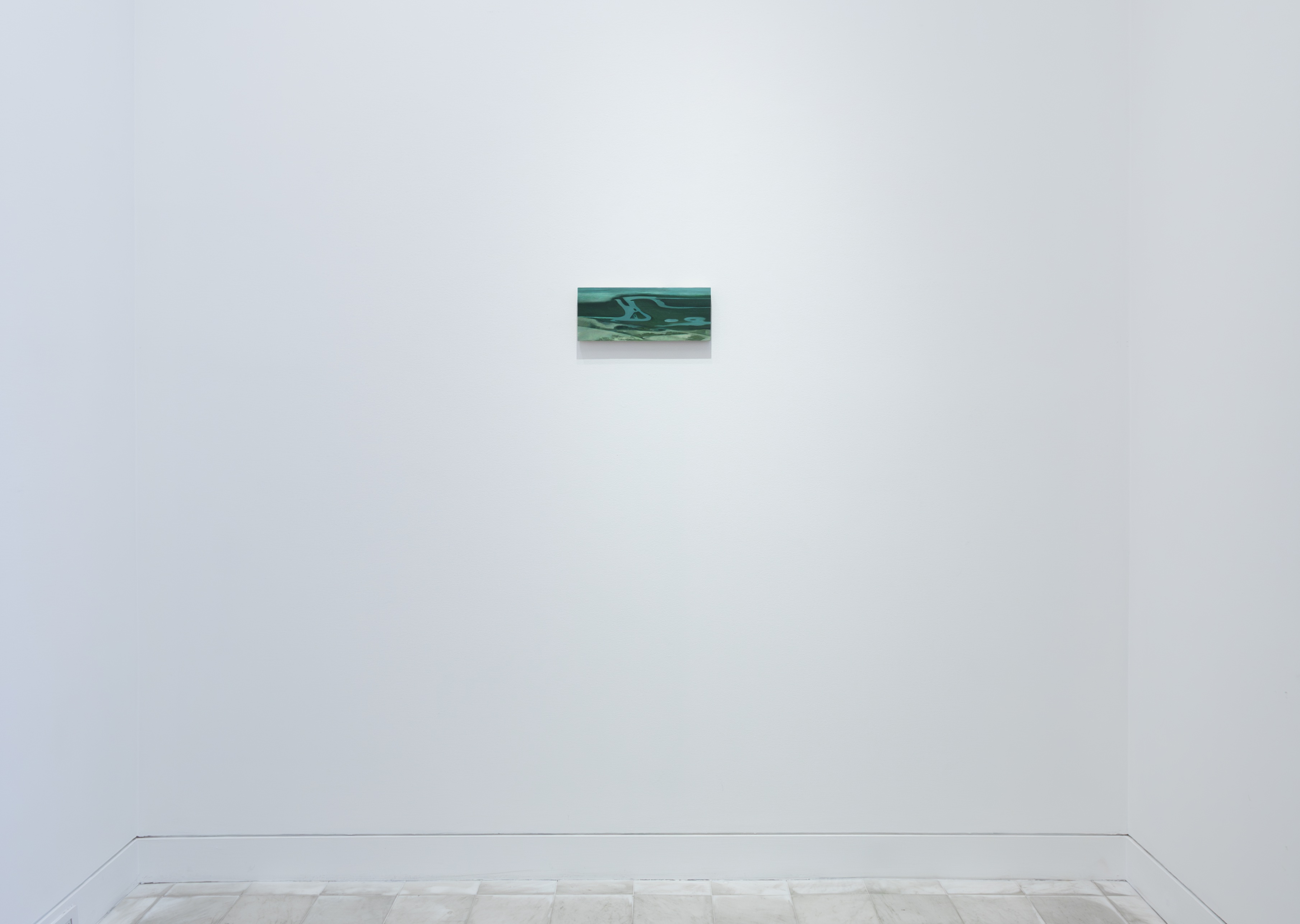
Installation view, “Brook Hsu: The Oklahoma Nature Theater”, Gladstone Gallery, New York, 2024. Photography by David Regen. Image courtesy of Gladstone Gallery.
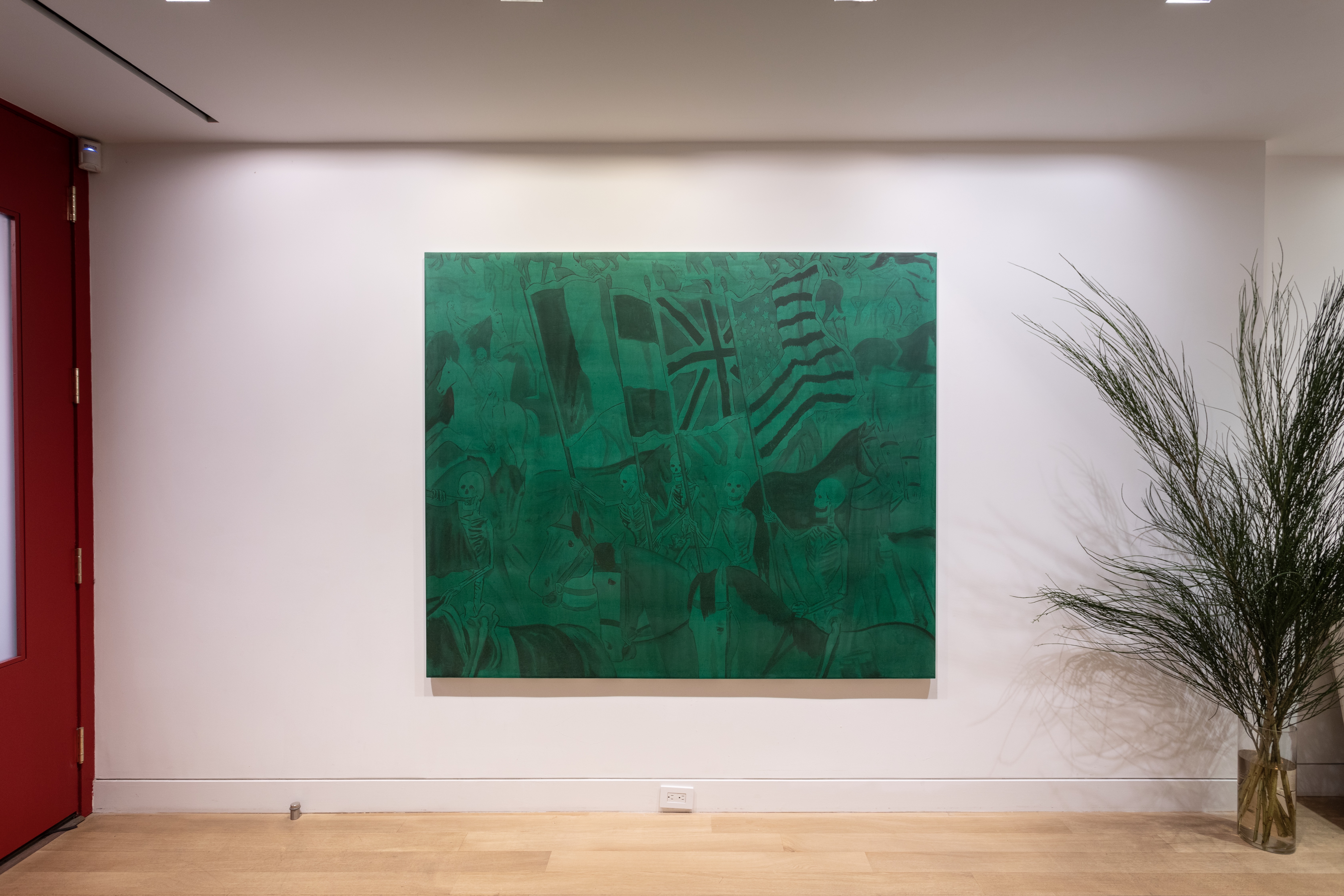
Installation view, “Brook Hsu: The Oklahoma Nature Theater”, Gladstone Gallery, New York, 2024. Photography by David Regen. Image courtesy of Gladstone Gallery.
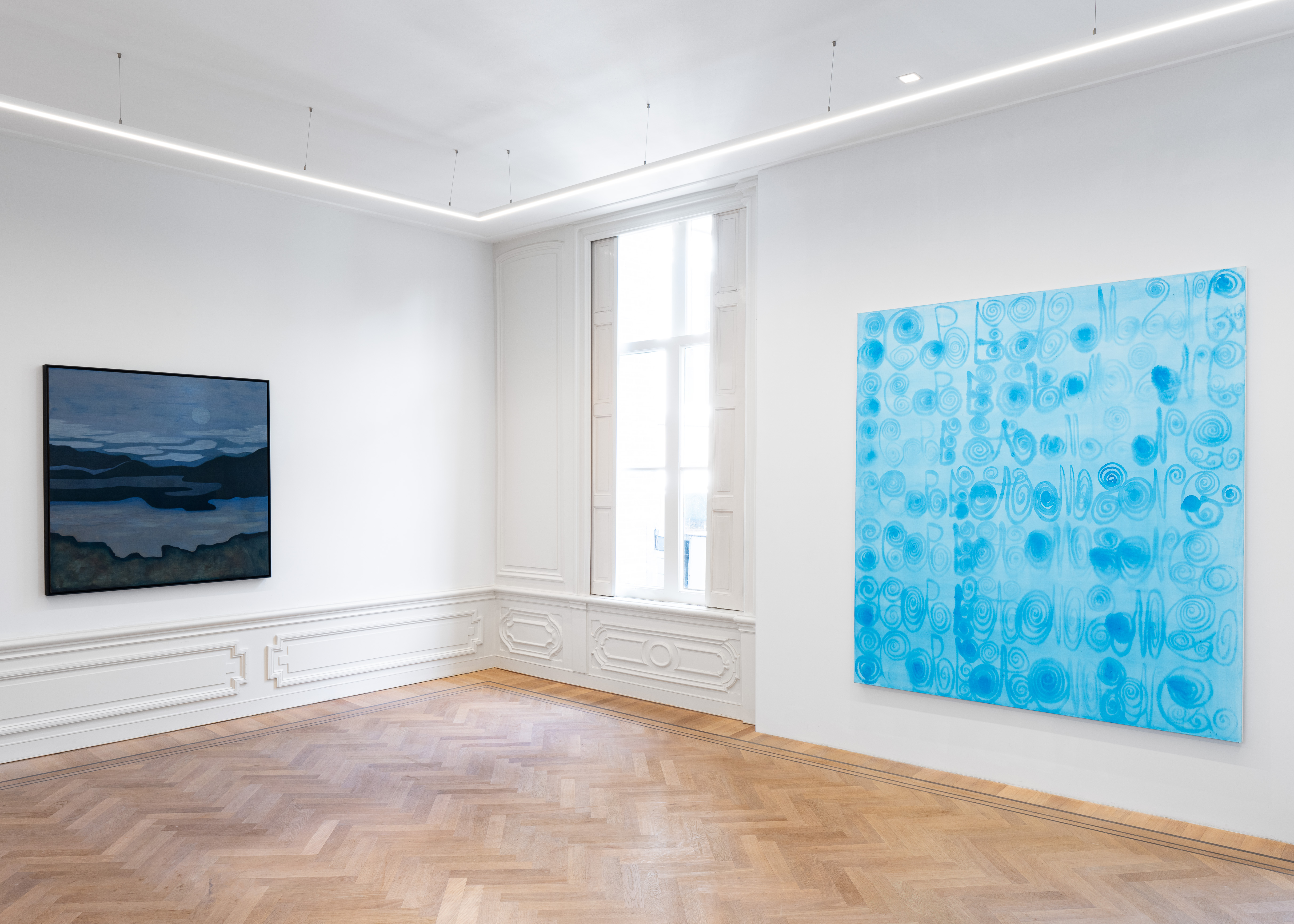
Installation view, “Swimming”, Grimm, Amsterdam, Netherlands, 2024.
Photo by Jonathan de Waart.
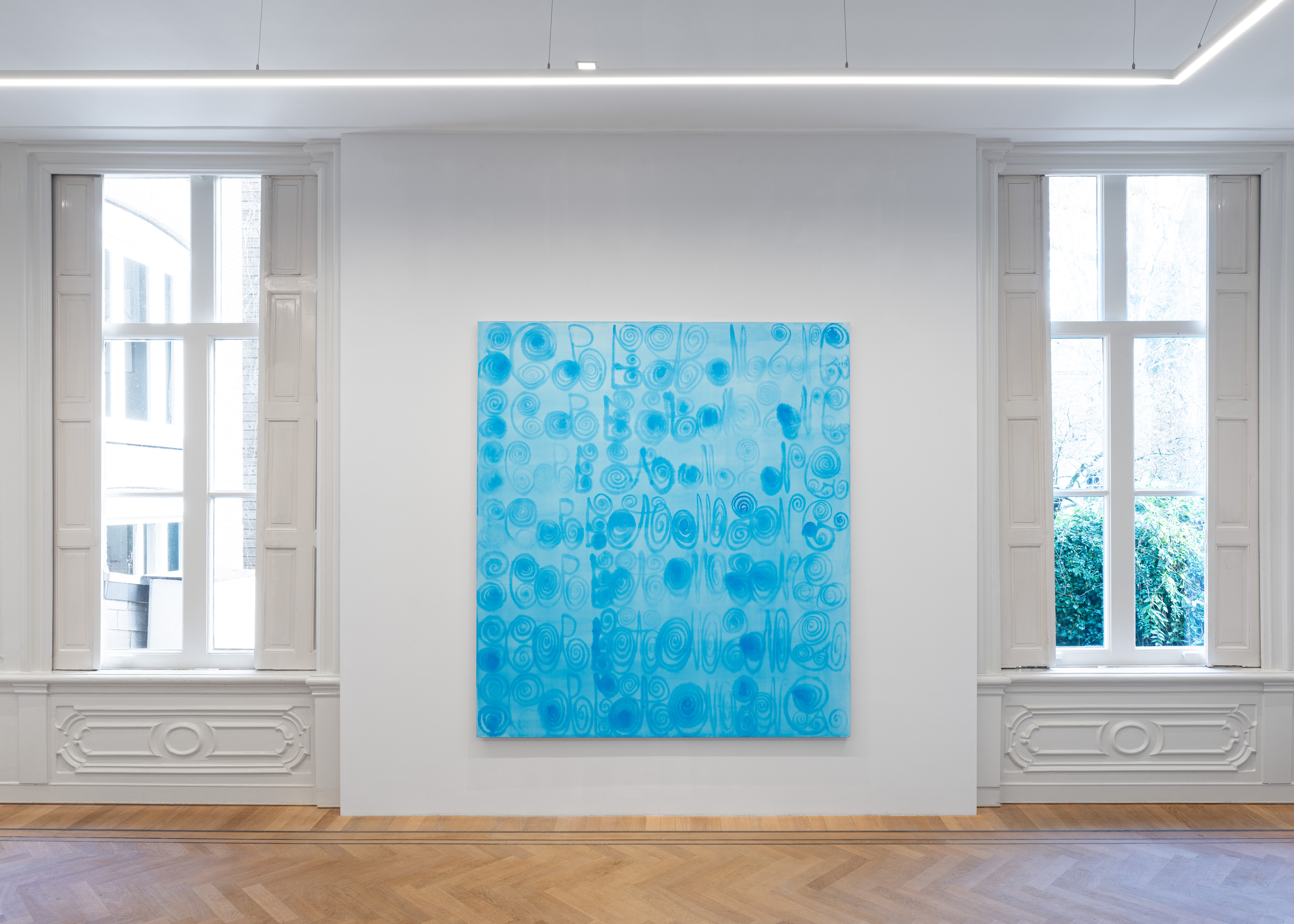
Ink on canvas
200 x 180 cm
Photo by Jonathan de Waart.
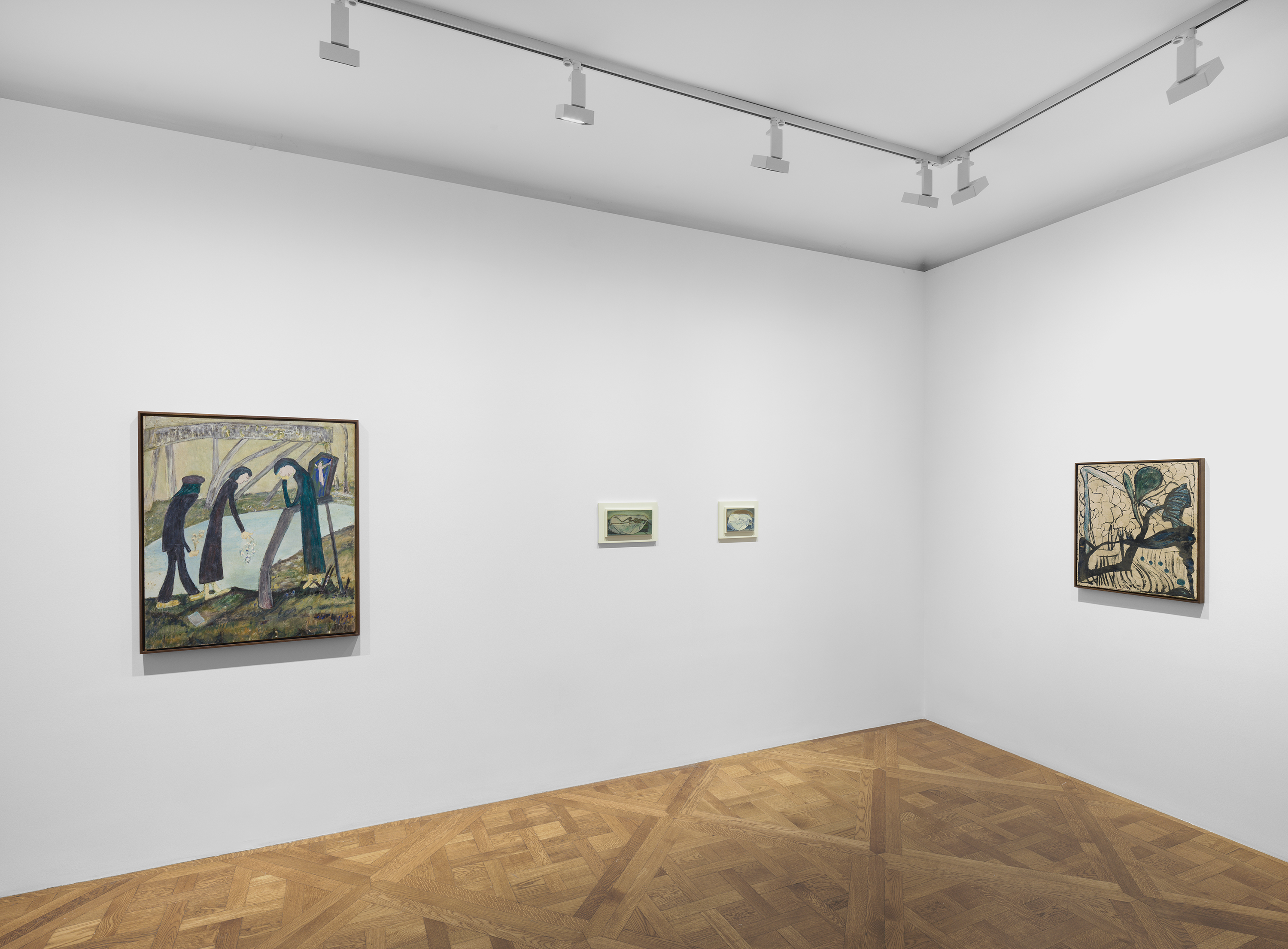
Installation views, Jon Serl: No straight lines, David Zwirner, New York, 2024.
Photo by Chase Barnes. Image Courtesy of David Zwirner.
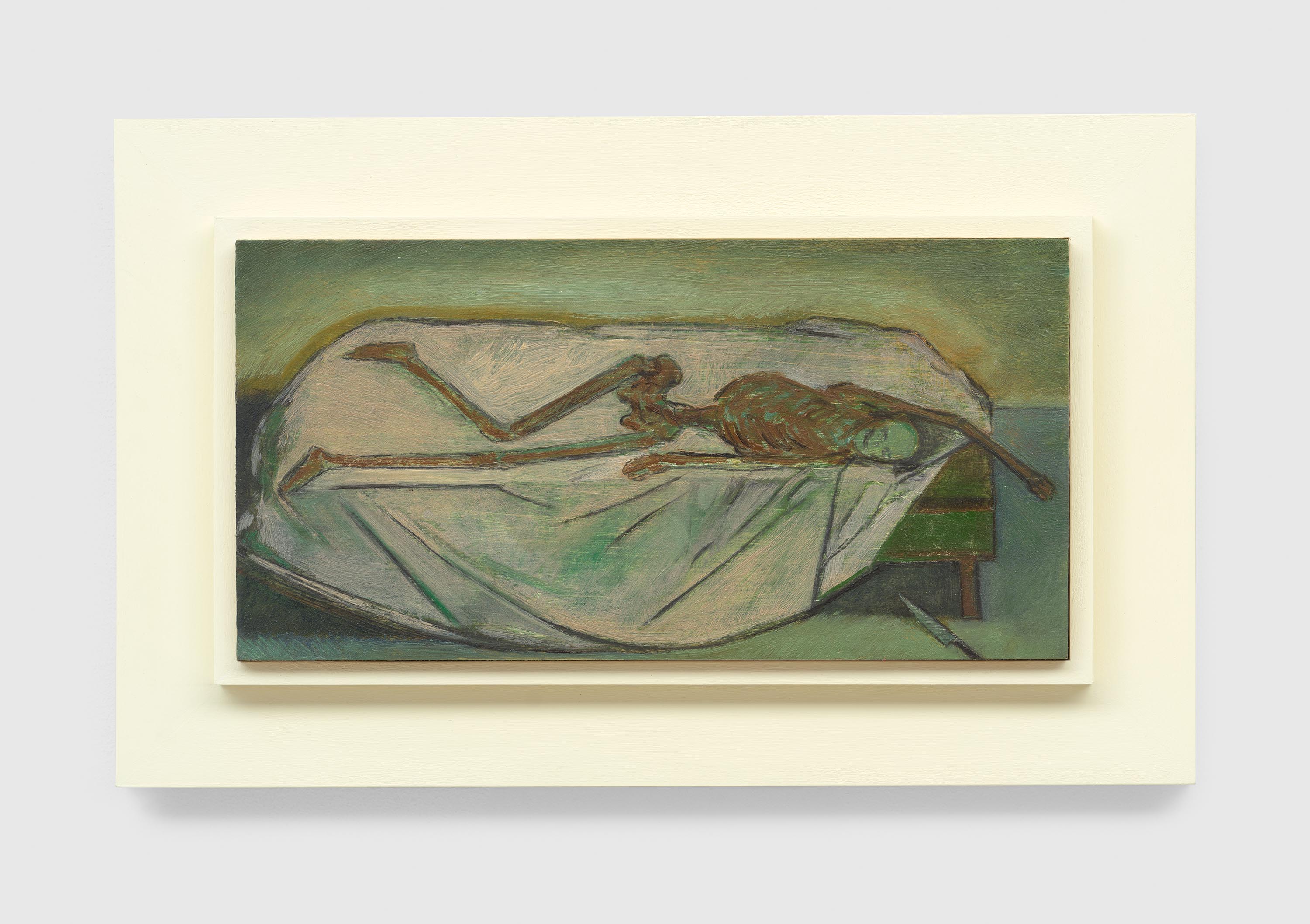
Oil and pencil on wood
13.97 x 27.94 cm
Framed size:22.5 x 36.5 cm
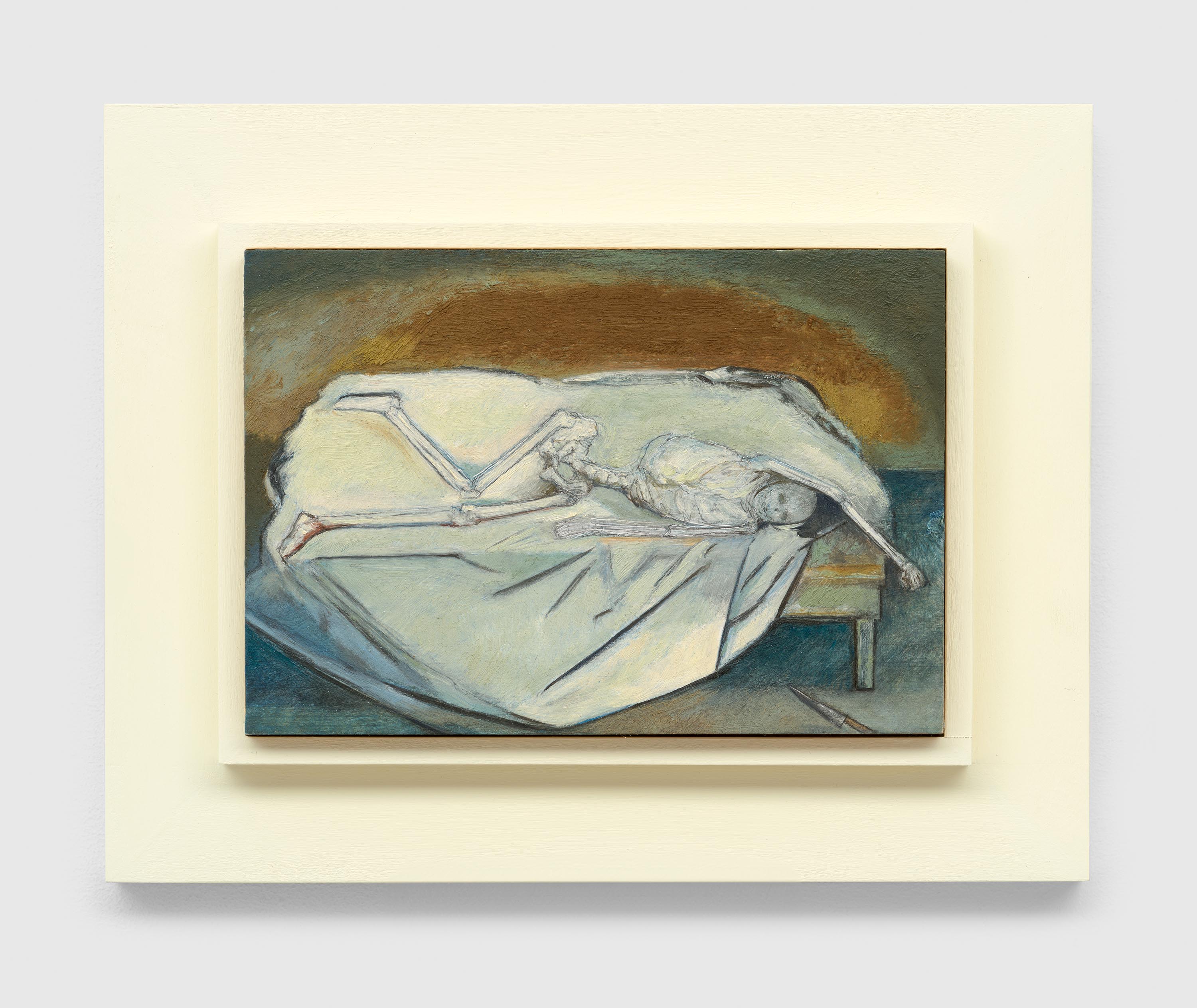
13.97 x 20.32 cm
Framed size: 22.5 x 28.9 cm
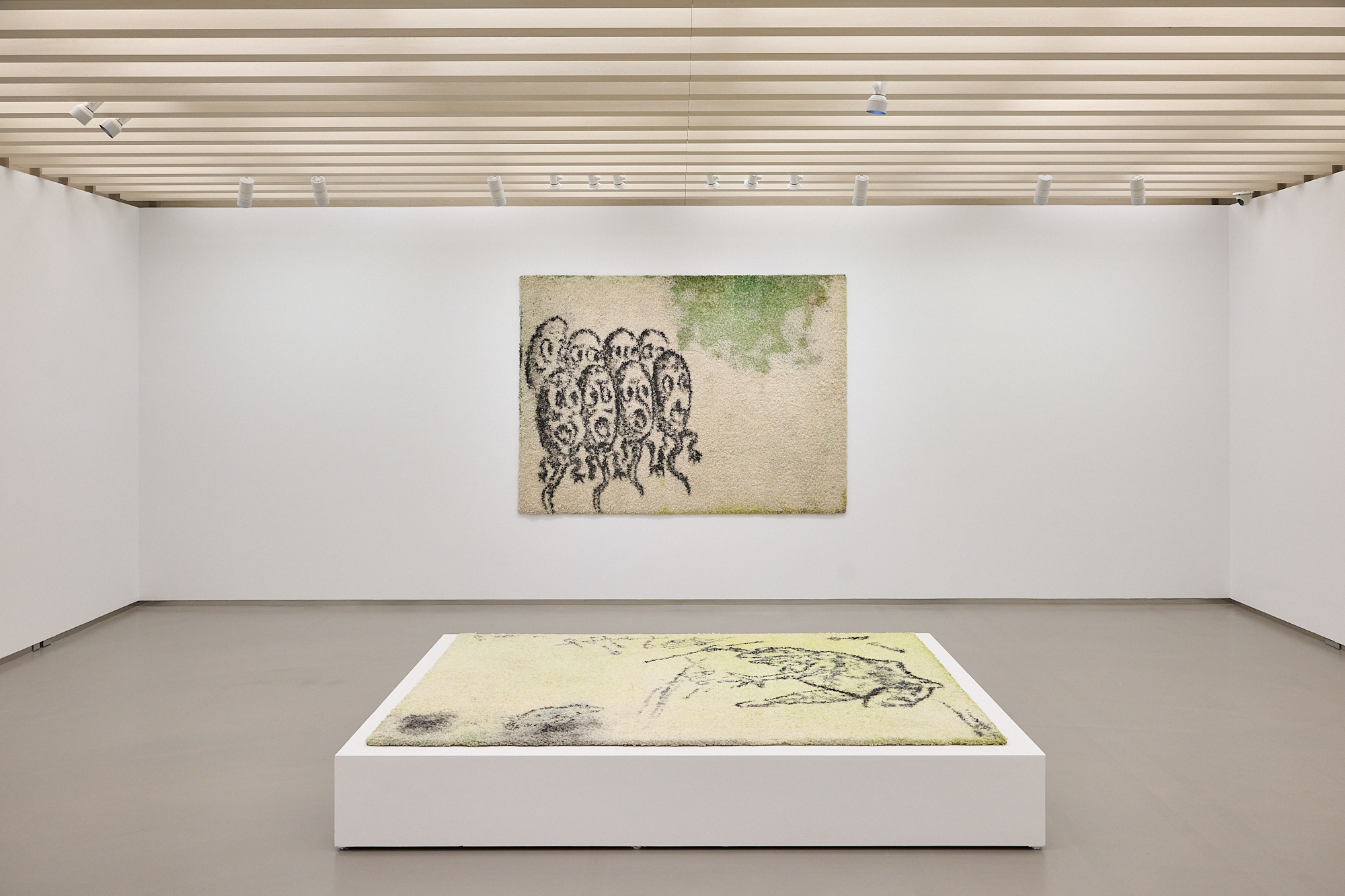
Installation view, Symbiotic Longing, TAO ART, Taipei City, 2024.
Image courtesy of TAO ART, photo by Chen You-Wei.
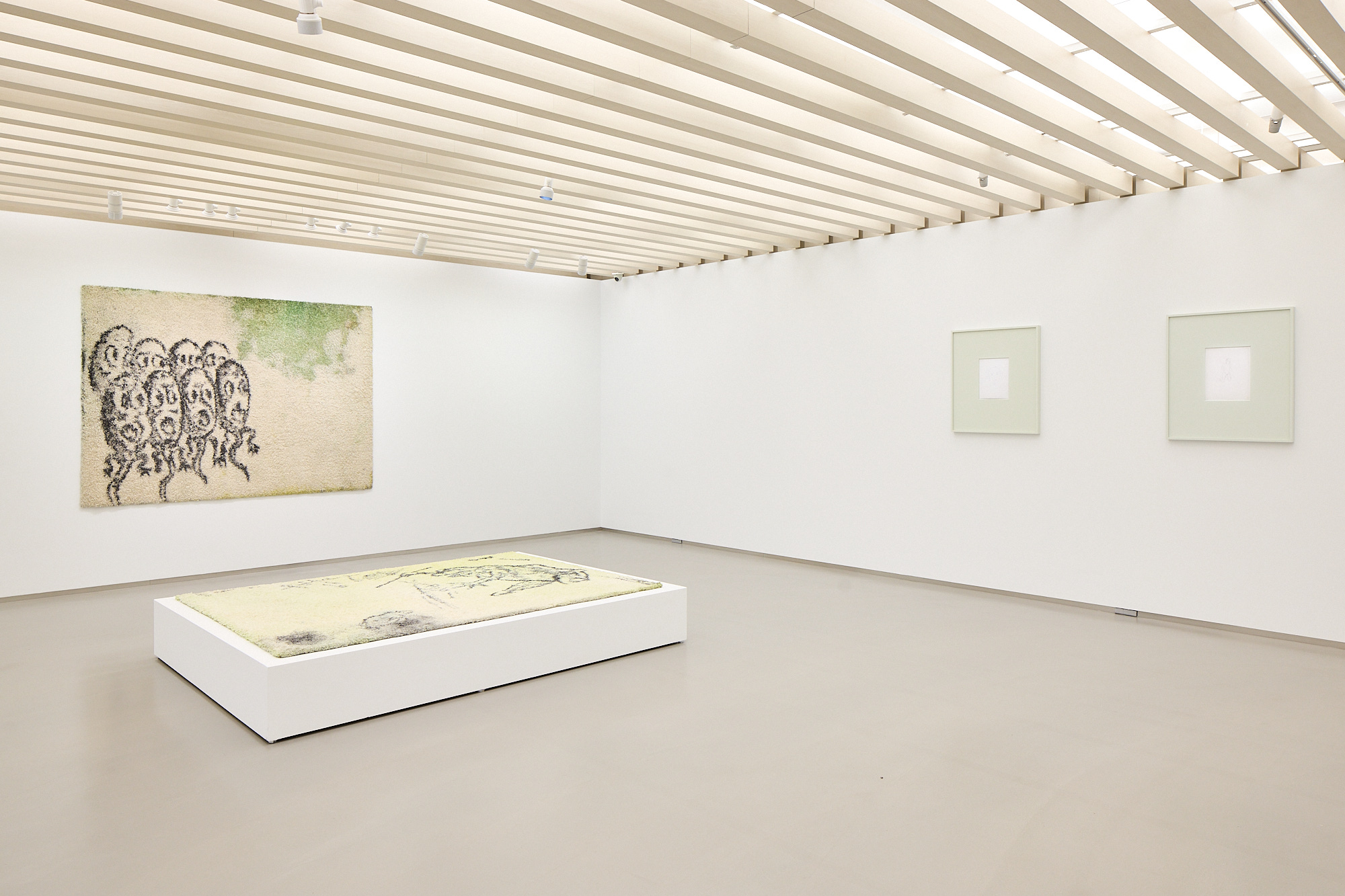
Installation view, Symbiotic Longing, TAO ART, Taipei City, 2024.
Image courtesy of TAO ART, photo by Chen You-Wei.
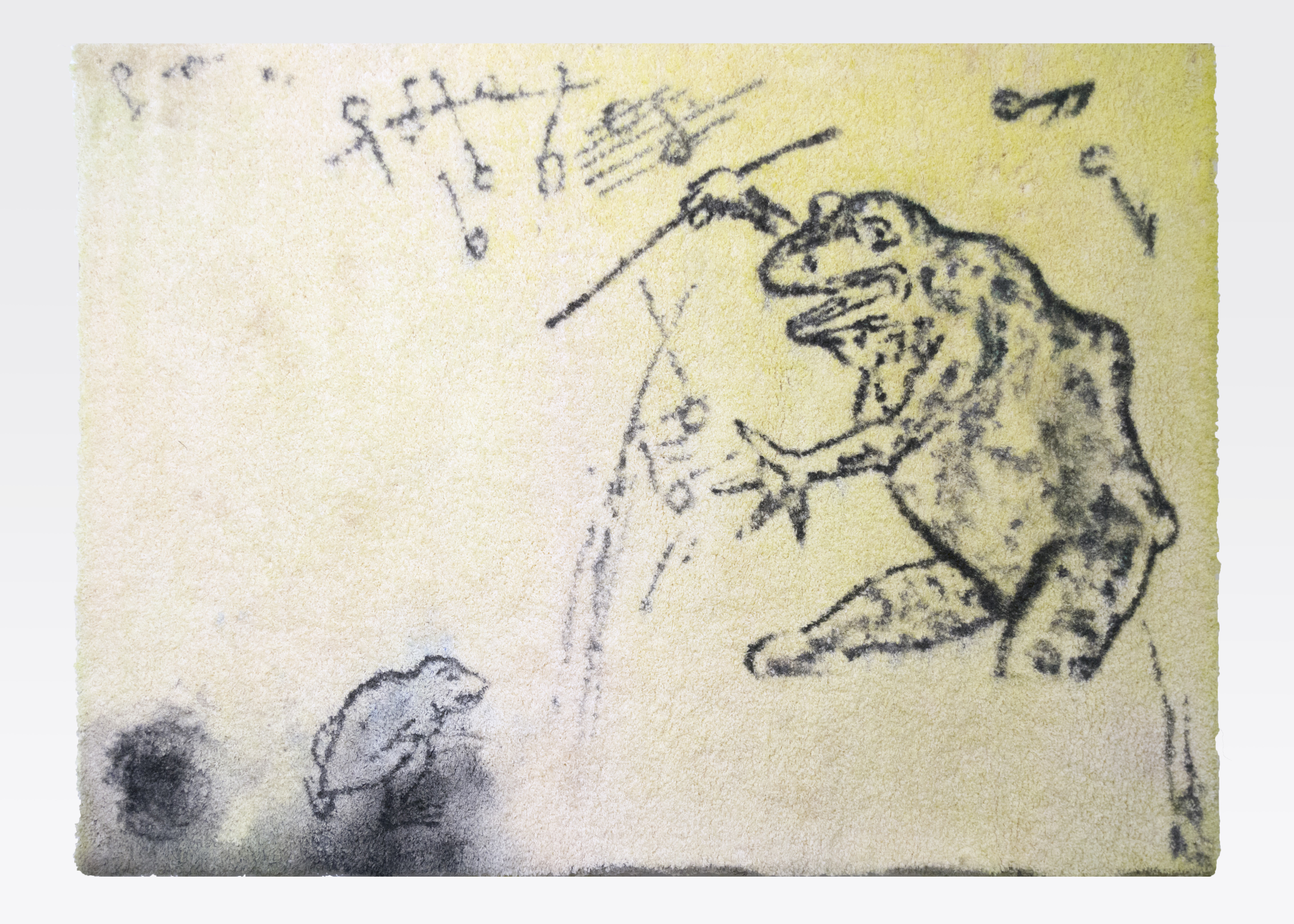
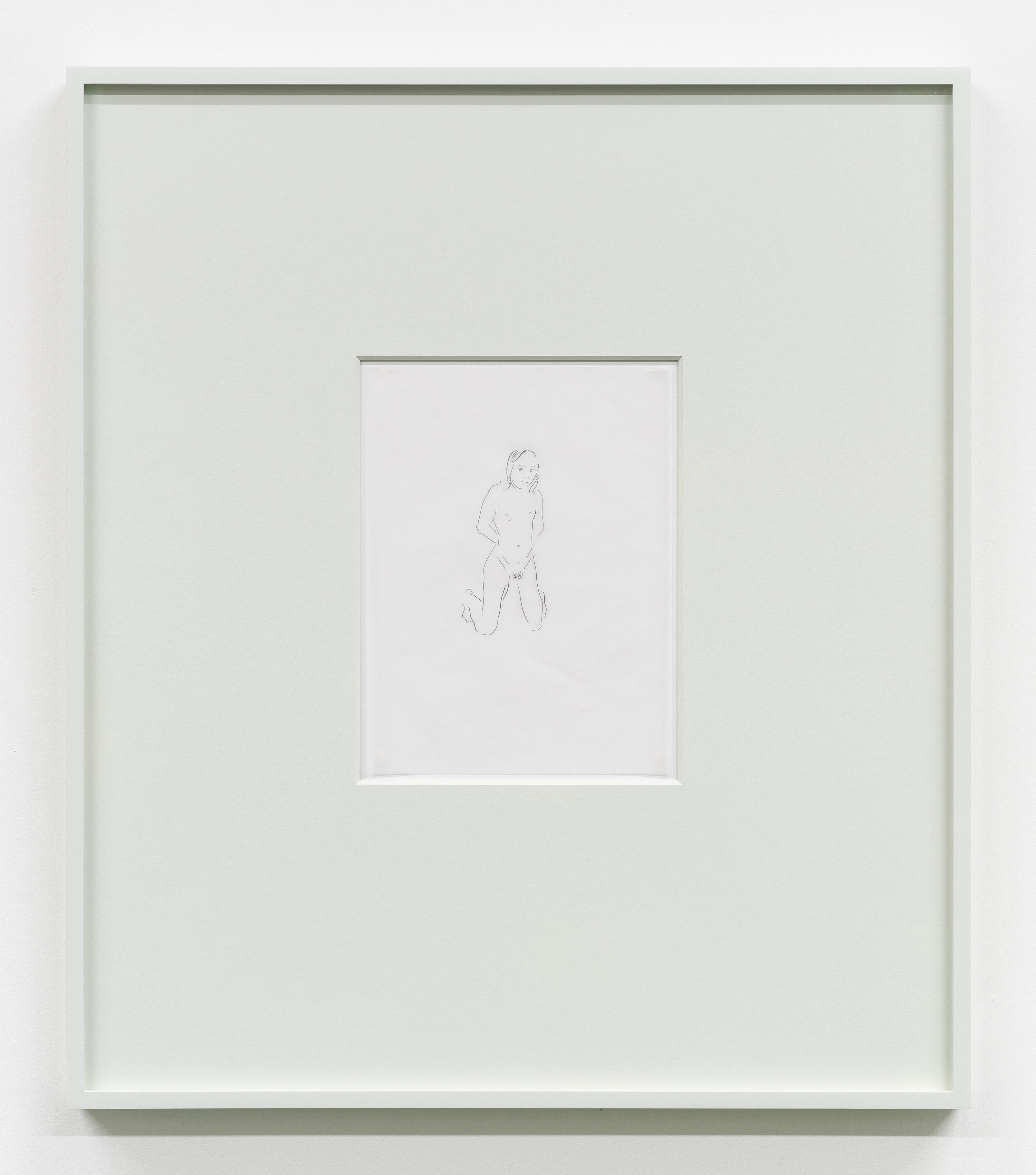
framed: 77.2 x 67 cm
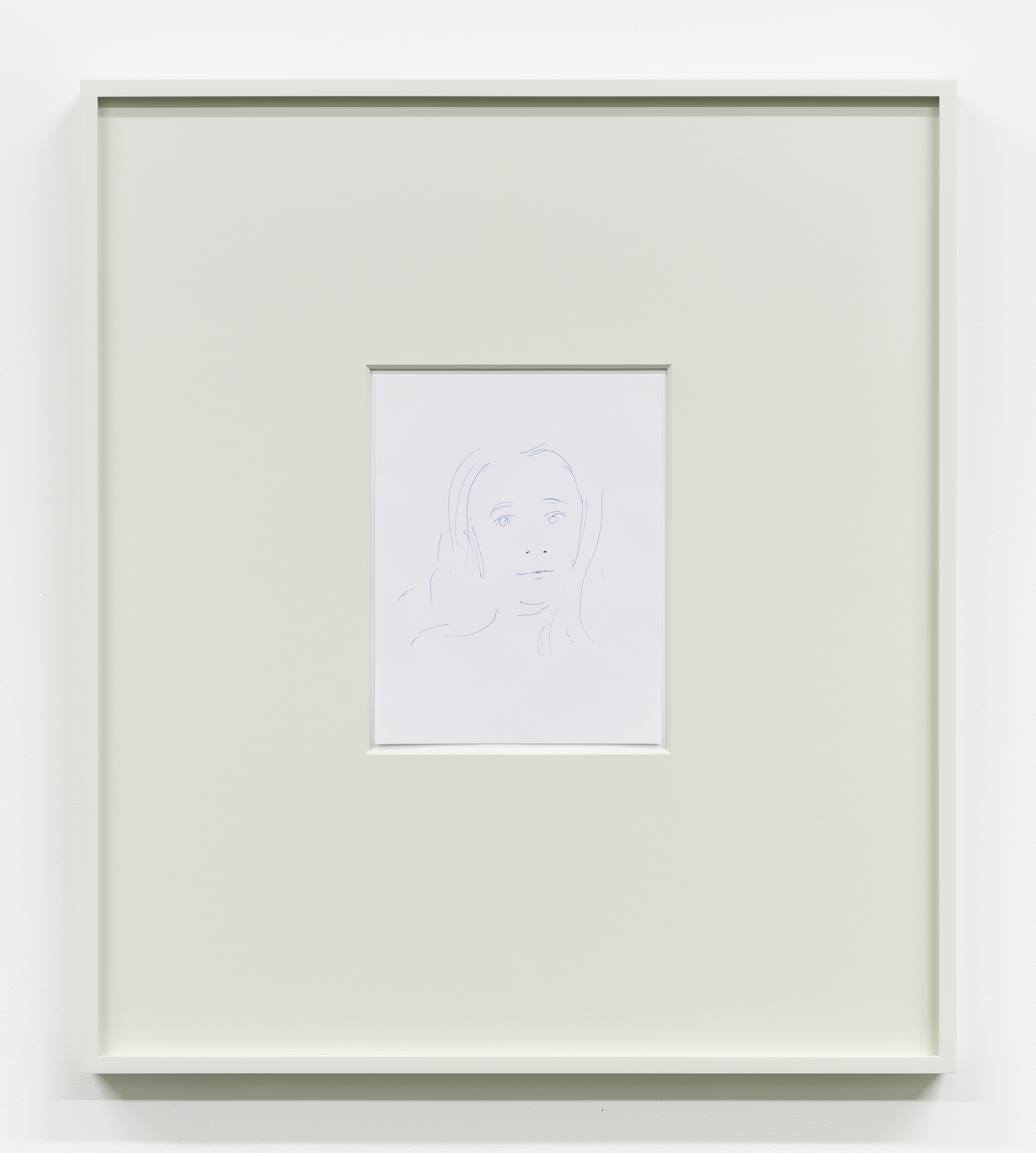
framed: 74.5 x 65.7 cm
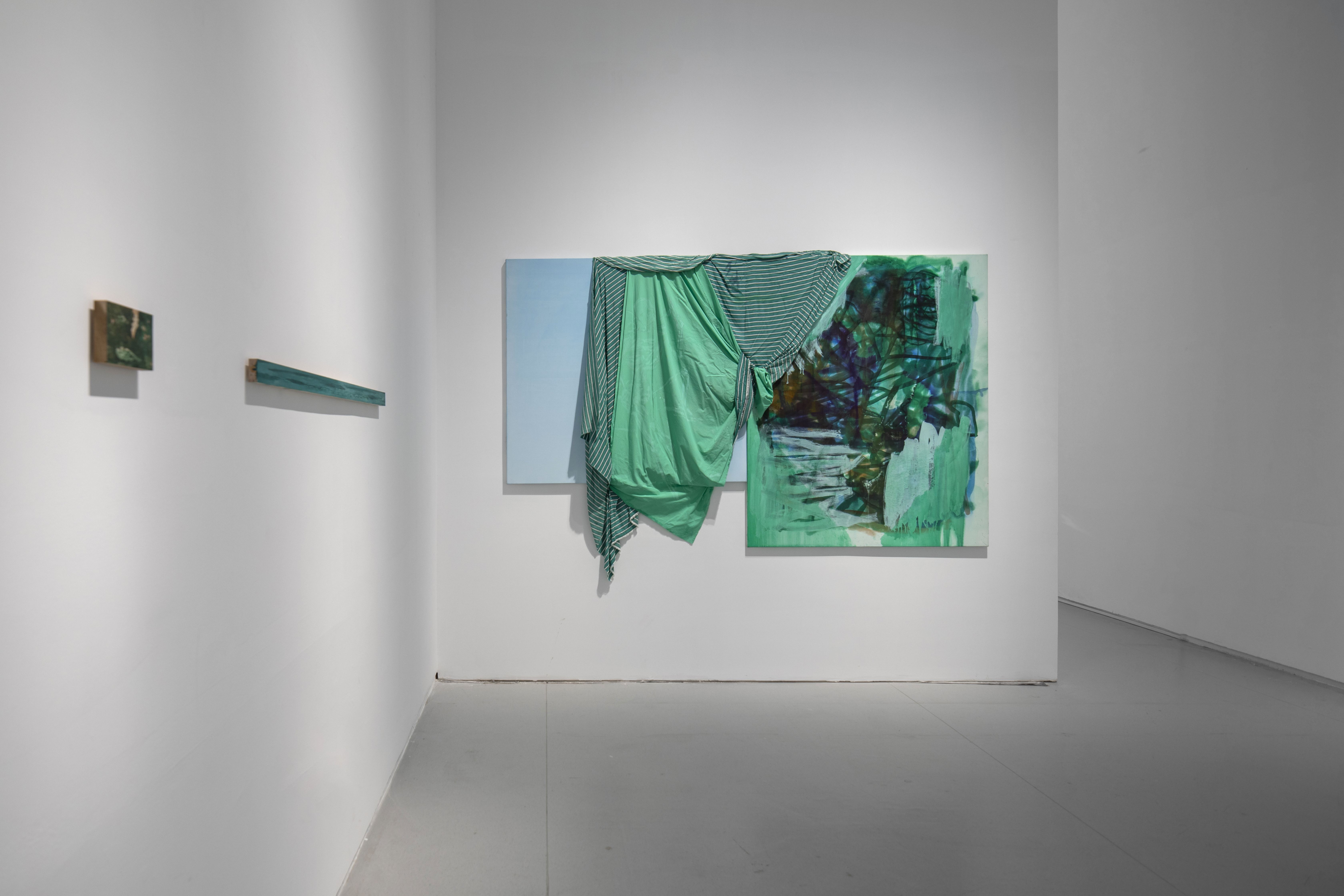
Installation view, Cosmos Cinema, the 14th Shanghai Biennale, 2023.
Courtesy of the Power Station of Art.
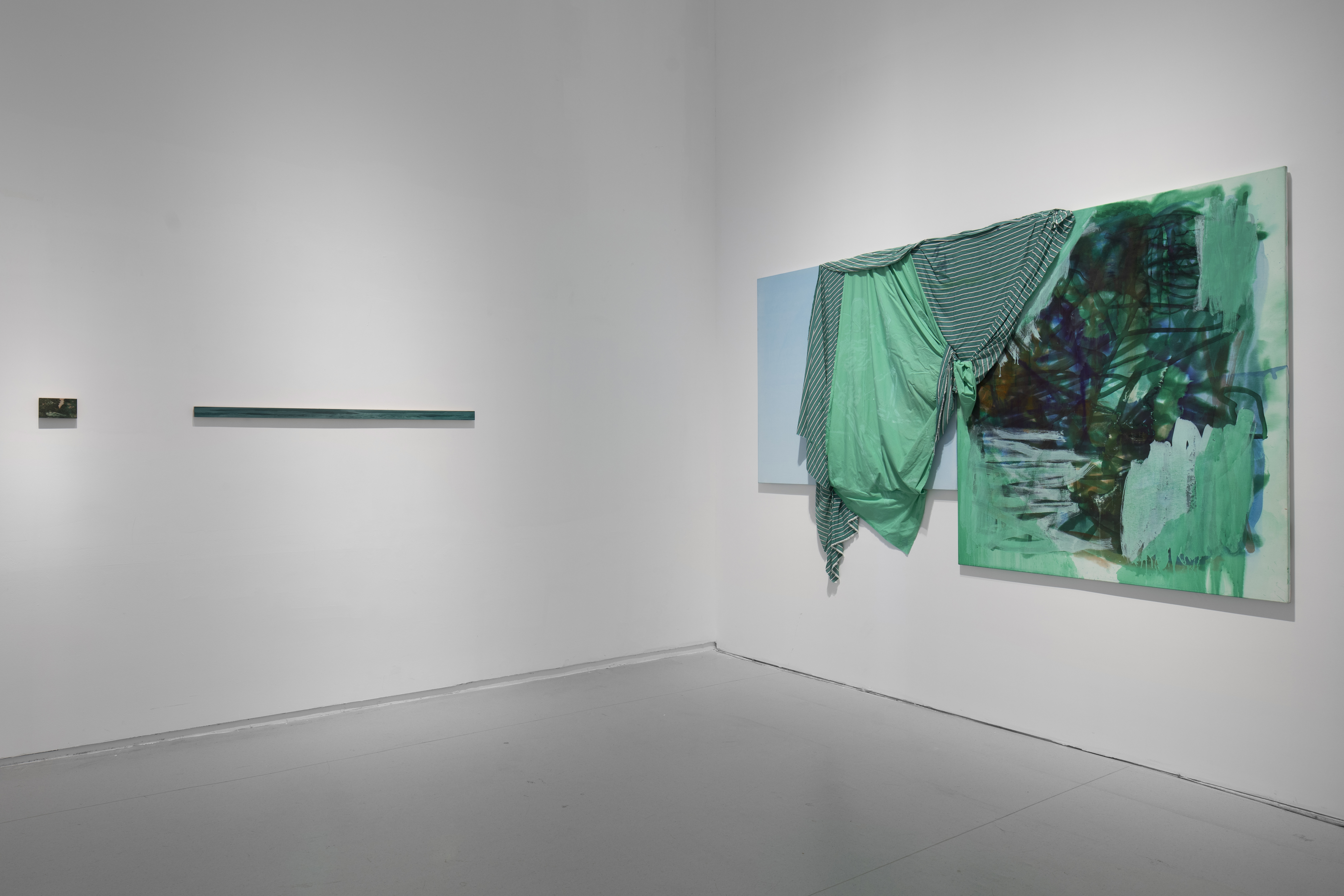
Installation view, Cosmos Cinema, the 14th Shanghai Biennale, 2023.
Courtesy of the Power Station of Art.
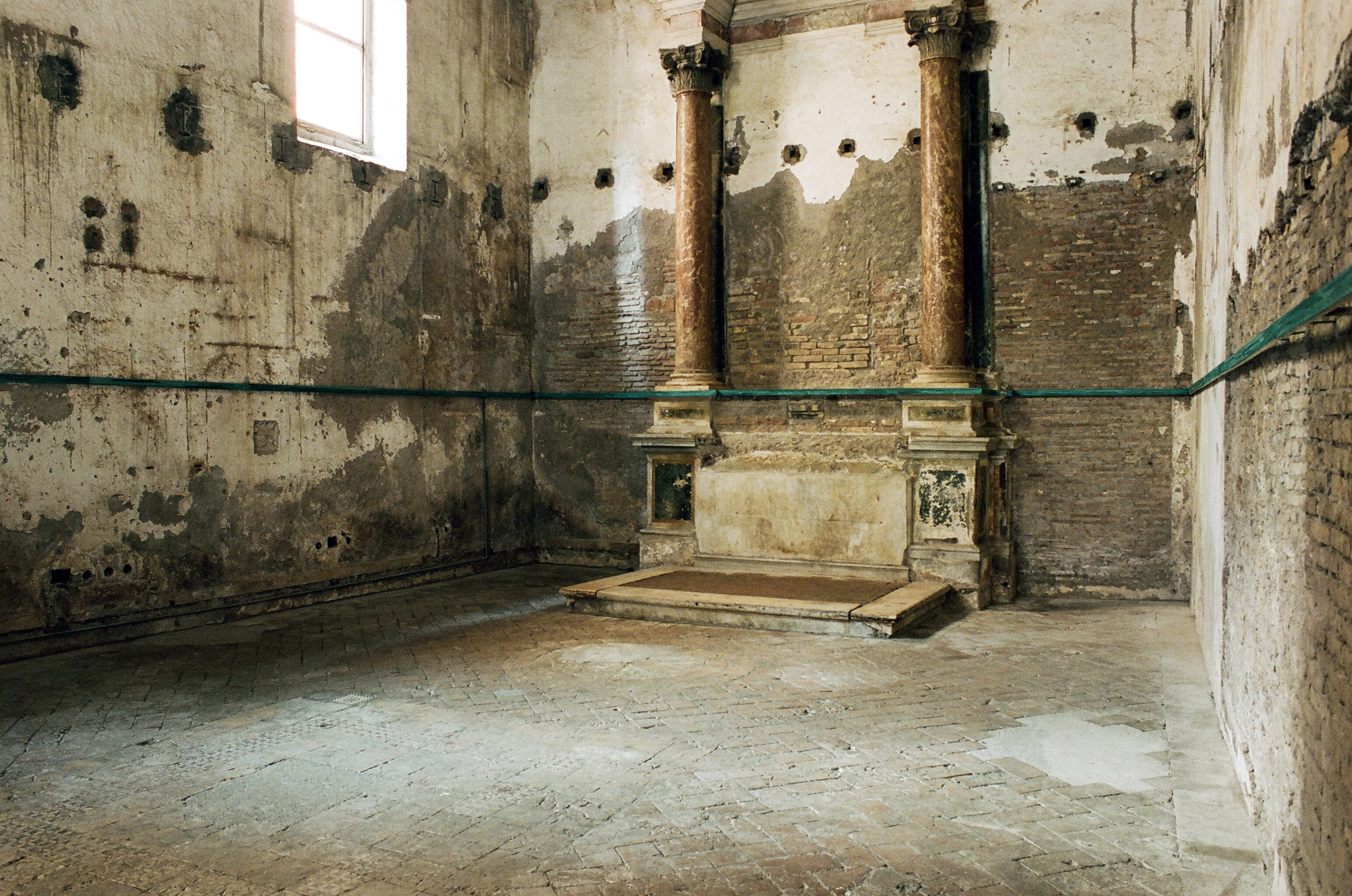
Installation view: Brook Hsu, Sant’Andrea de Scaphis, Rome, 2023.
Courtesy the artist and Sant’Andrea de Scaphis, Rome.
Photo: Valeria Giampietro, Alessandro Cicoria.
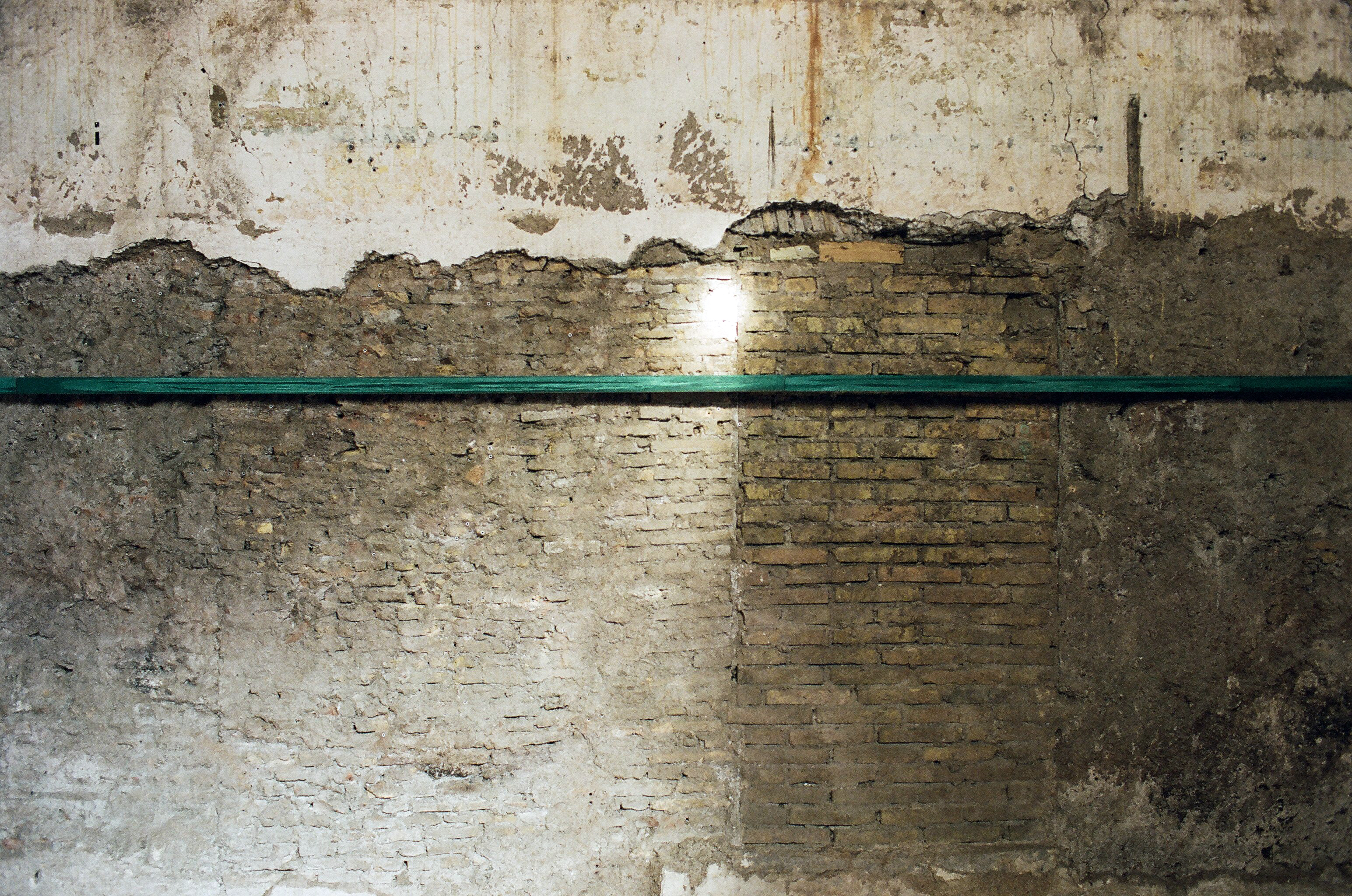
Installation view: Brook Hsu, Sant’Andrea de Scaphis, Rome, 2023.
Courtesy the artist and Sant’Andrea de Scaphis, Rome.
Photo: Valeria Giampietro, Alessandro Cicoria.
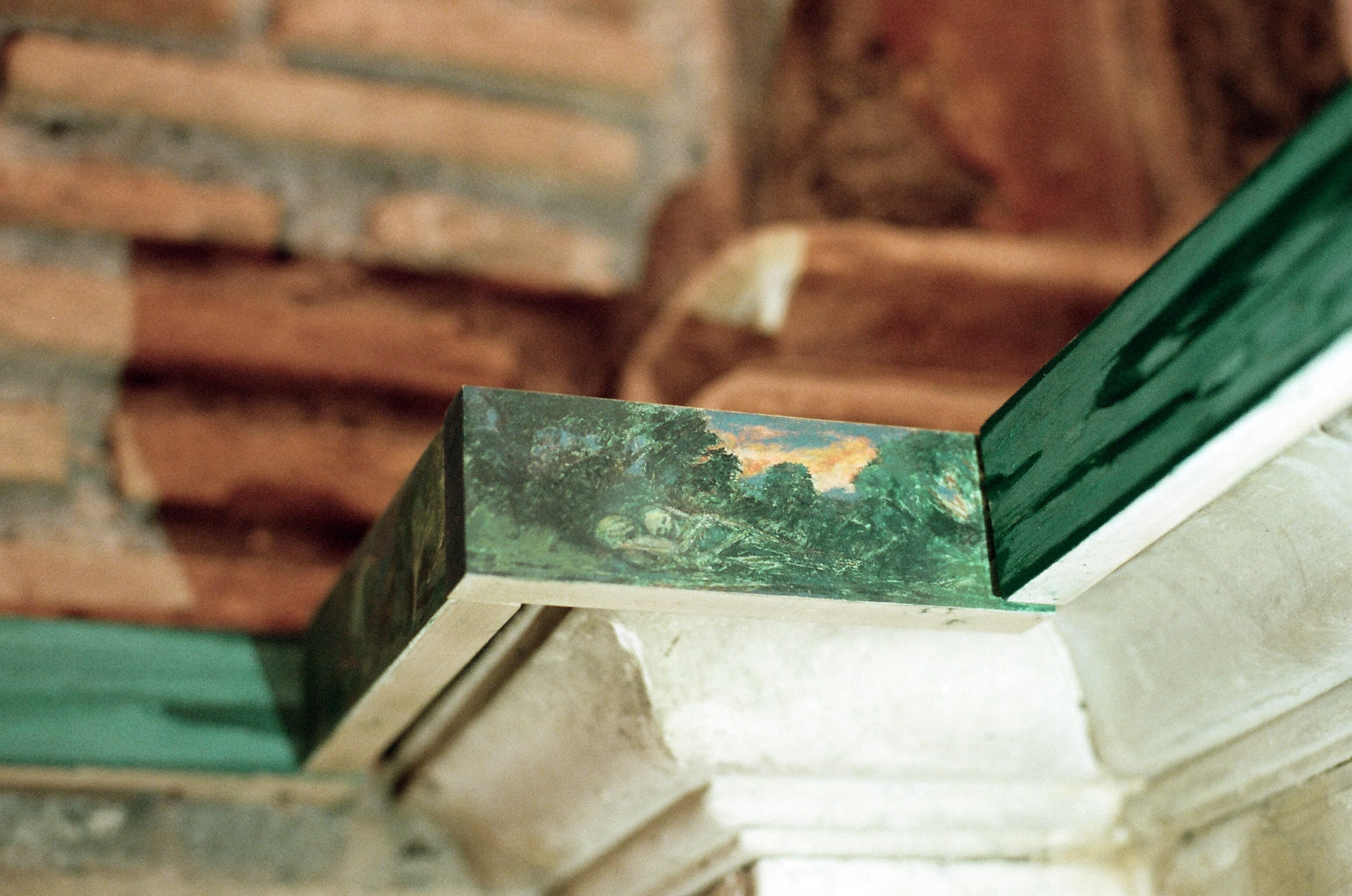
Installation view: Brook Hsu, Sant’Andrea de Scaphis, Rome, 2023.
Courtesy the artist and Sant’Andrea de Scaphis, Rome.
Photo: Valeria Giampietro, Alessandro Cicoria.
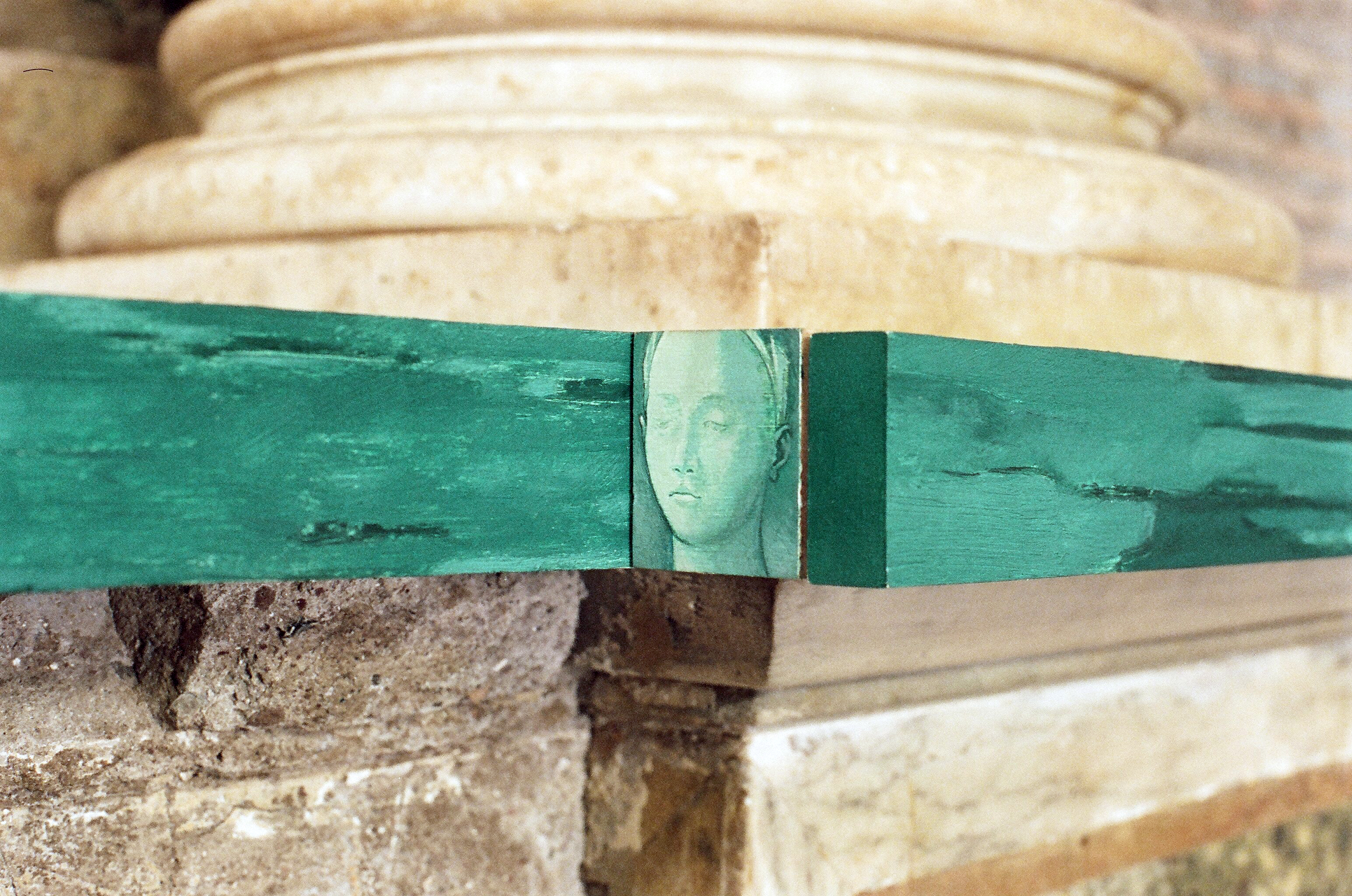
Installation view: Brook Hsu, Sant’Andrea de Scaphis, Rome, 2023.
Courtesy the artist and Sant’Andrea de Scaphis, Rome.
Photo: Valeria Giampietro, Alessandro Cicoria.
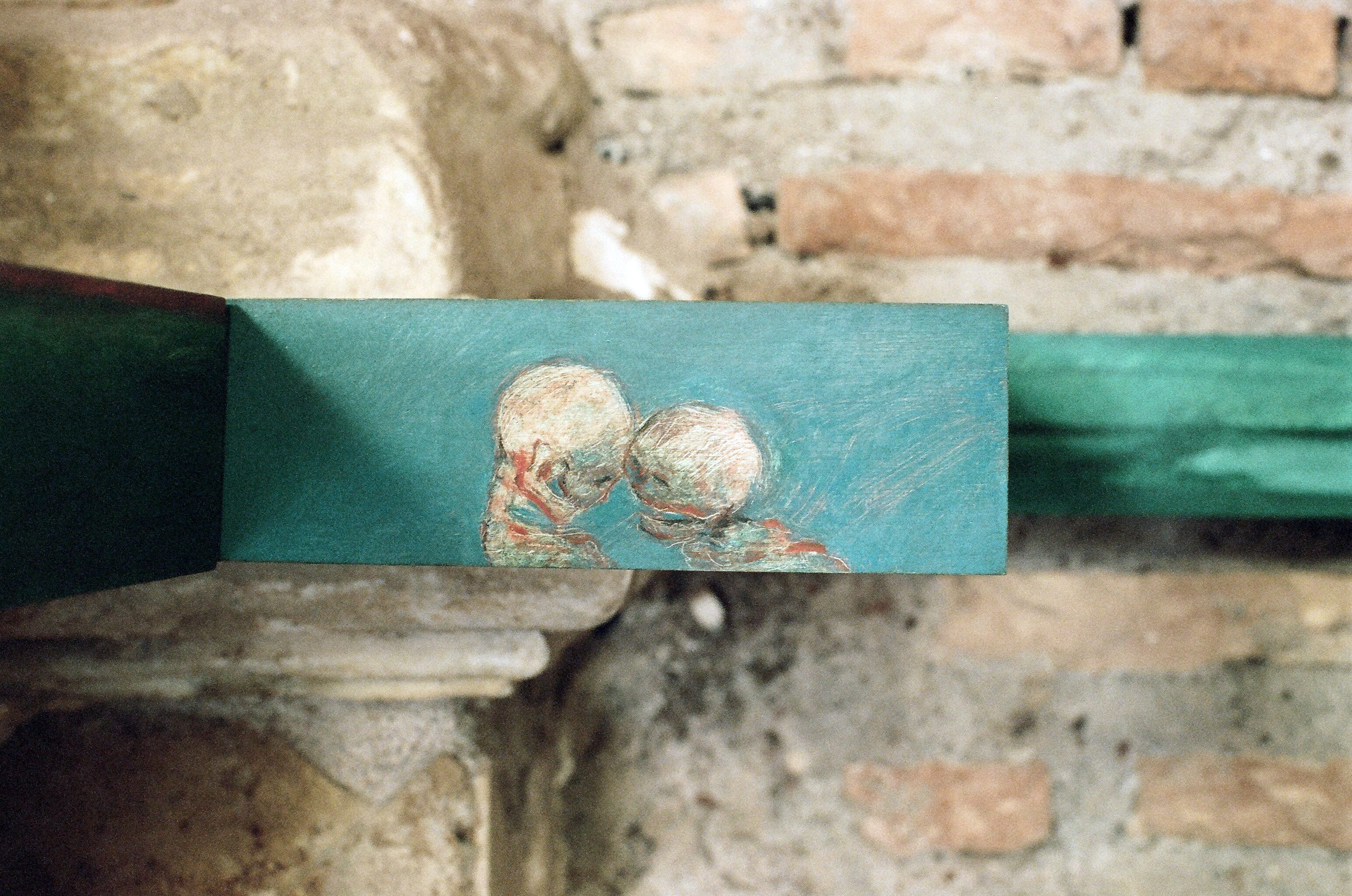
Installation view: Brook Hsu, Sant’Andrea de Scaphis, Rome, 2023.
Courtesy the artist and Sant’Andrea de Scaphis, Rome.
Photo: Valeria Giampietro, Alessandro Cicoria.
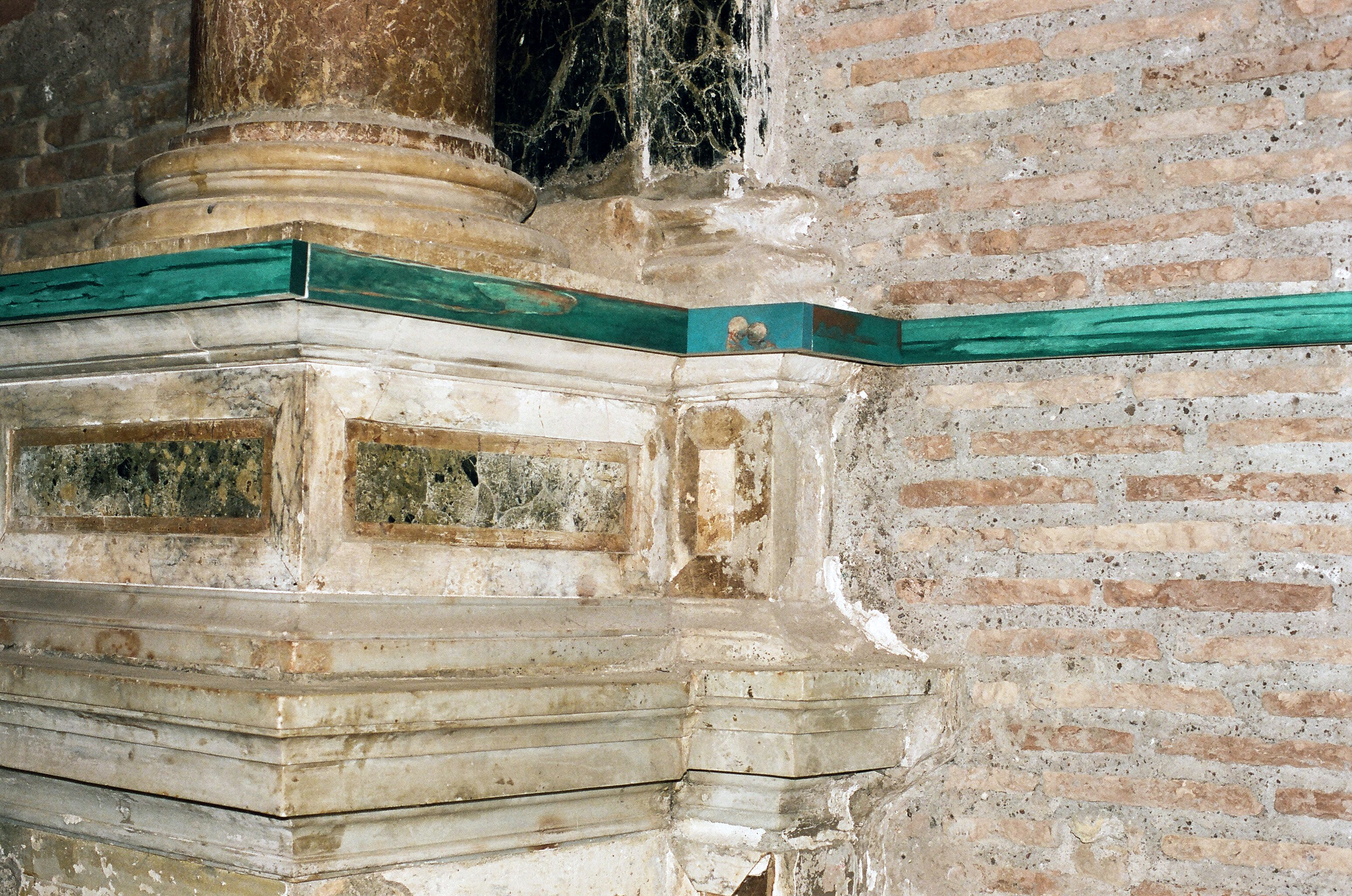
Installation view: Brook Hsu, Sant’Andrea de Scaphis, Rome, 2023.
Courtesy the artist and Sant’Andrea de Scaphis, Rome.
Photo: Valeria Giampietro, Alessandro Cicoria.
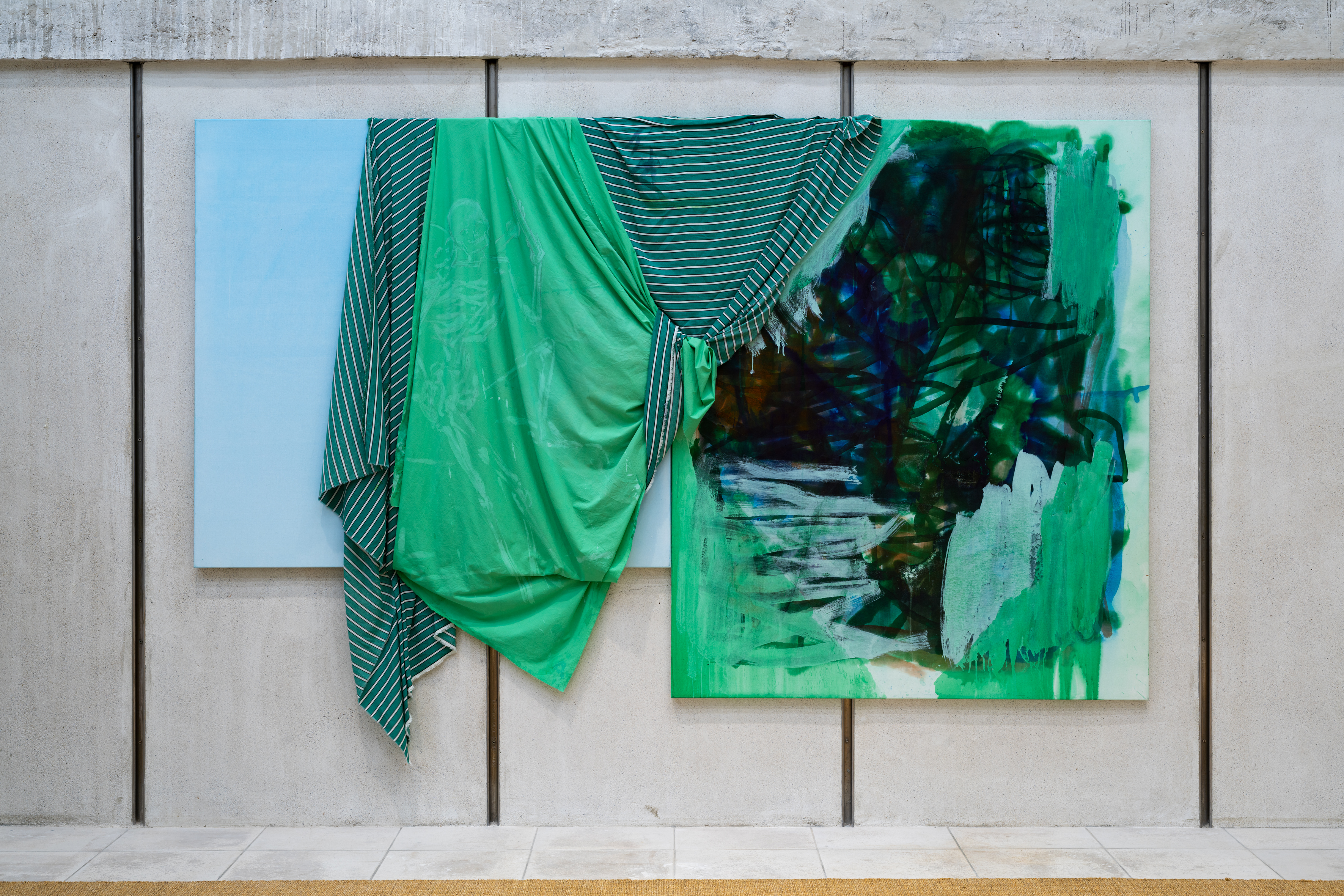
Ink and fabric on canvas
Overall: 170 x 280.6 cm
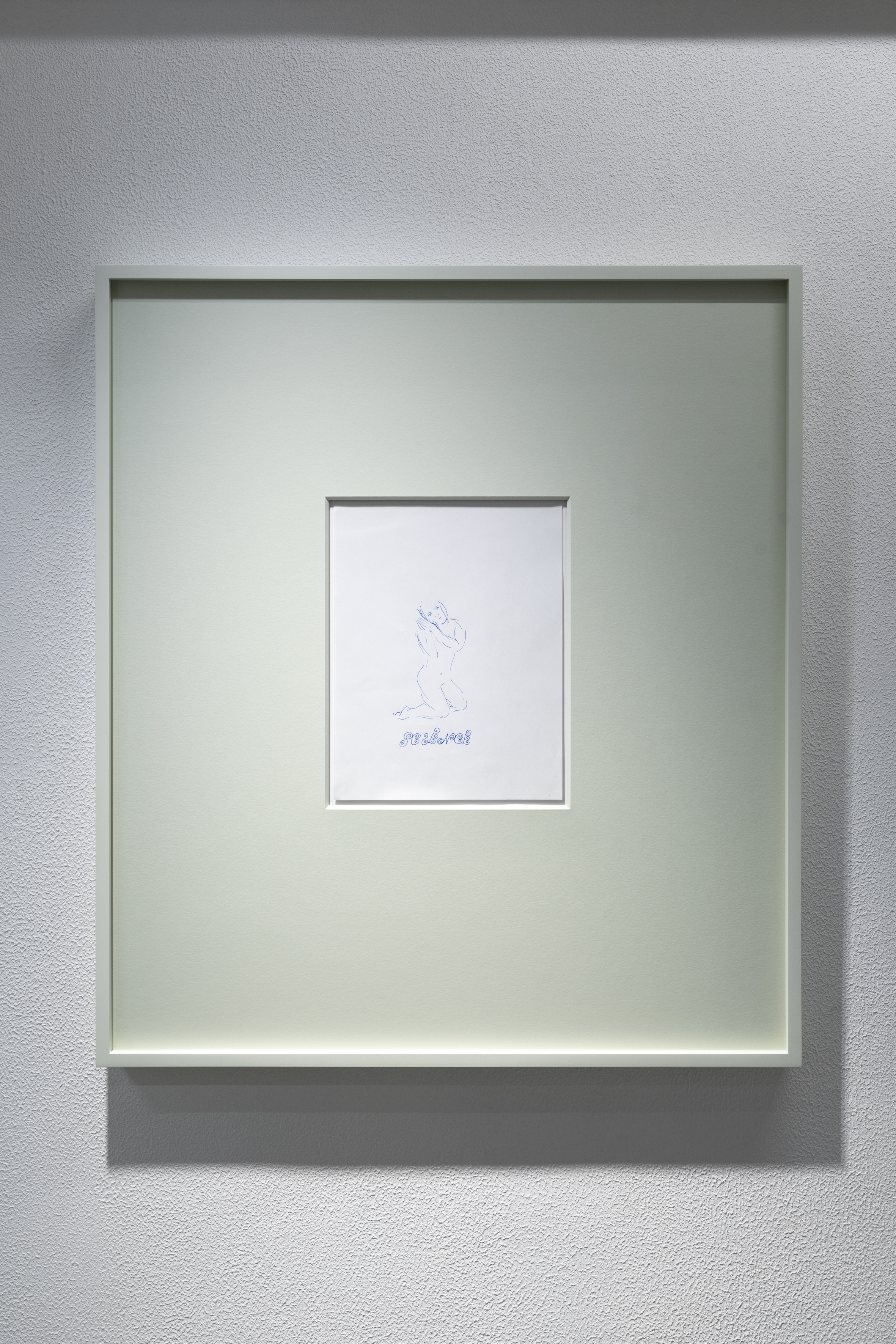
Pen on paper, with artist frame
74.5 x 65.7 cm
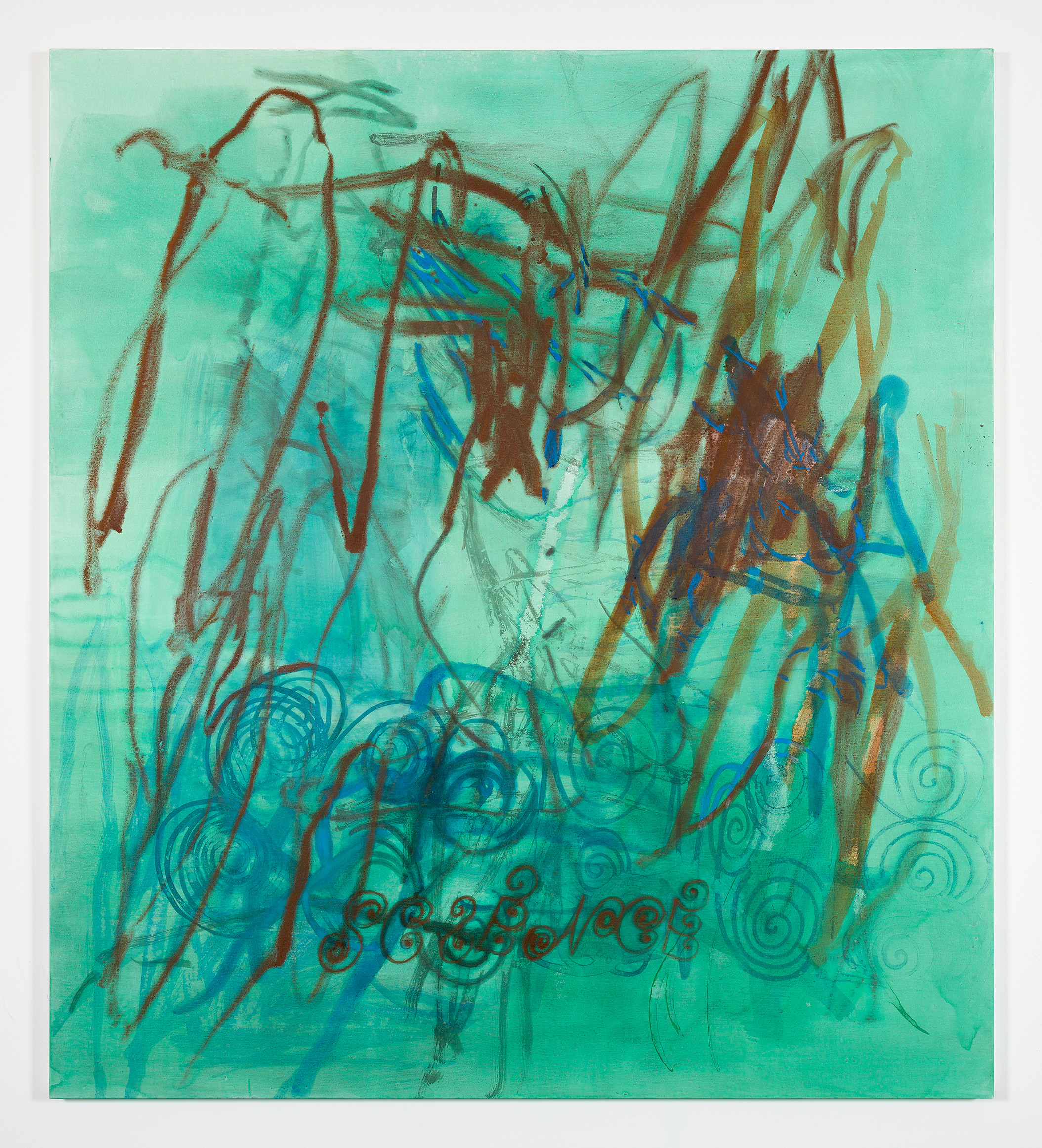
Ink on canvas
200 x 180 cm
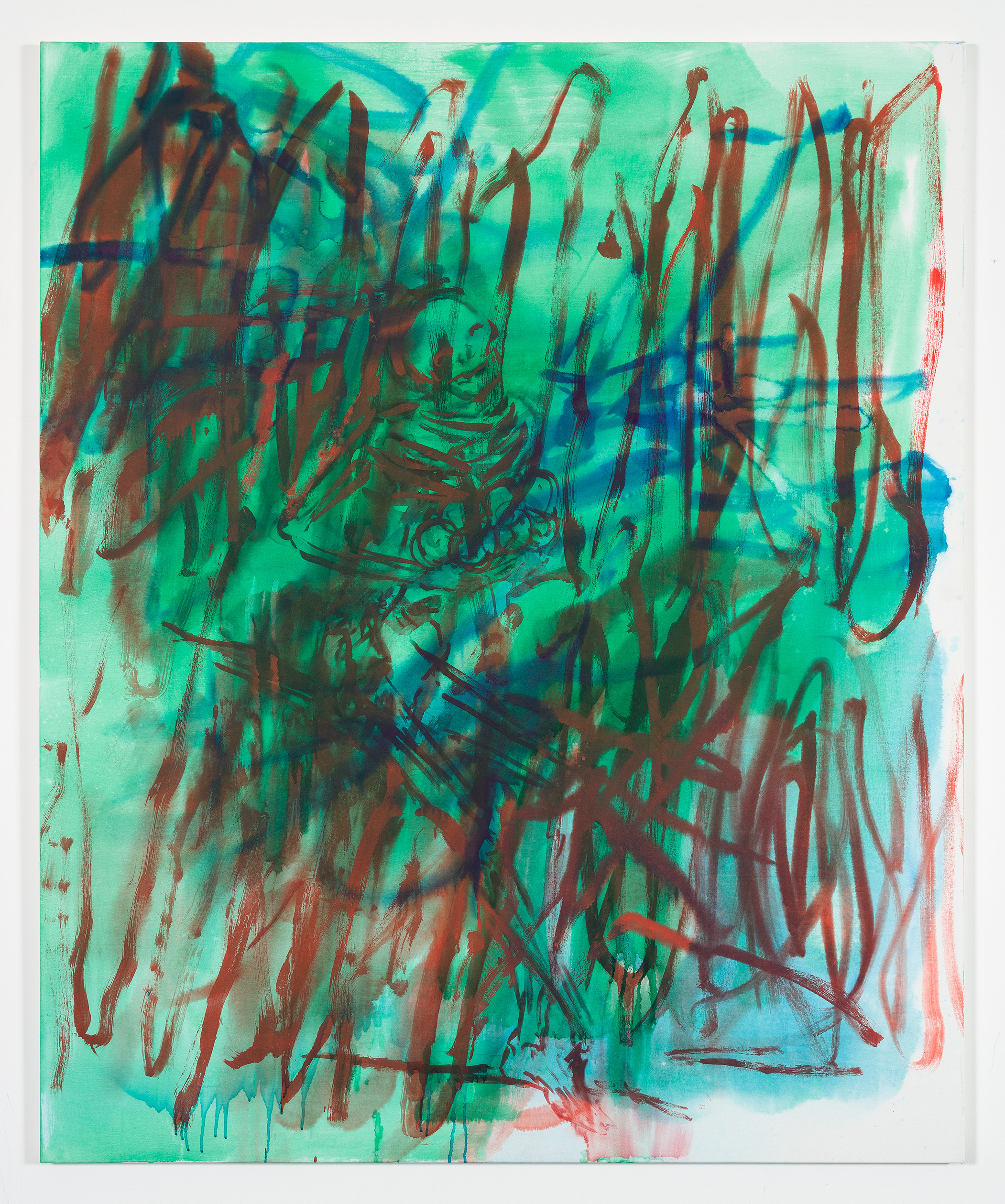
Ink on canvas
170 x 140 cm
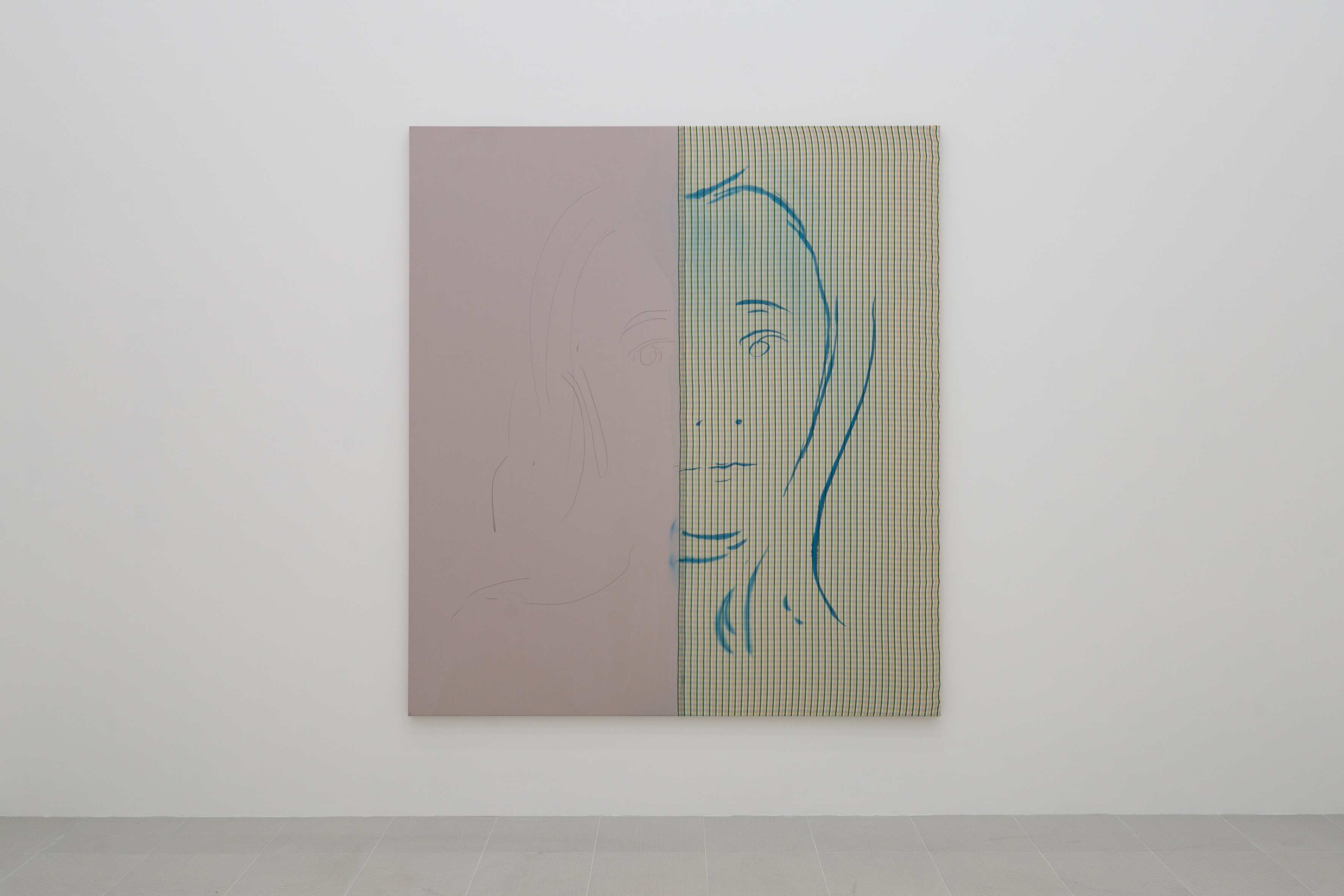
Ink, pencil and fabric on canvas
200 x 180 cm
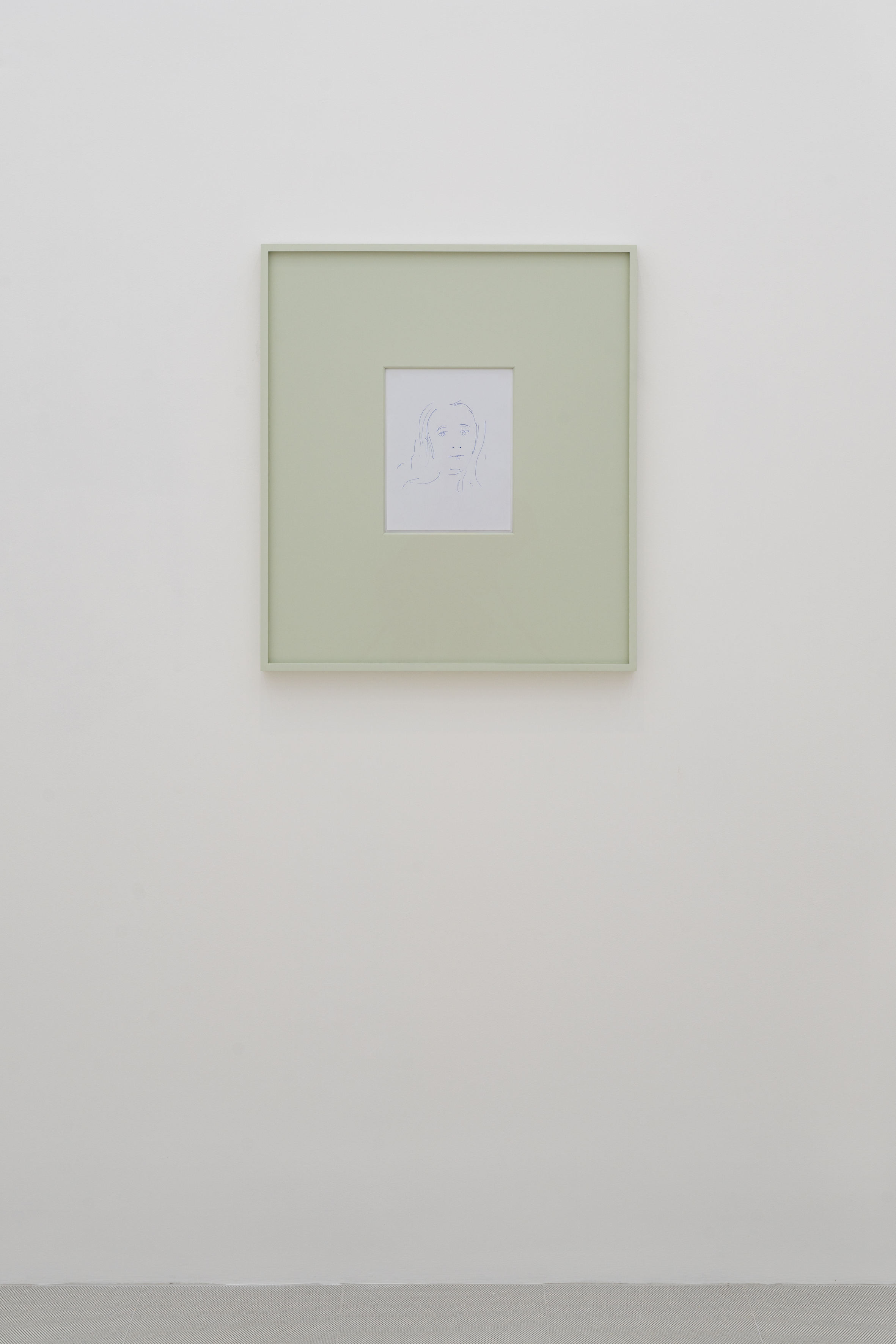
Pen on paper, with artist frame
74.5 x 65.7 cm
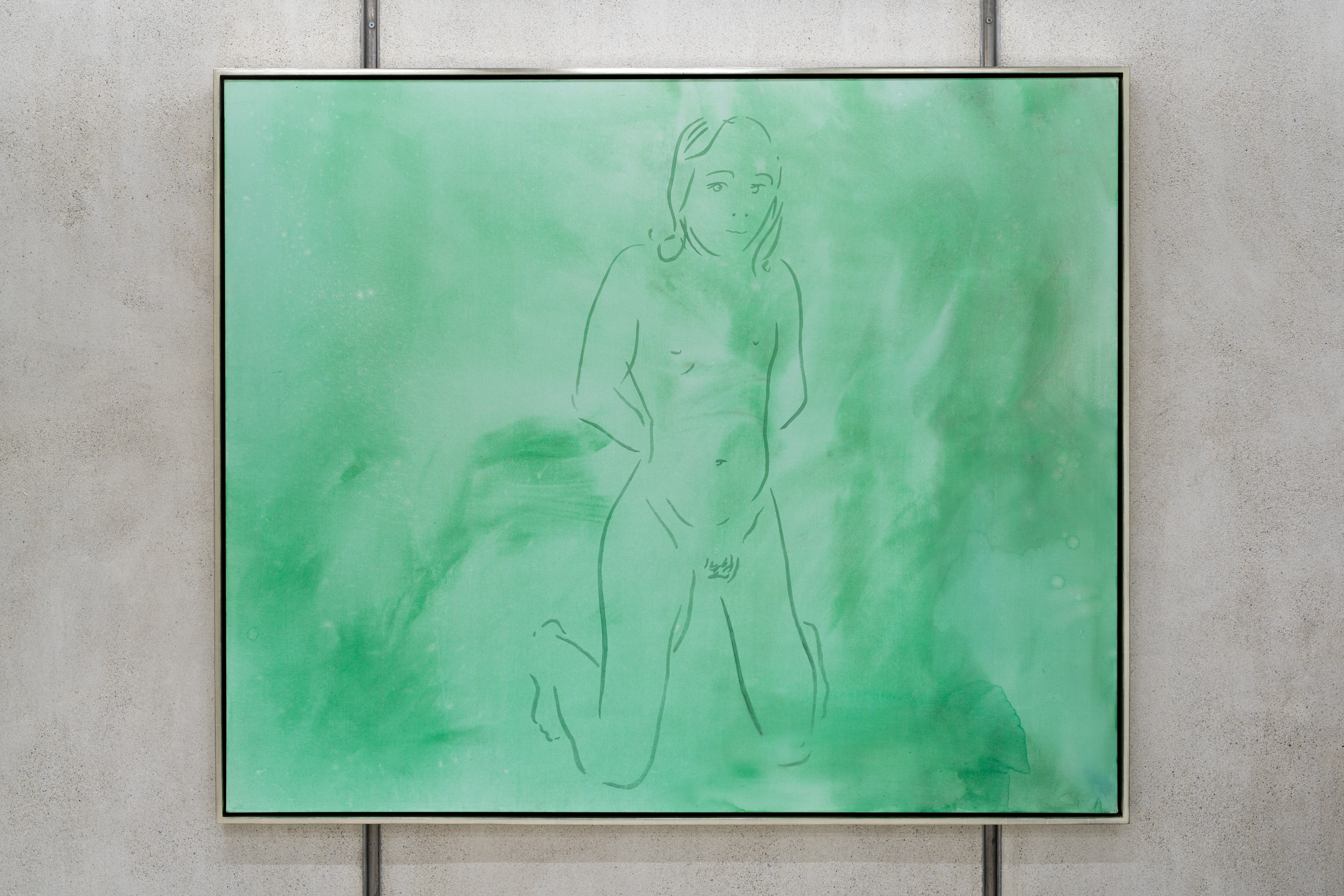
Ink on canvas with gilded frame
143.8 x 175 cm
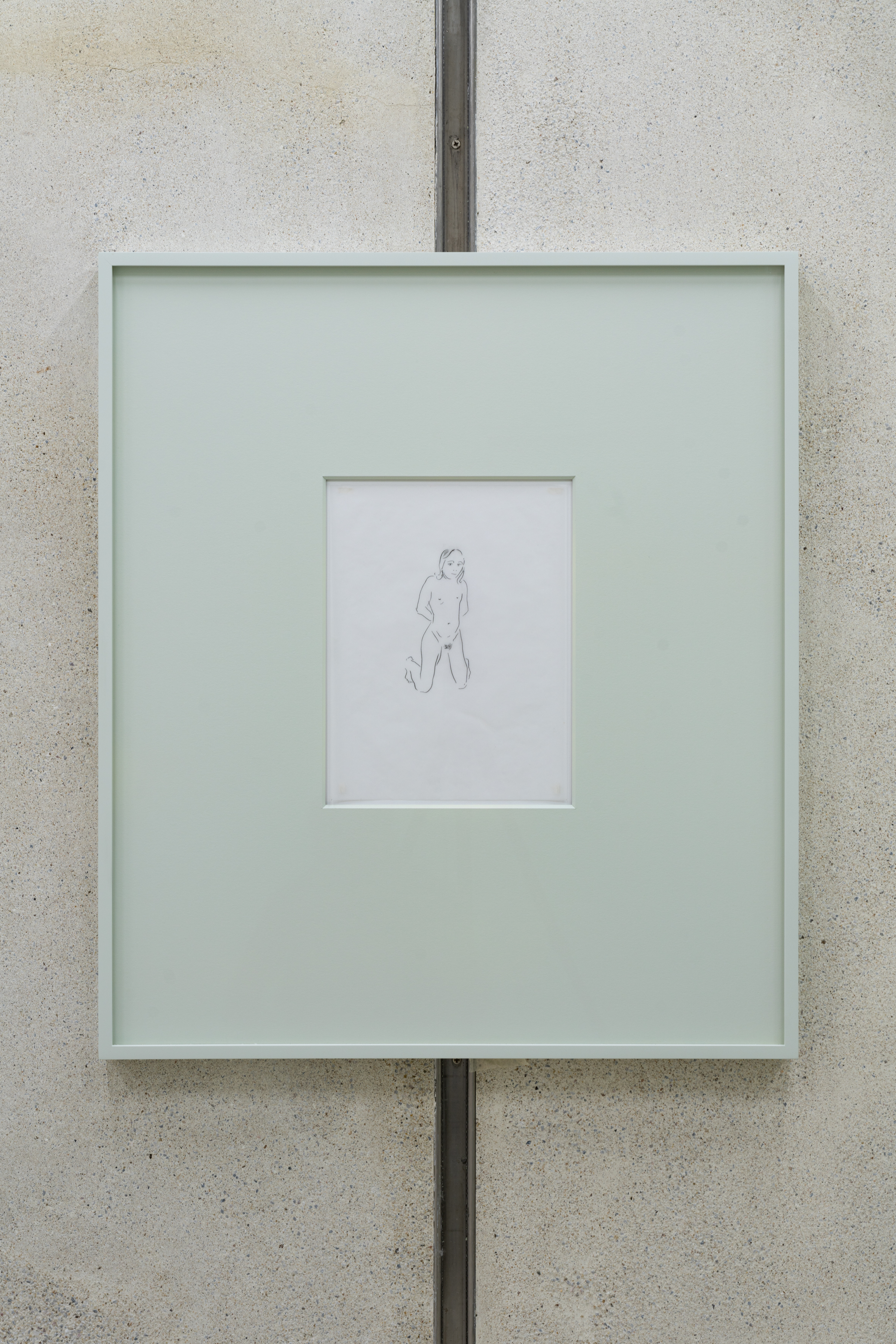
Pencil on paper, with artist frame
77.2 x 67 cm
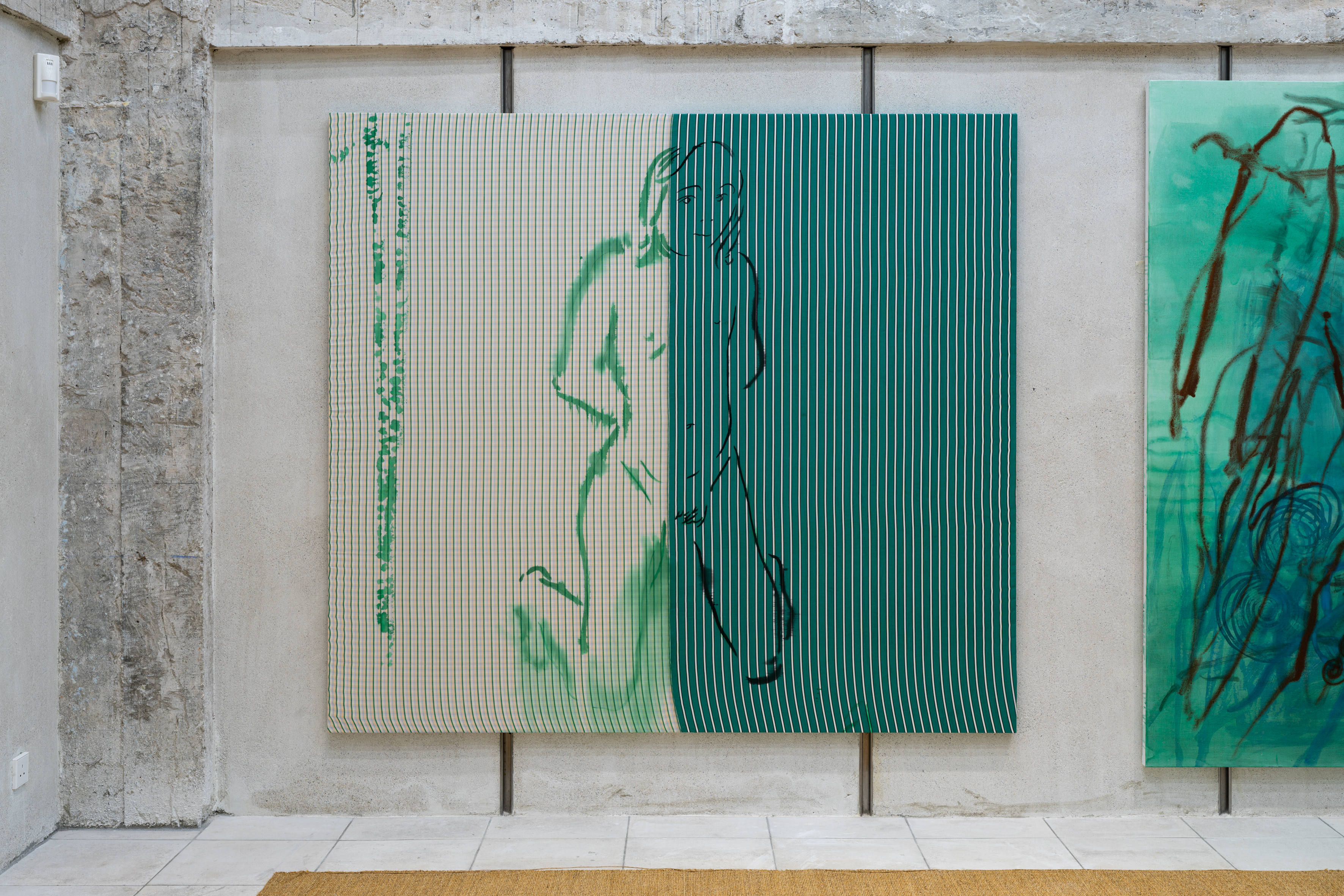
Ink and fabric on canvas
180 x 200 cm
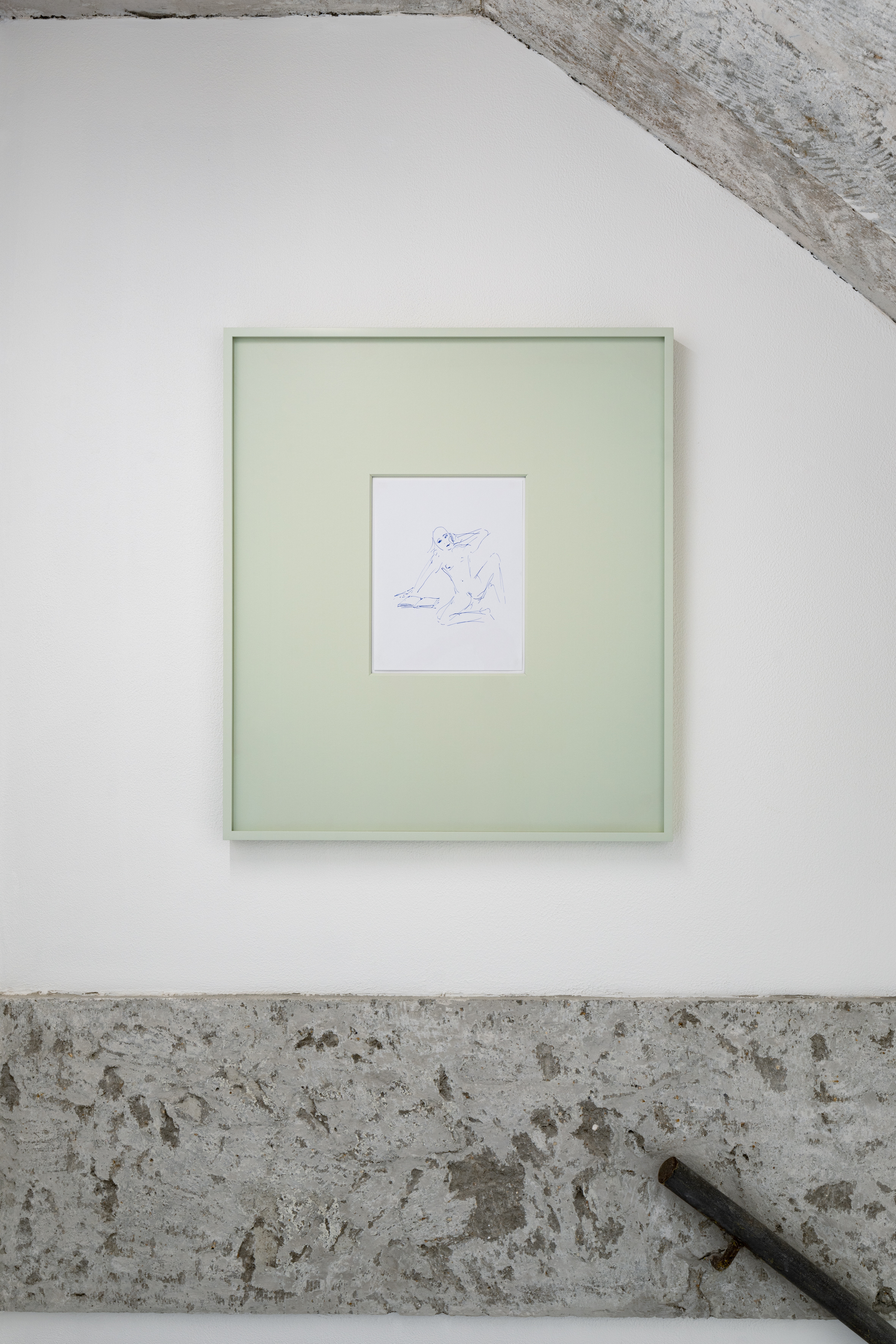
Pen on paper, with artist frame
74.5 x 65.7 cm
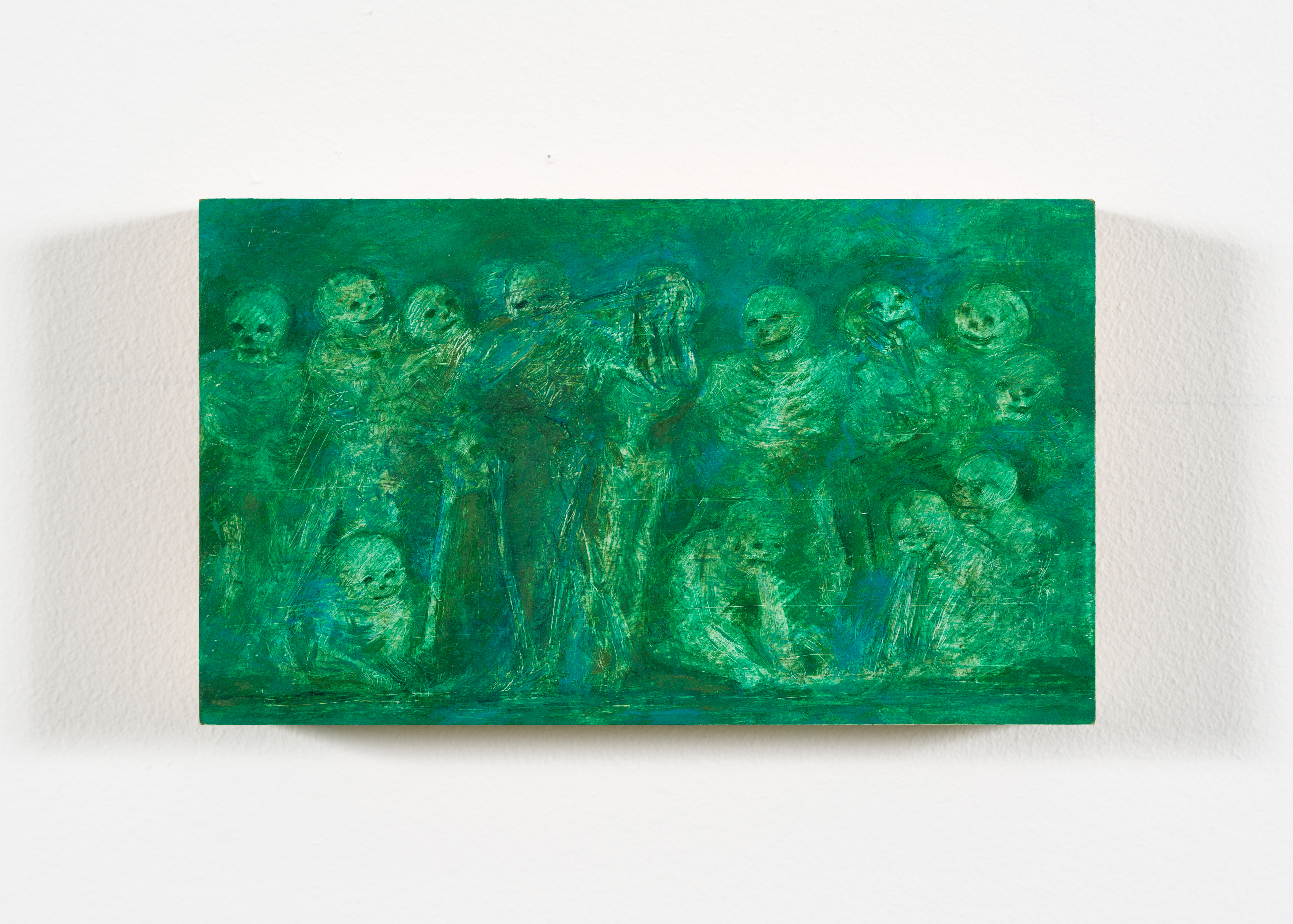
Oil on wood
8.9 x 14 cm
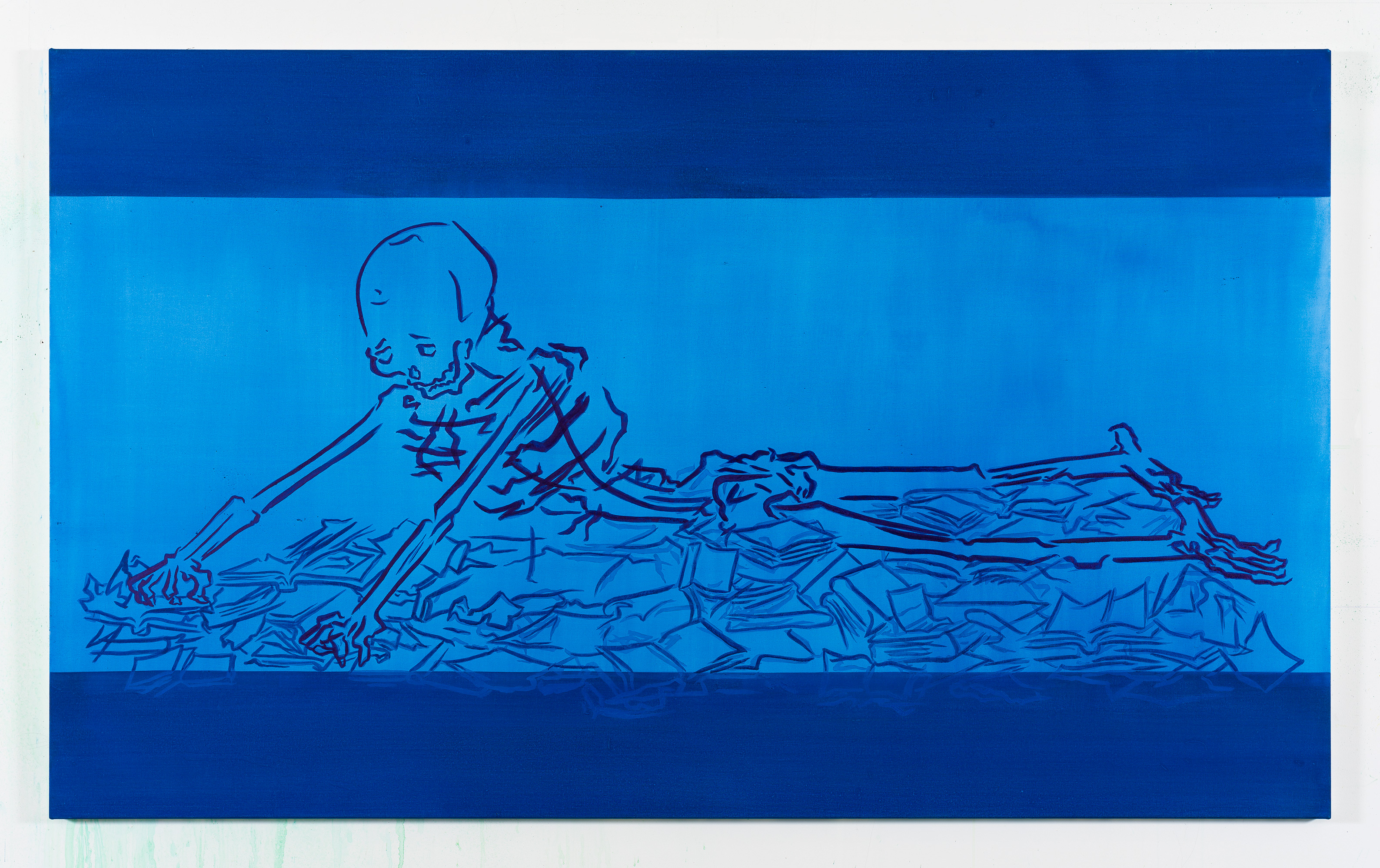
Ink on canvas
132 x 220 cm
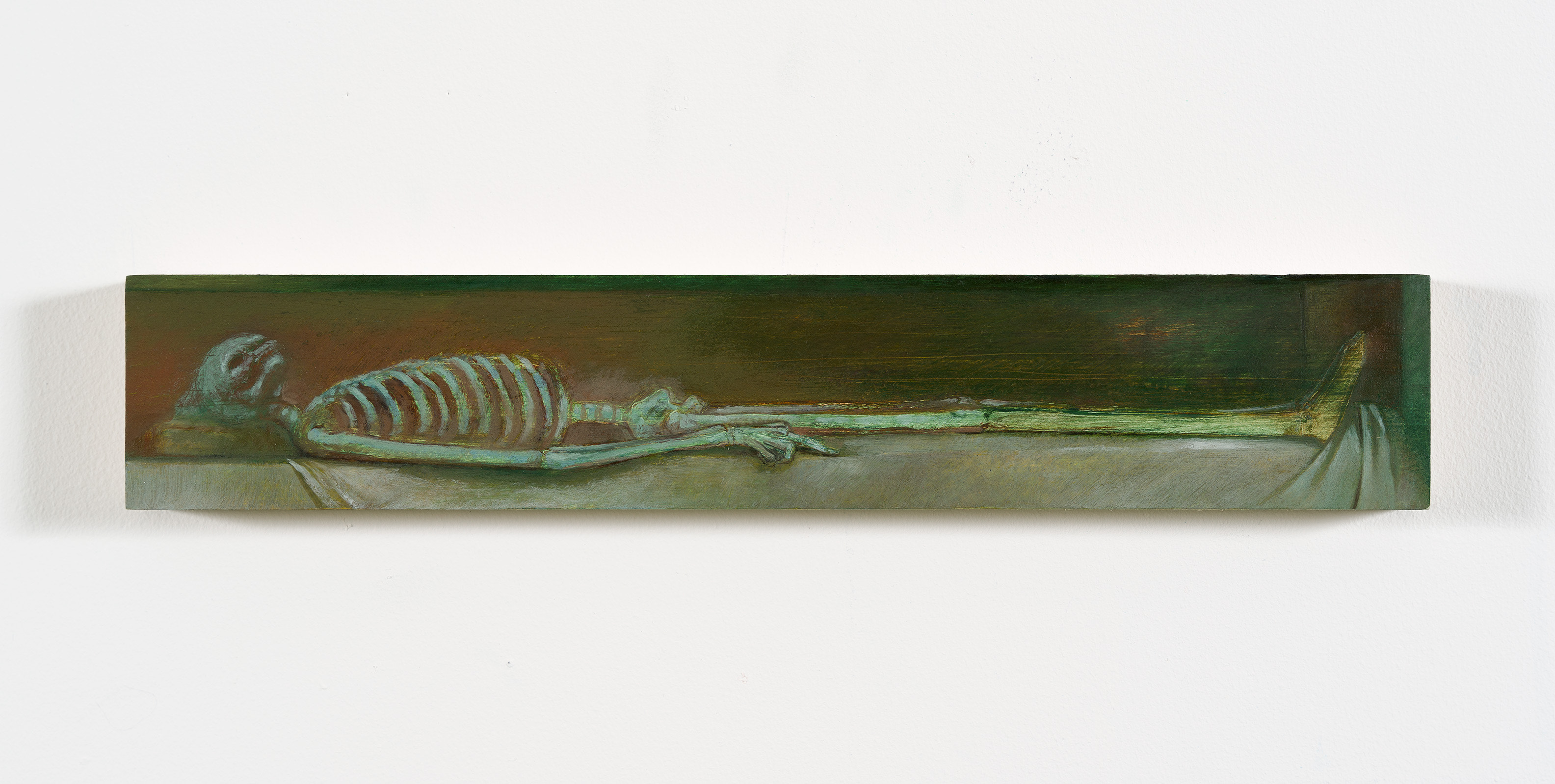
Oil on wood
2.5 x 13.5 in
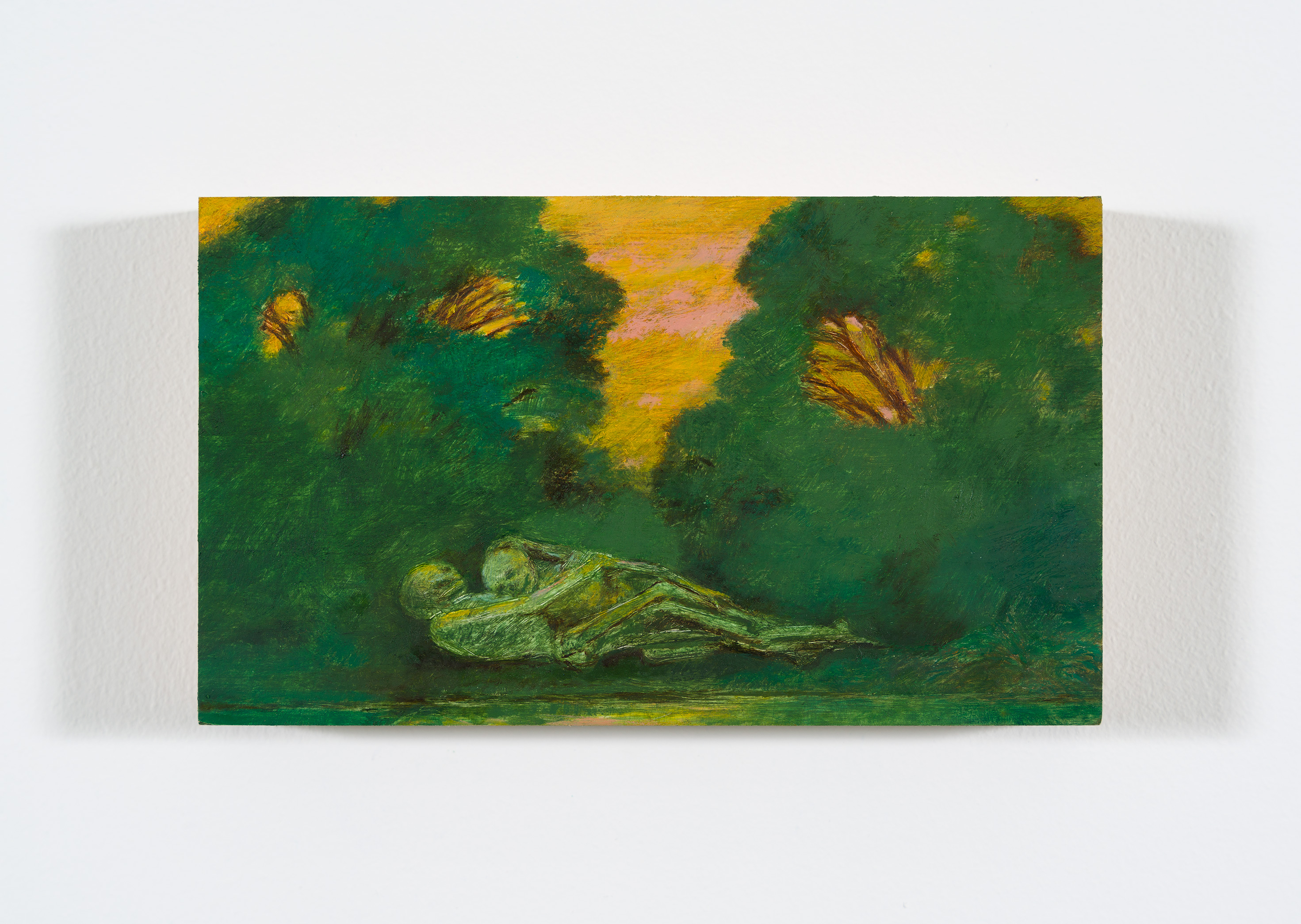
Oil on wood
8.9 x 15.2 cm

Oil on wood
14 x 28 cm
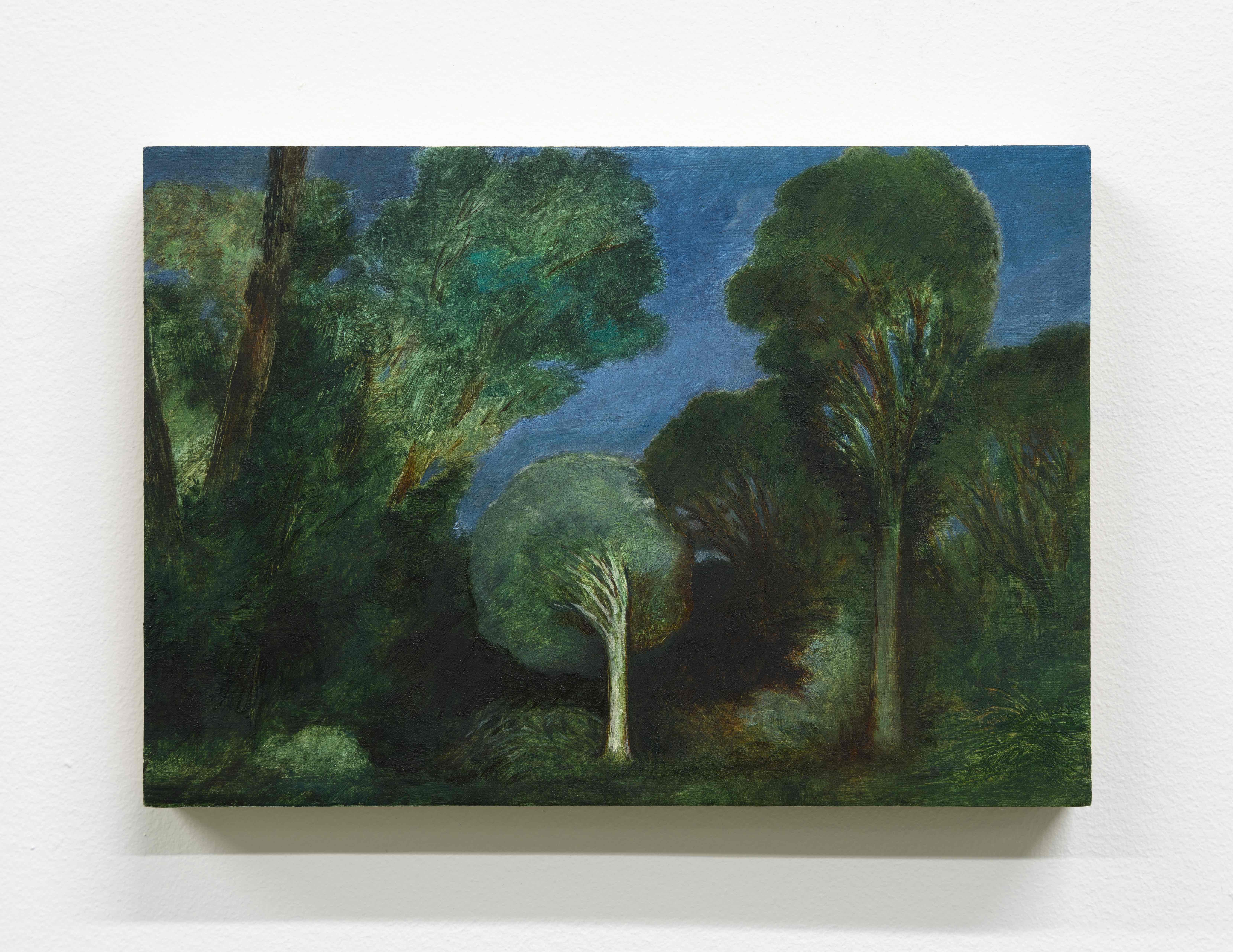
Oil on wood
5.5 x 8 in
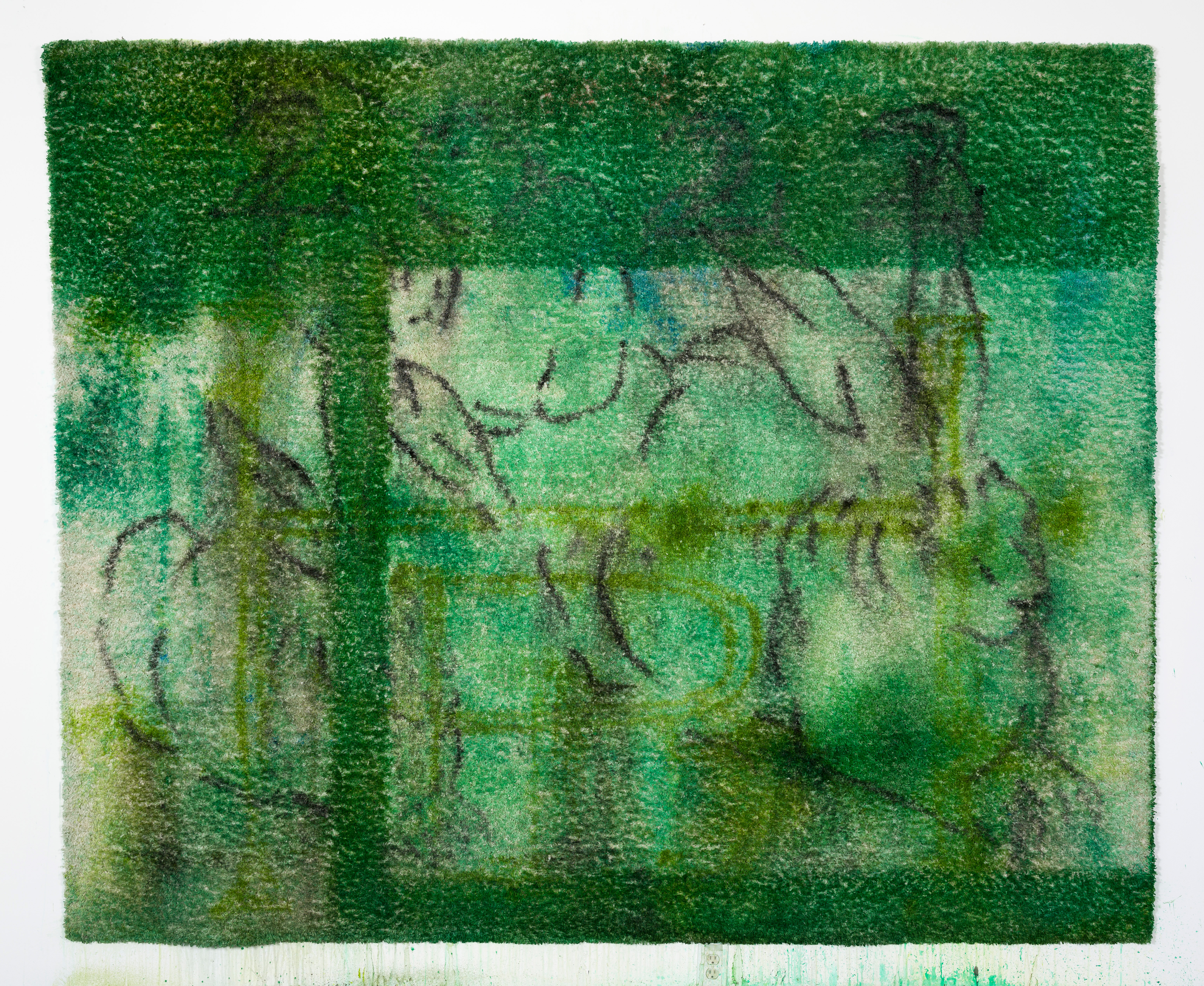
Ink on carpet
243.8 x 304.8 cm
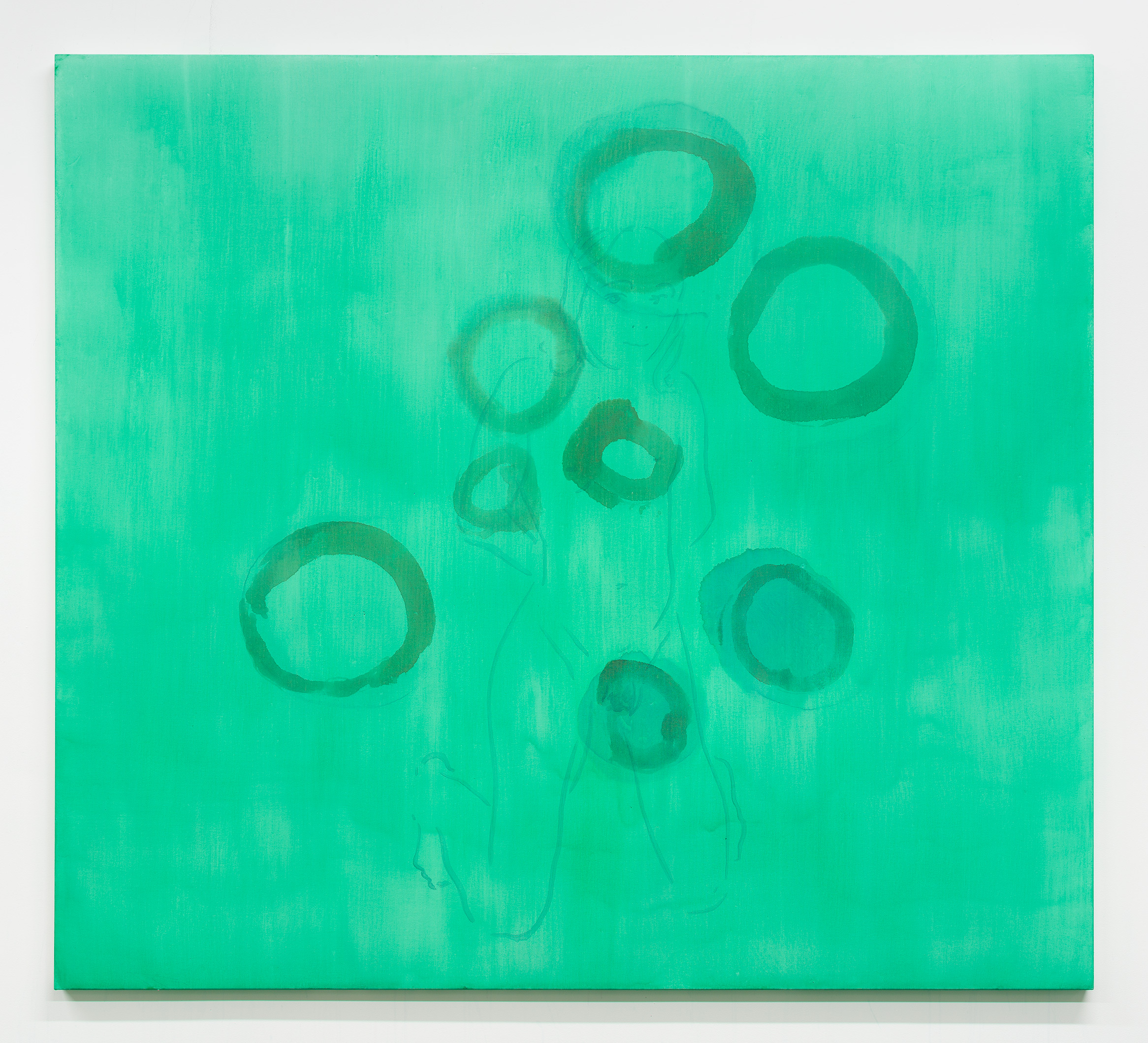
Ink on canvas
180 x 200 cm
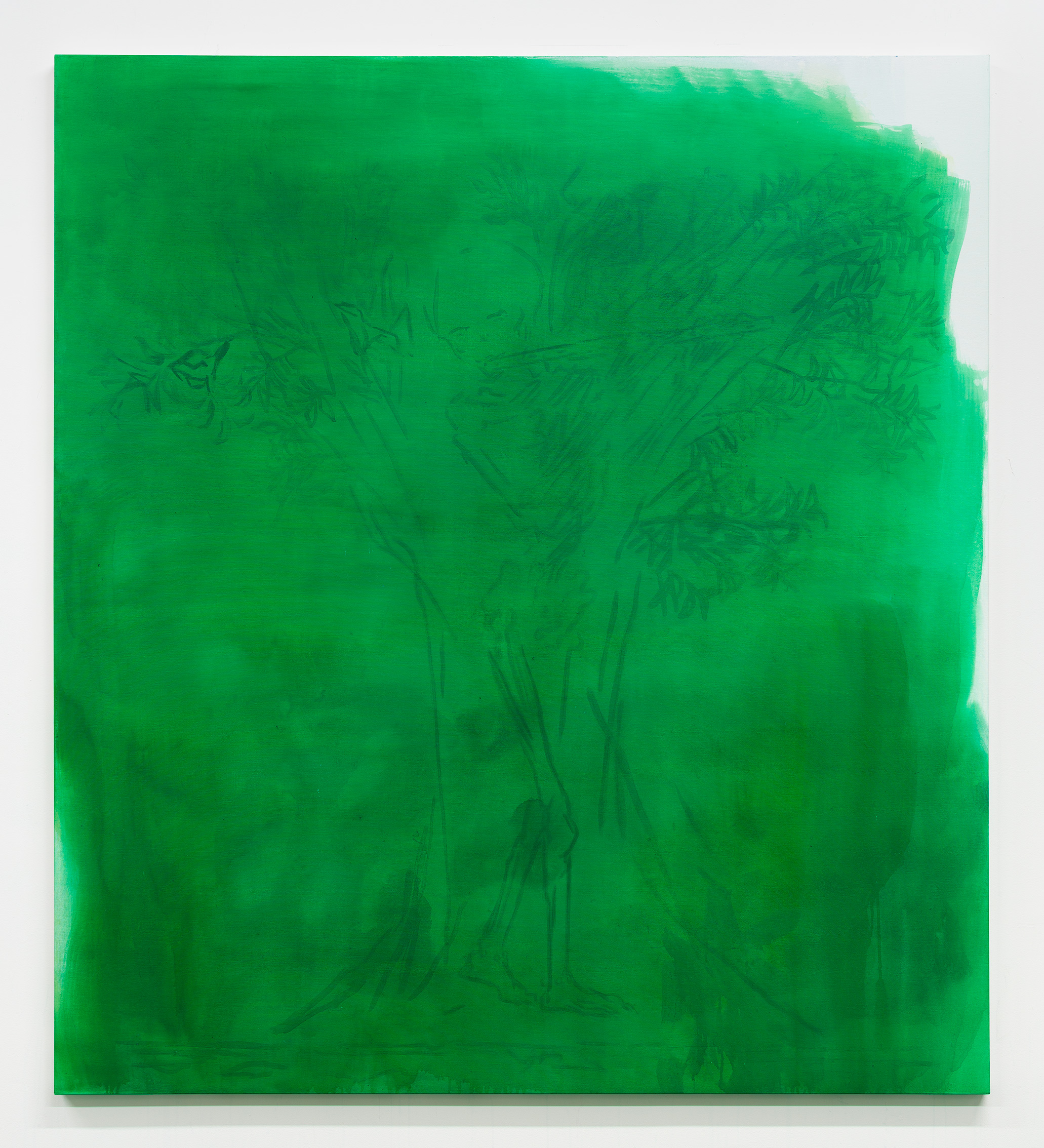
Ink on canvas
200 x 180 cm
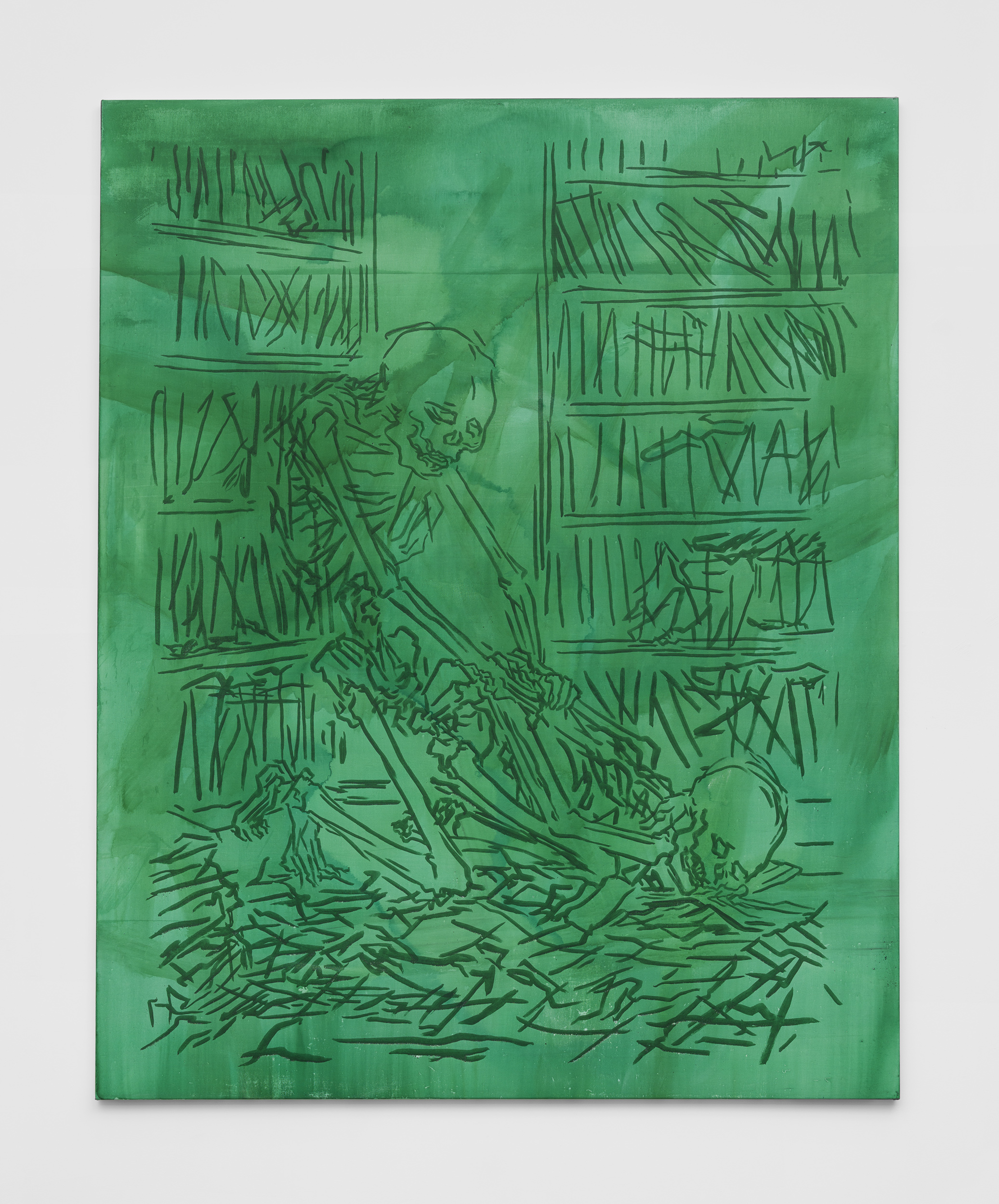
Ink on canvas
200 x 160 cm
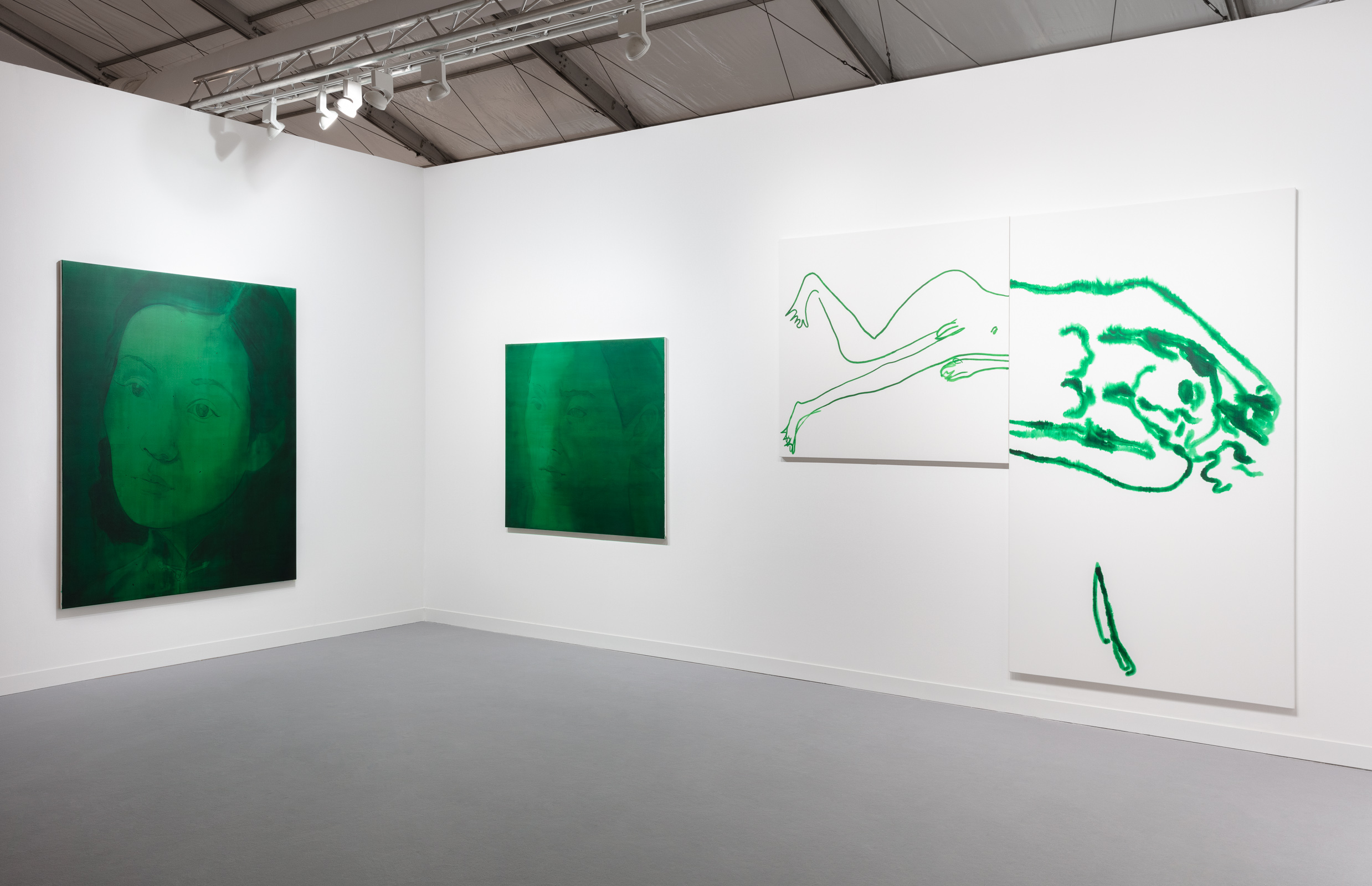
Installation view, Frieze London 2021.
Photo by Andrea Rossetti.
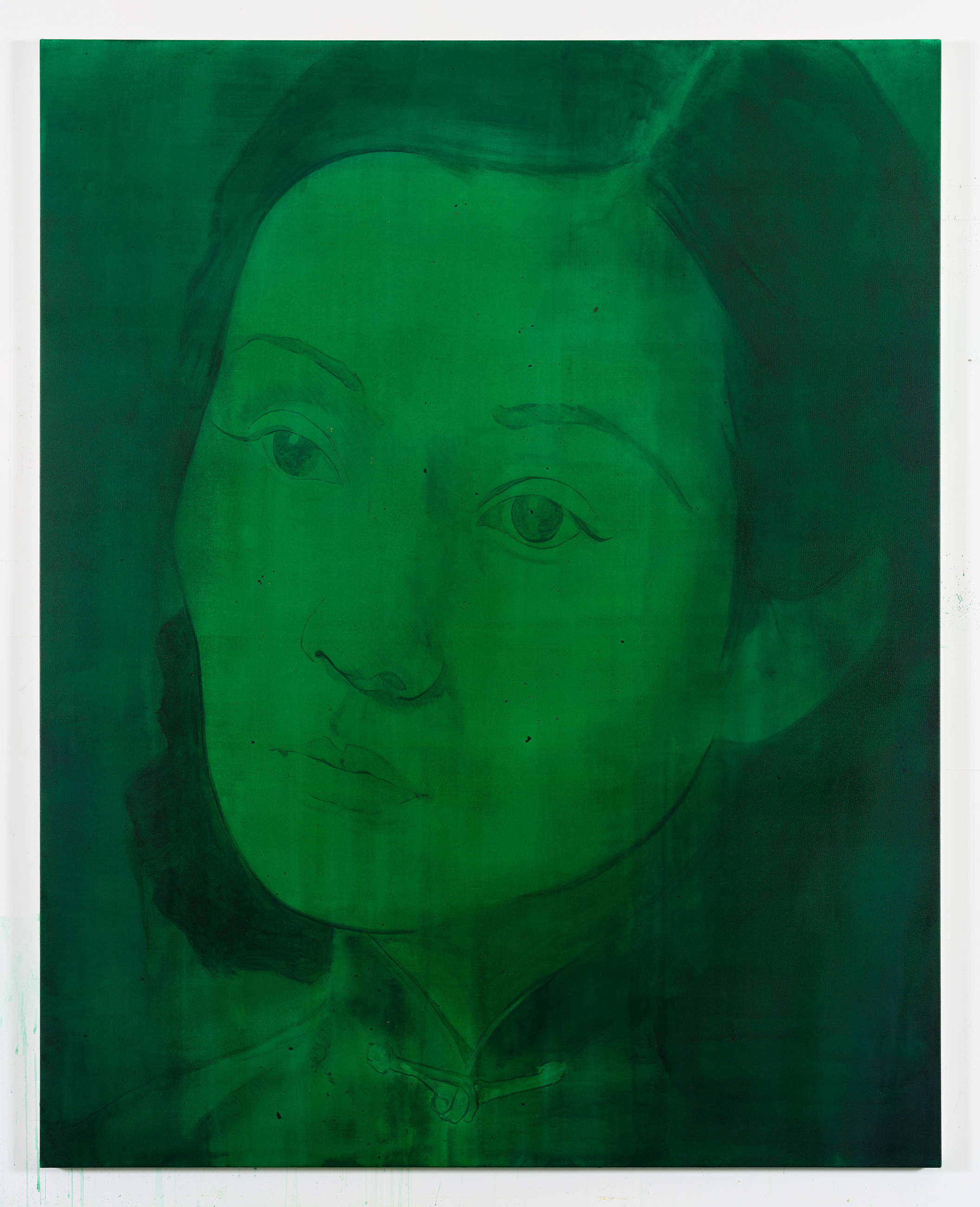
Ink on canvas, 200 x 160 cm
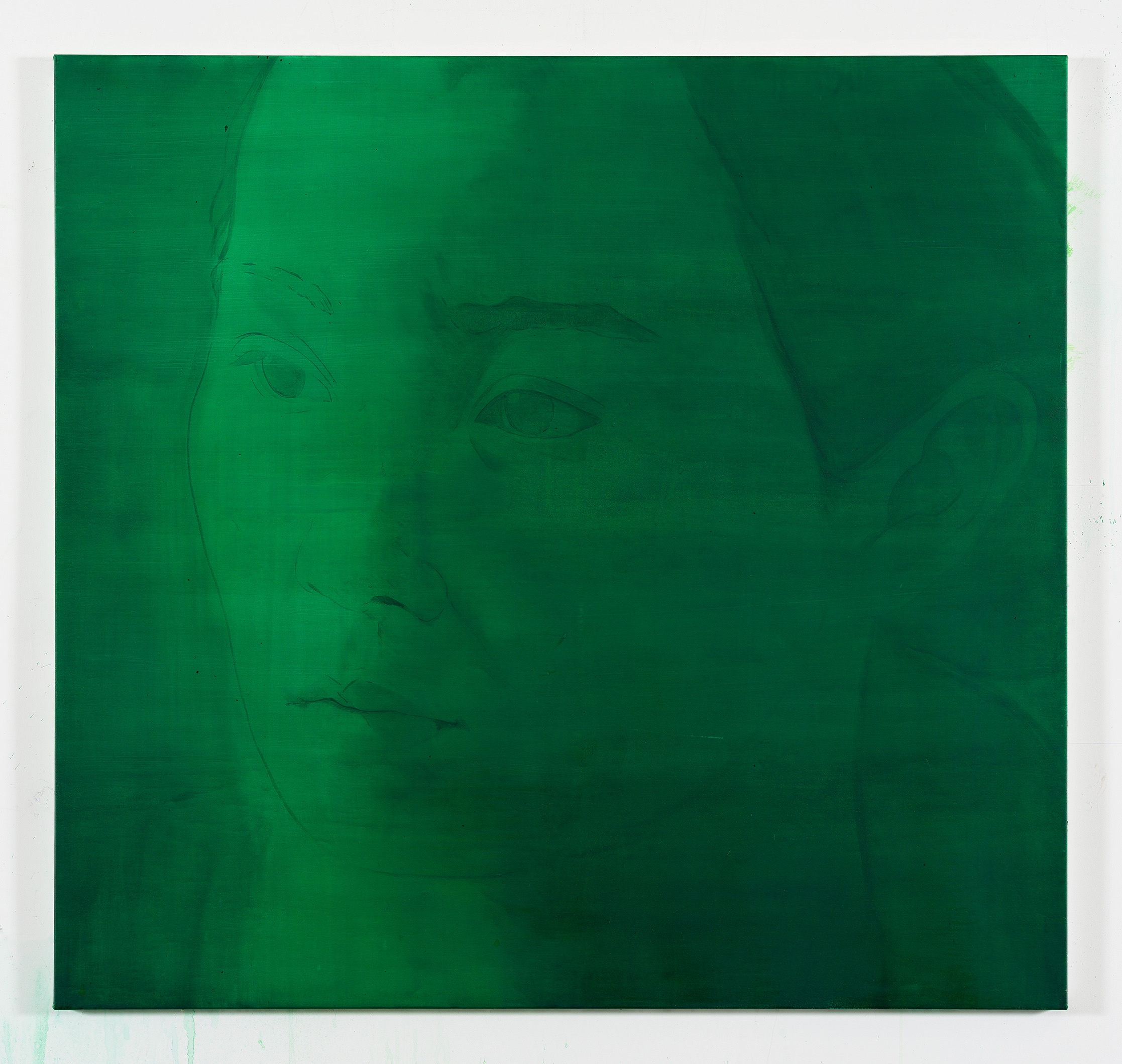
Ink on canvas, 132 x 140 cm
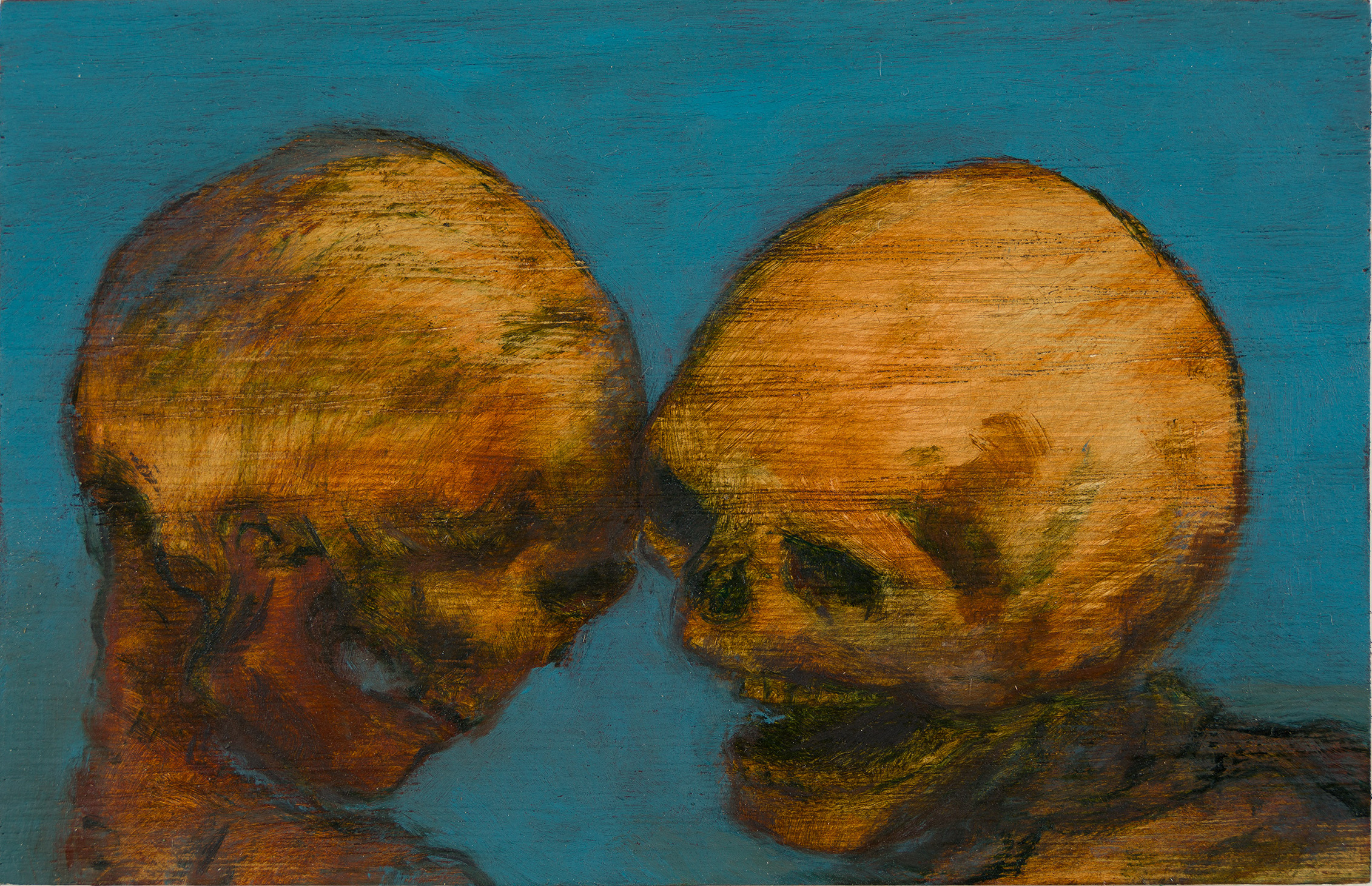
Oil on wood, 8.9 x 12 cm
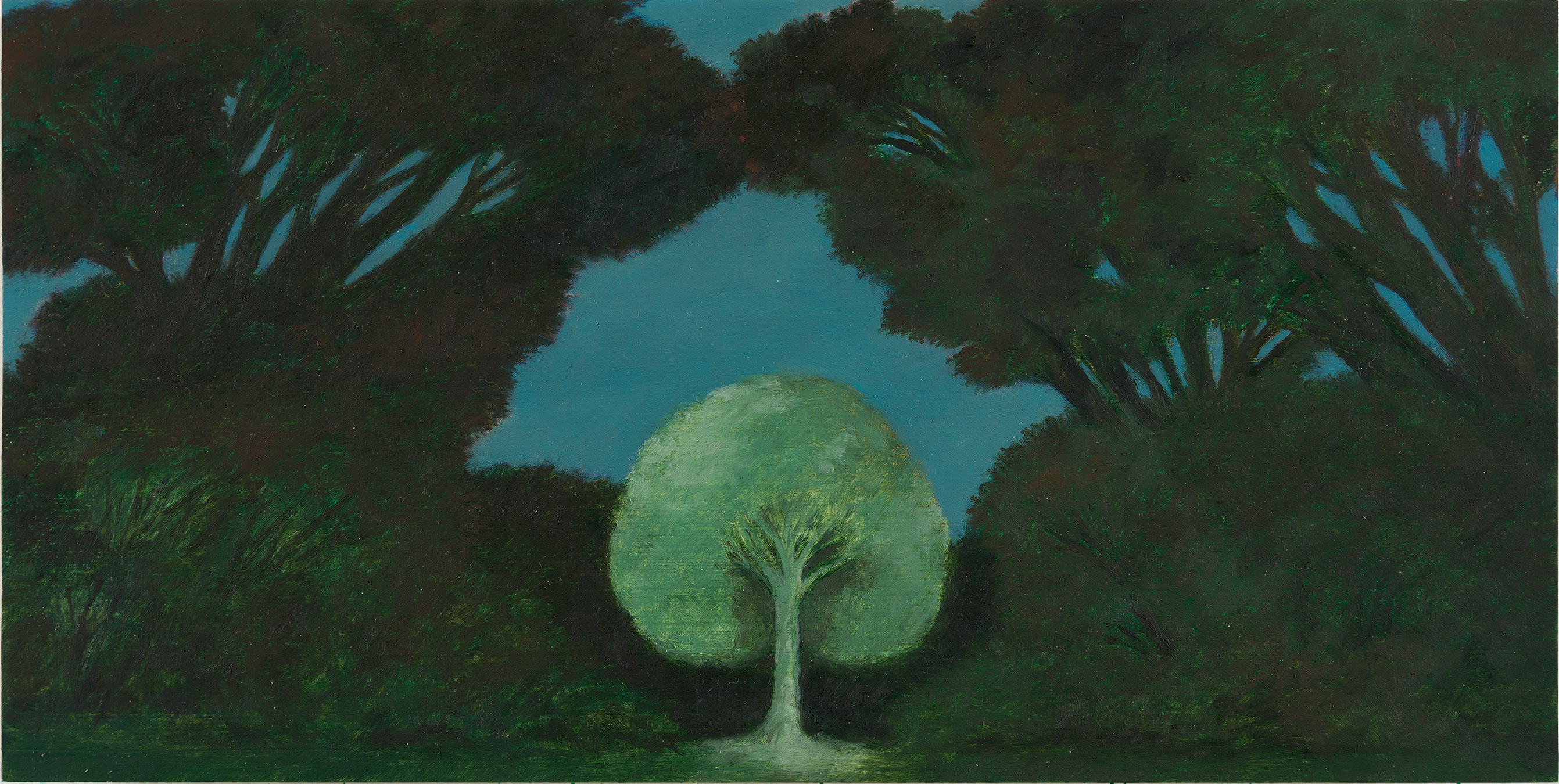
Oil on wood, 14 x 28 cm
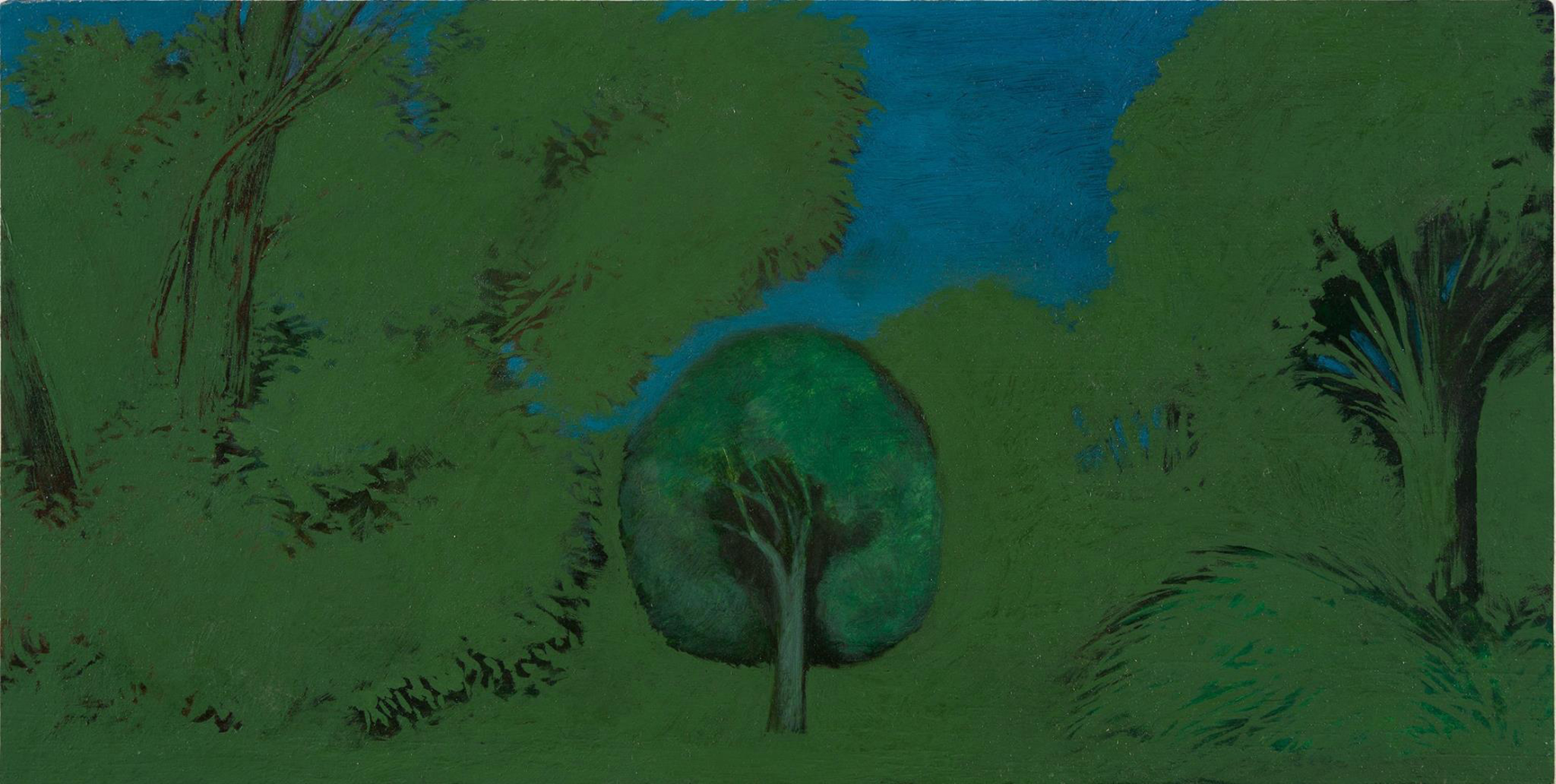
Oil on wood, 14 x 28 cm
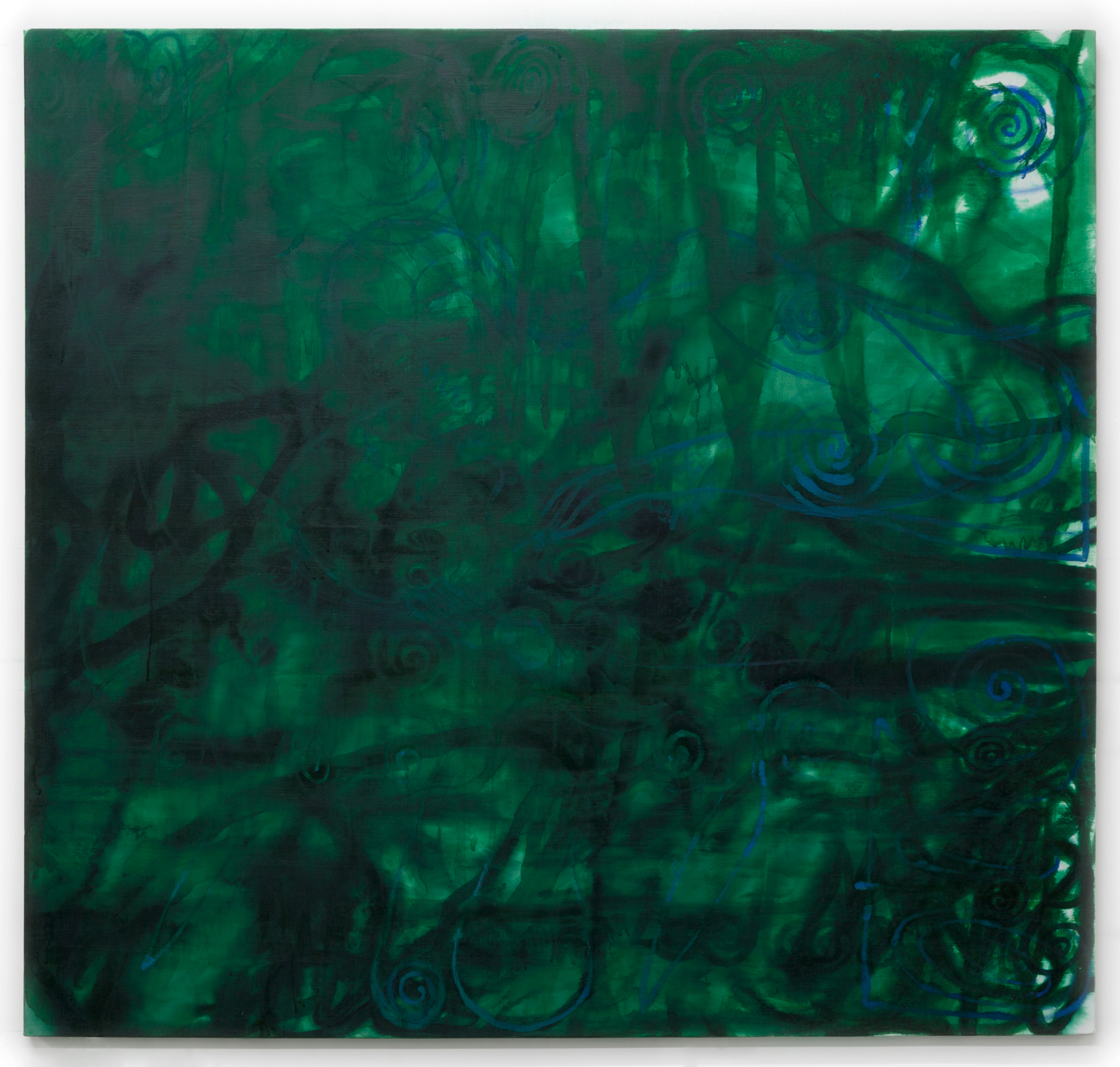
Ink on canvas, 132 x 139.7 cm
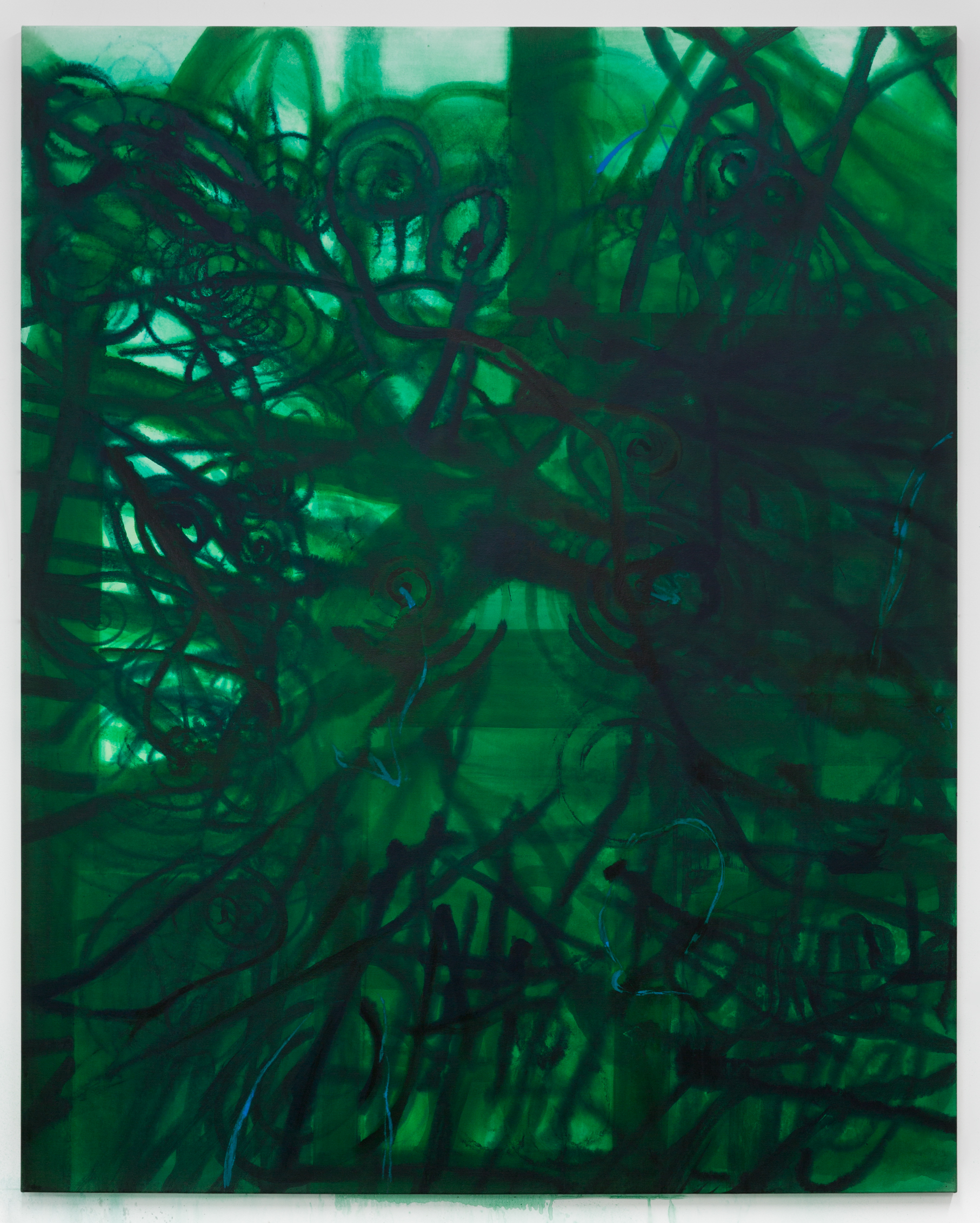
Ink on canvas, 200 x 160 cm
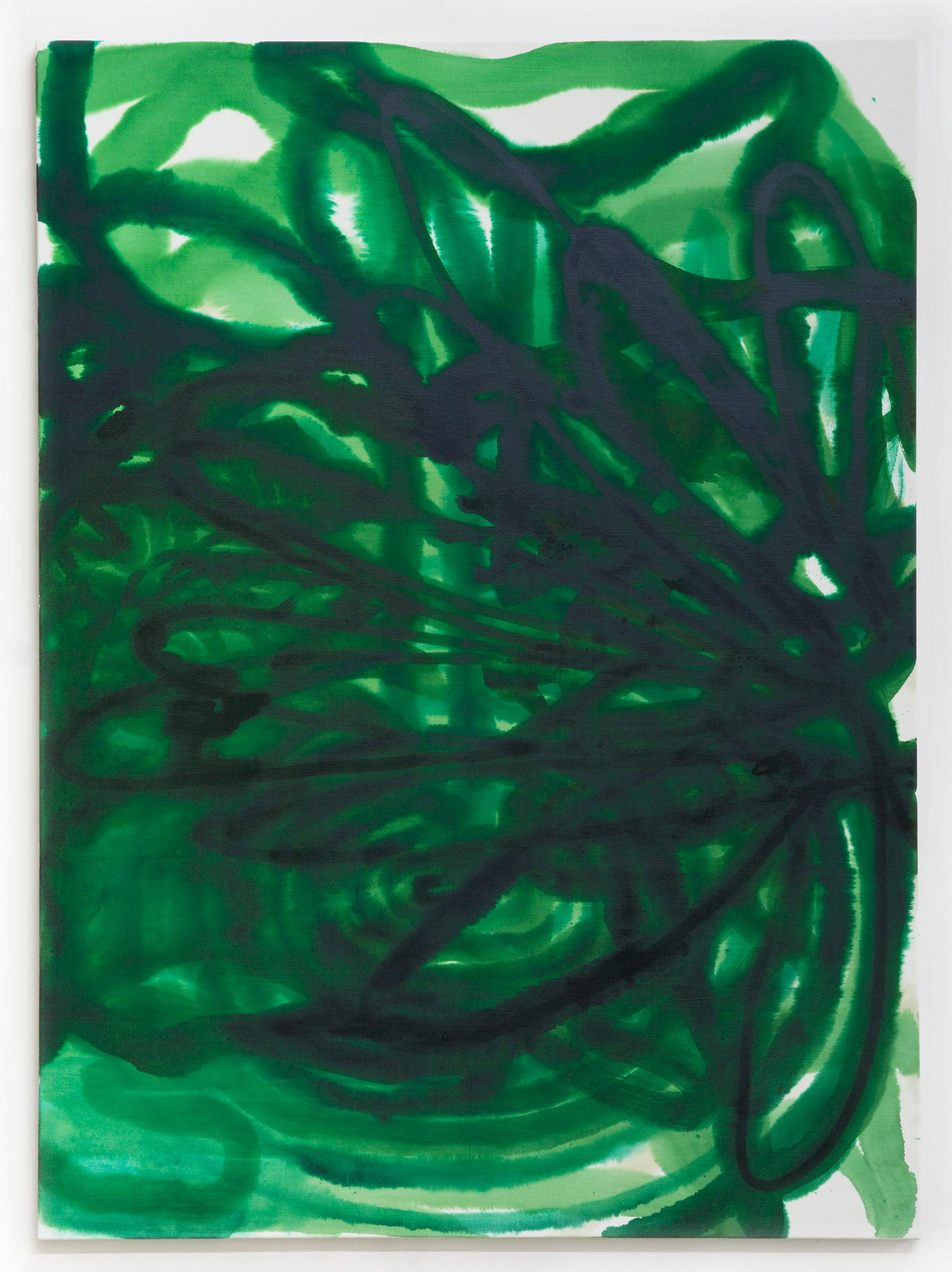
Ink on canvas, 132 x 96.5 cm
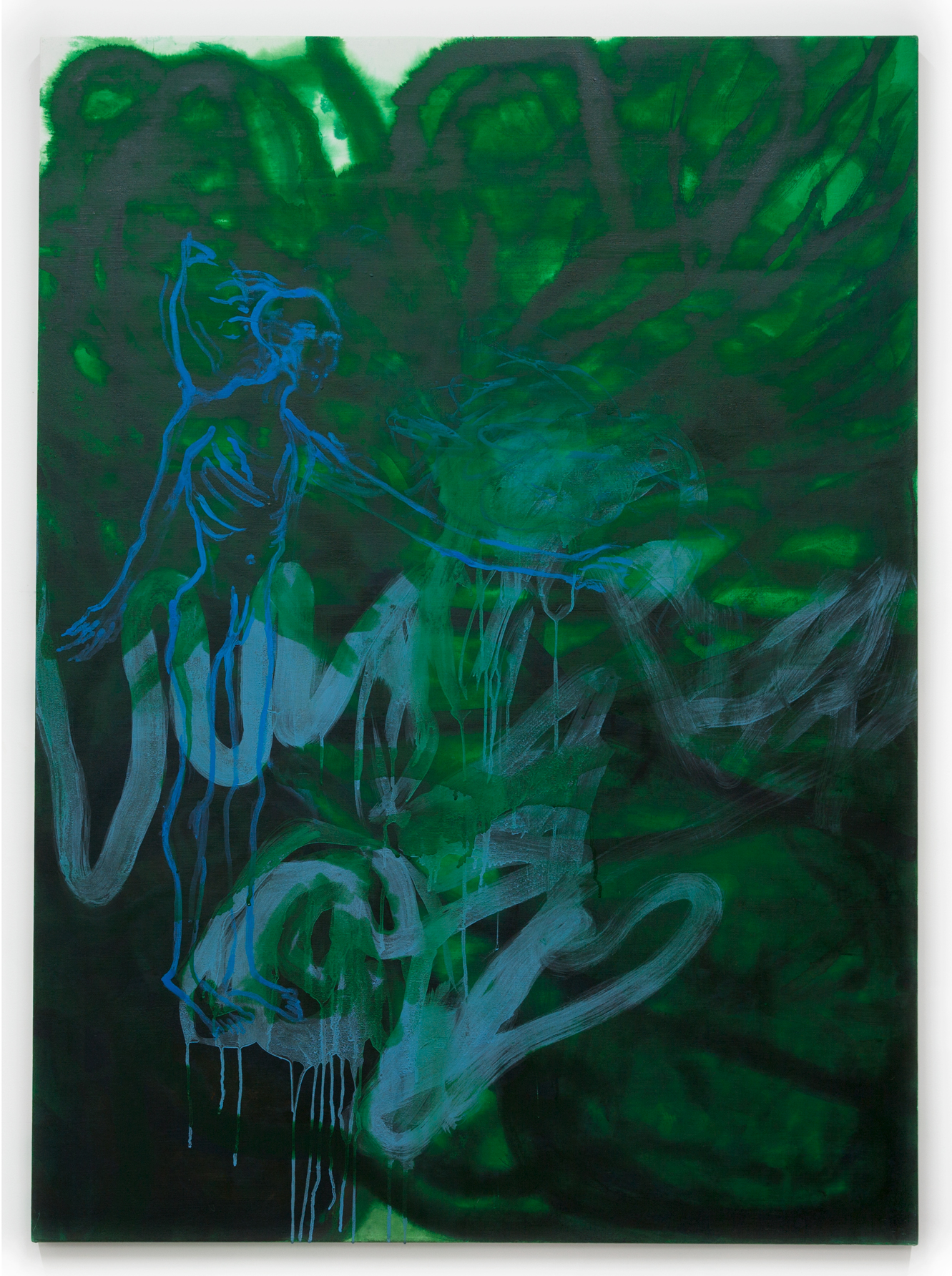
Ink on canvas, 132 x 96.5 cm
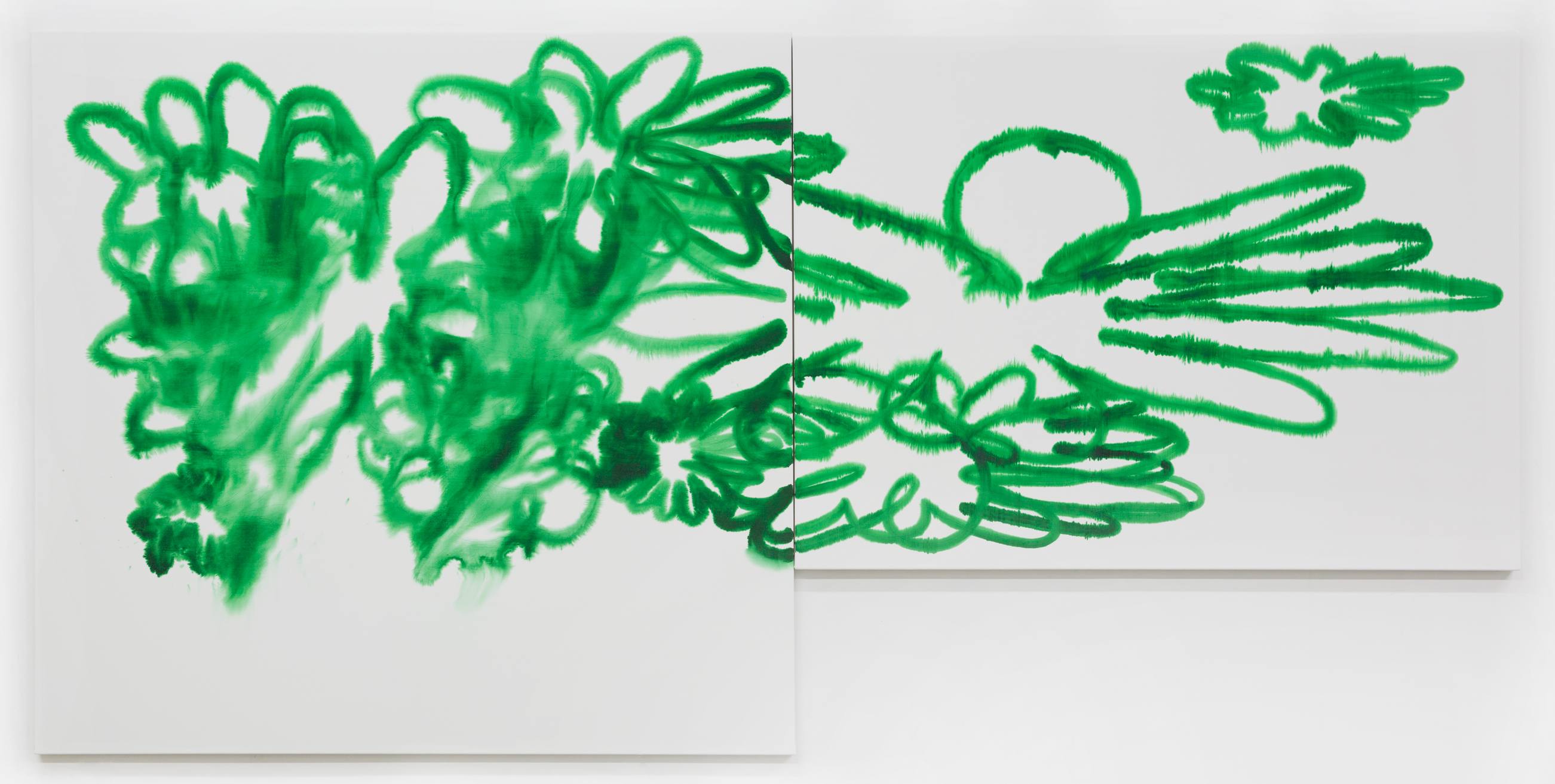
Ink on canvas, 139.7 x 264.2 cm
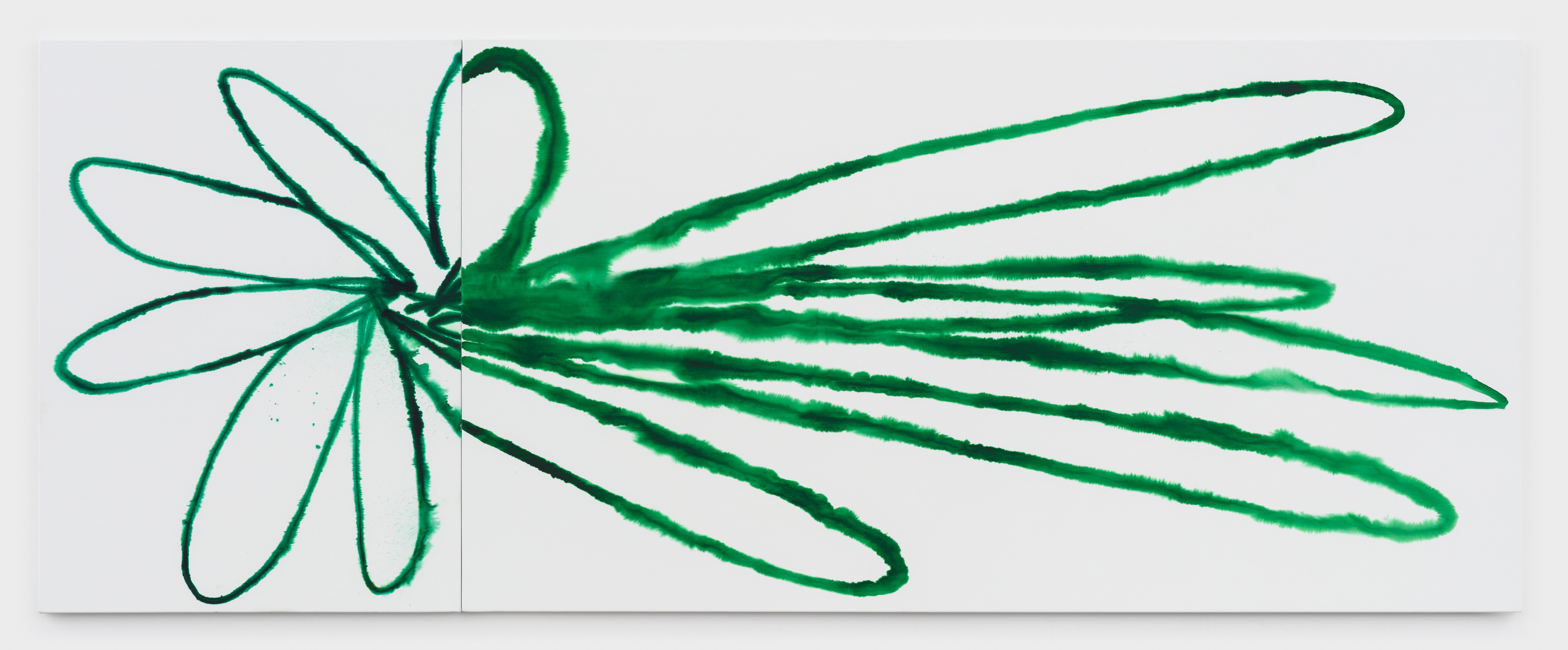
Ink on canvas, 132 x 340.4 cm
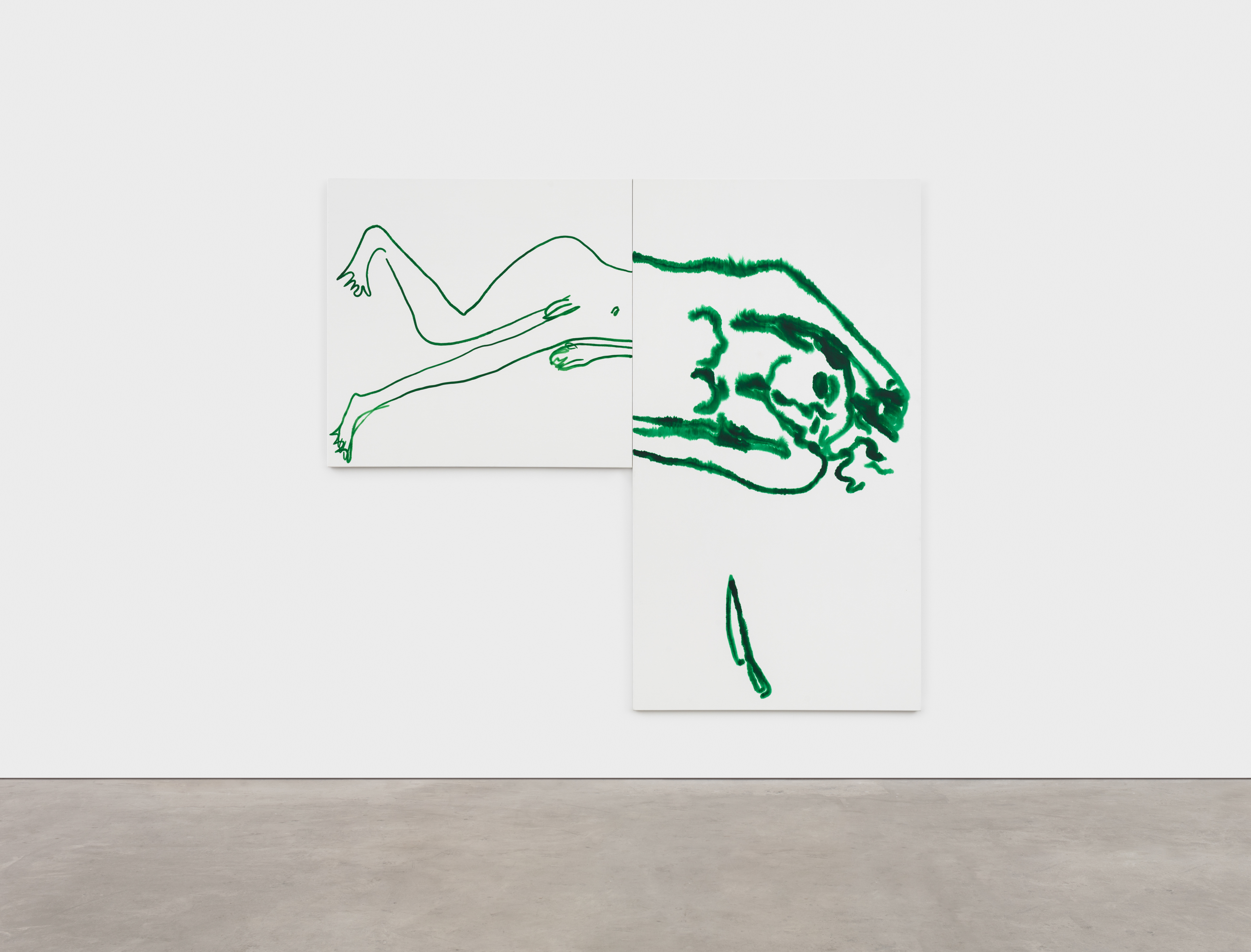
Ink on canvas, 243.8 x 271.8 cm
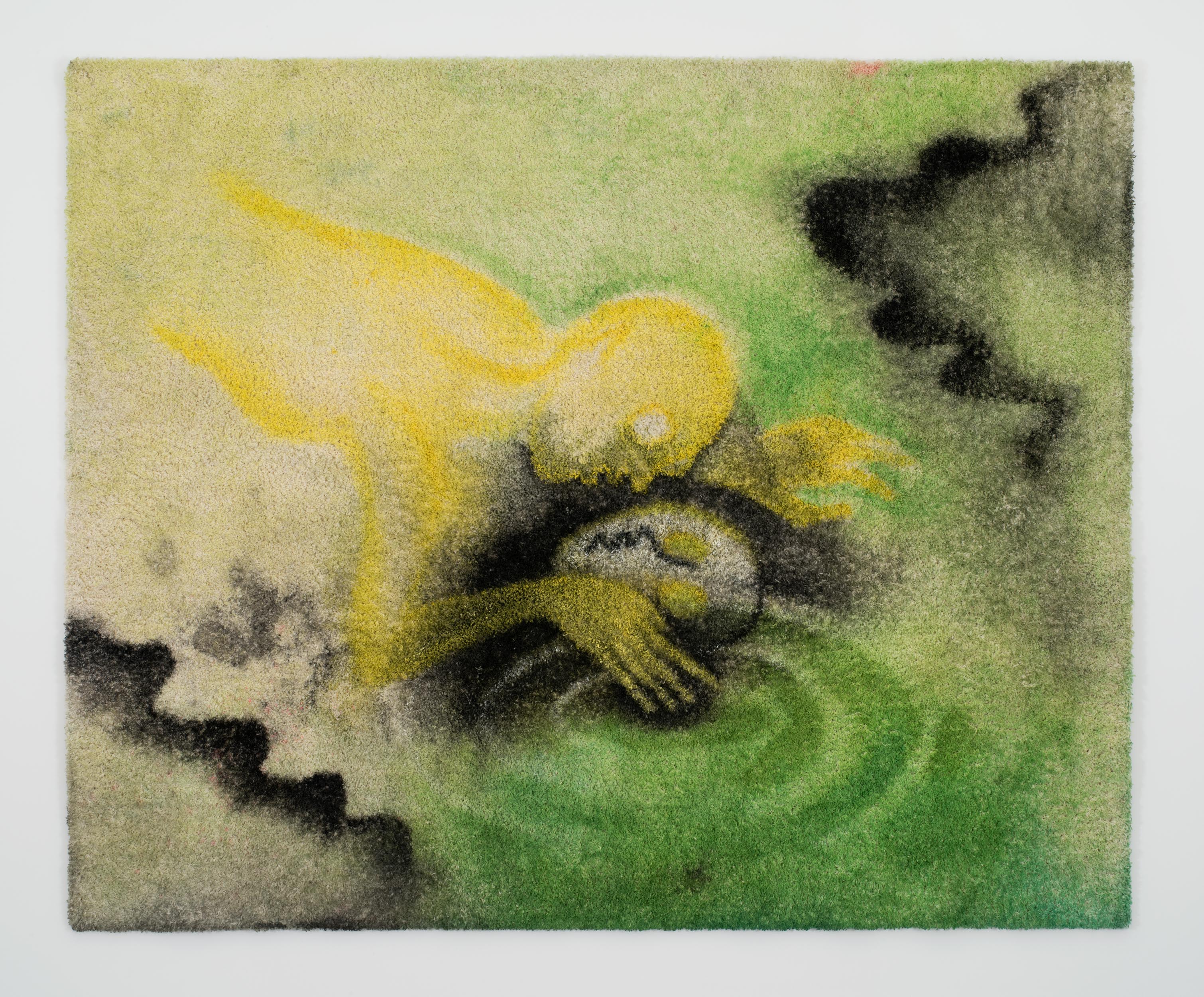
Ink and acrylic on carpet, 243.8 x 304.8 cm
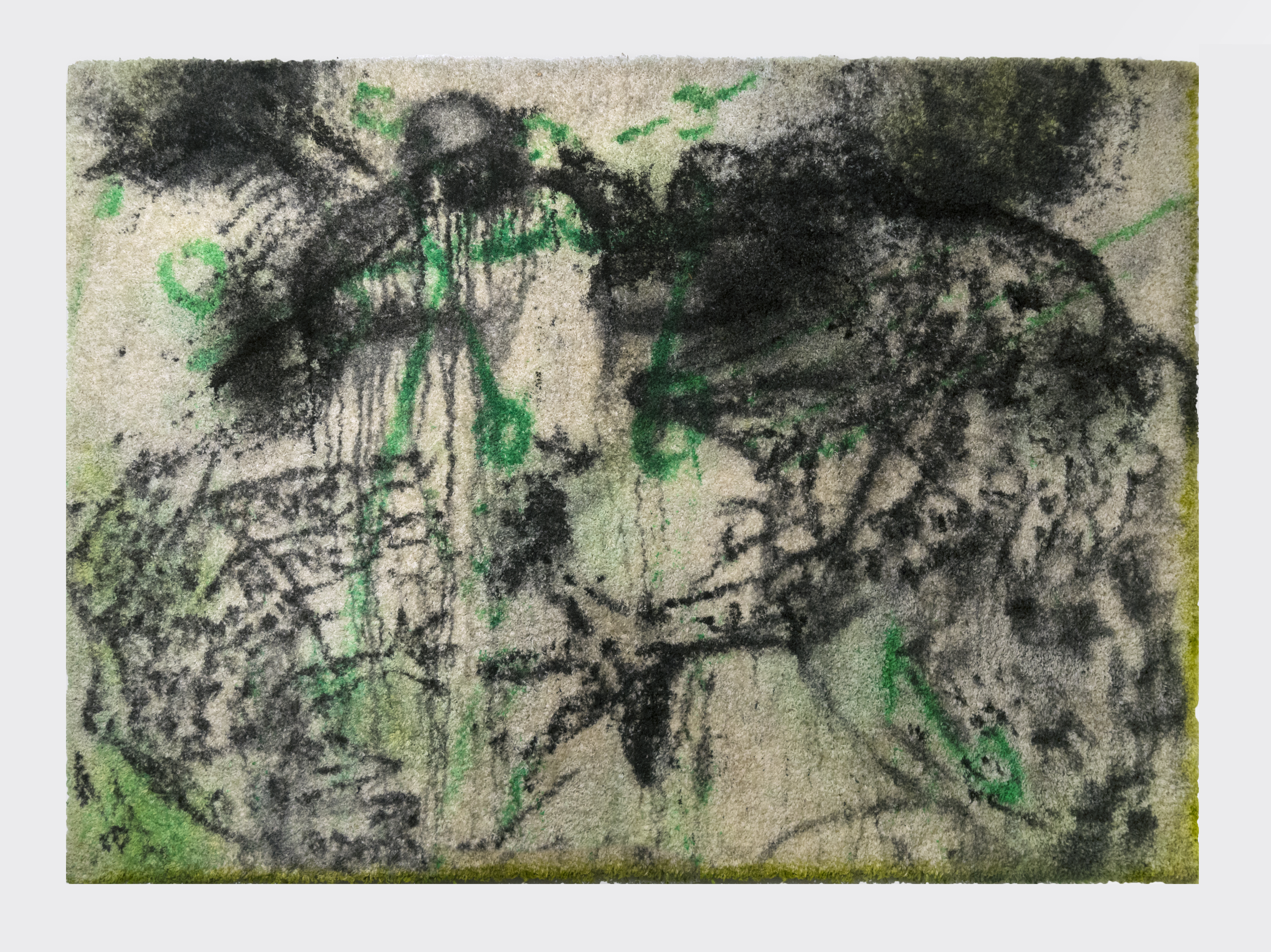
Ink and acrylic on carpet, 152.4 x 213.4 cm
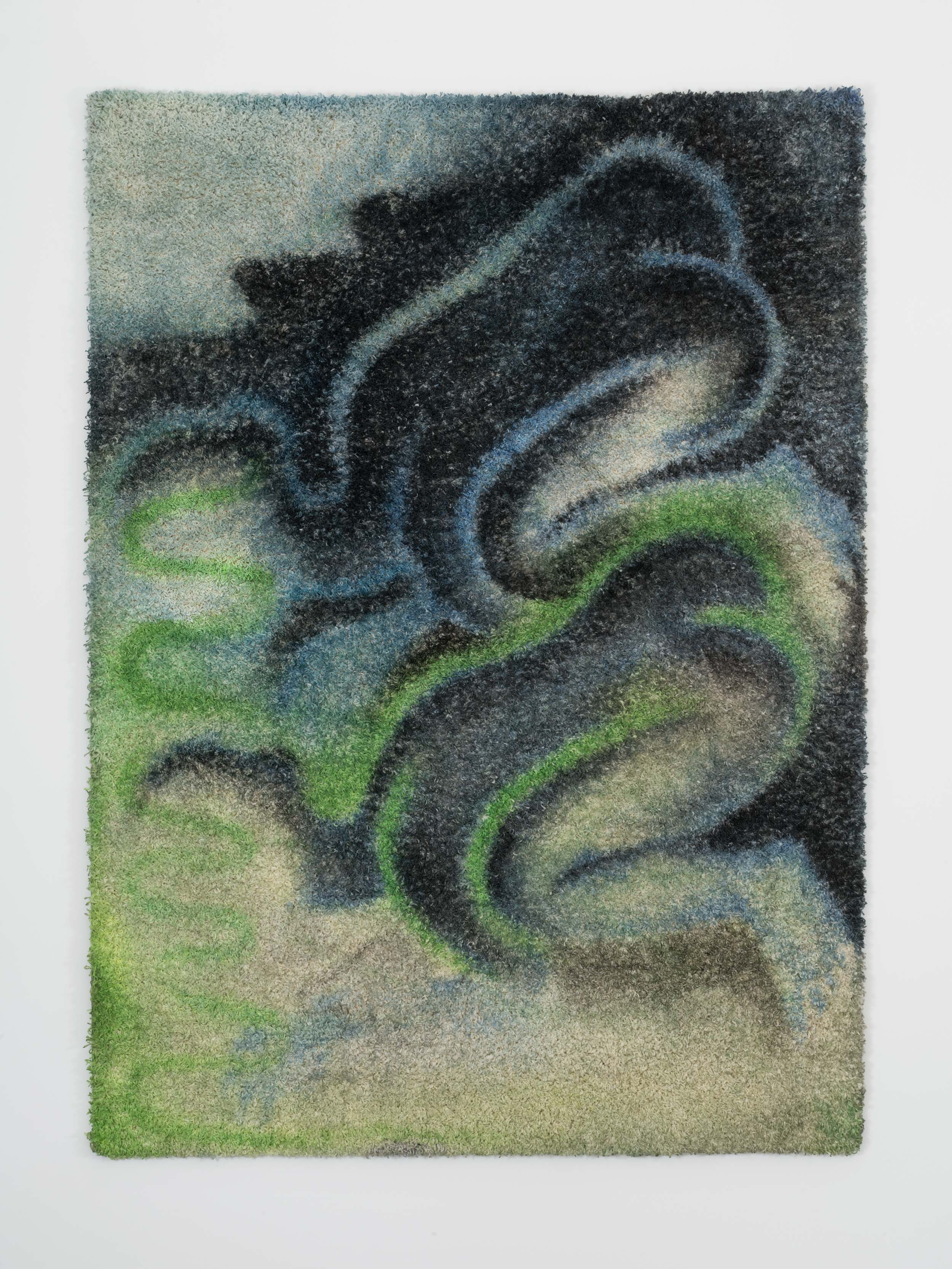
Ink and acrylic on carpet, 213.4 x 152.4 cm
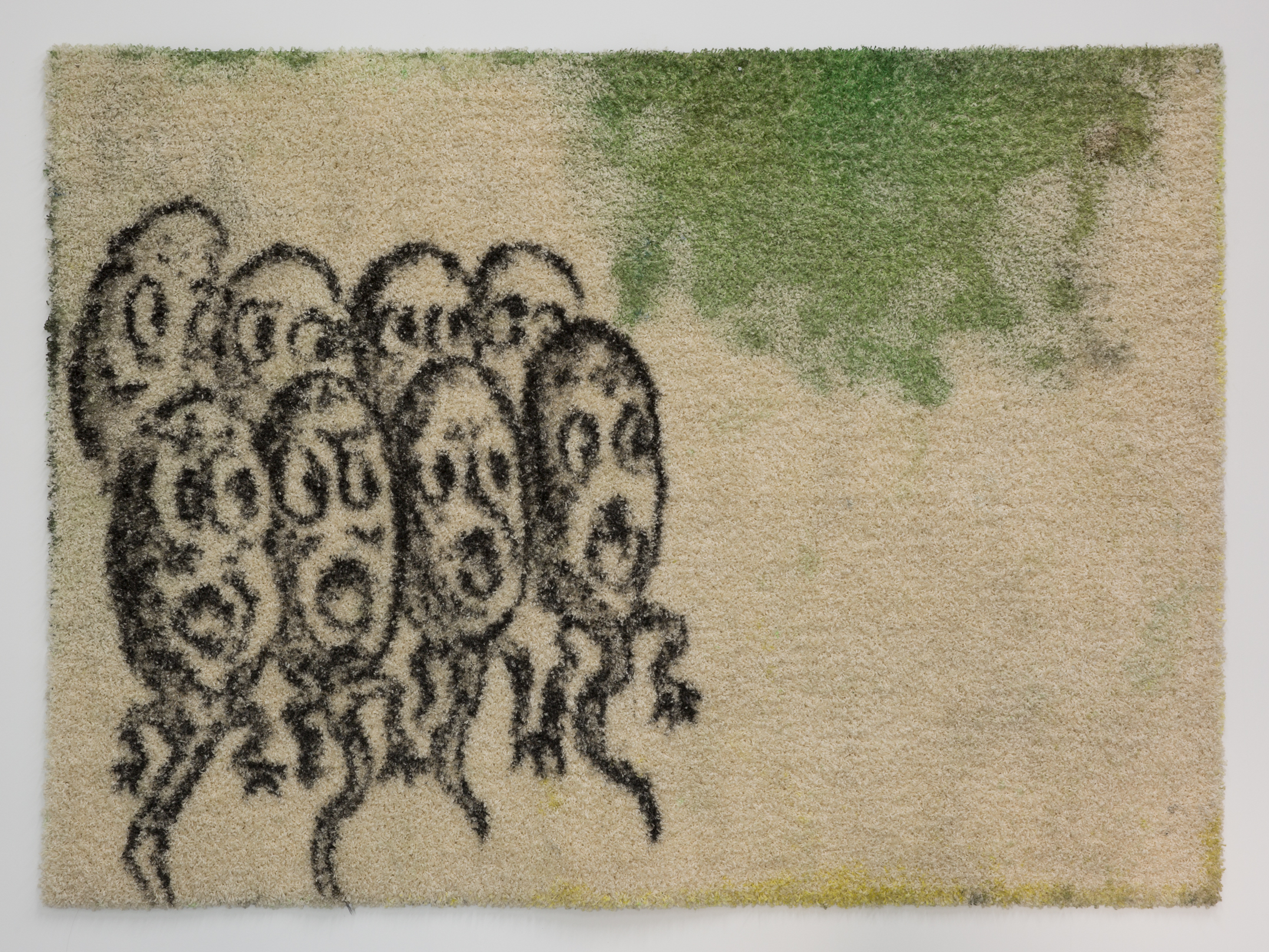
Ink and acrylic on carpet, 152.4 x 213.4 cm
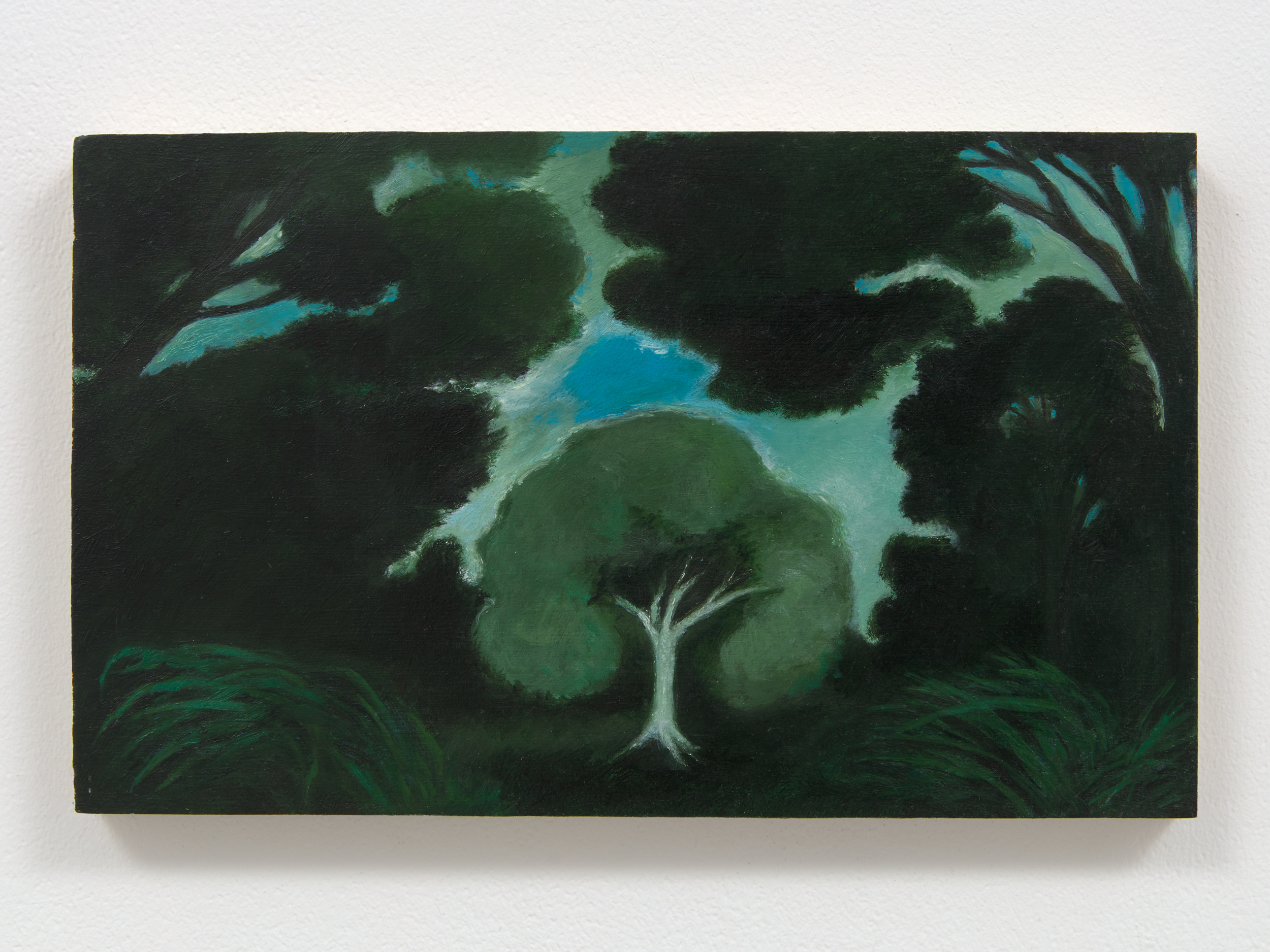
Oil on wood, 14 x 20.3 cm
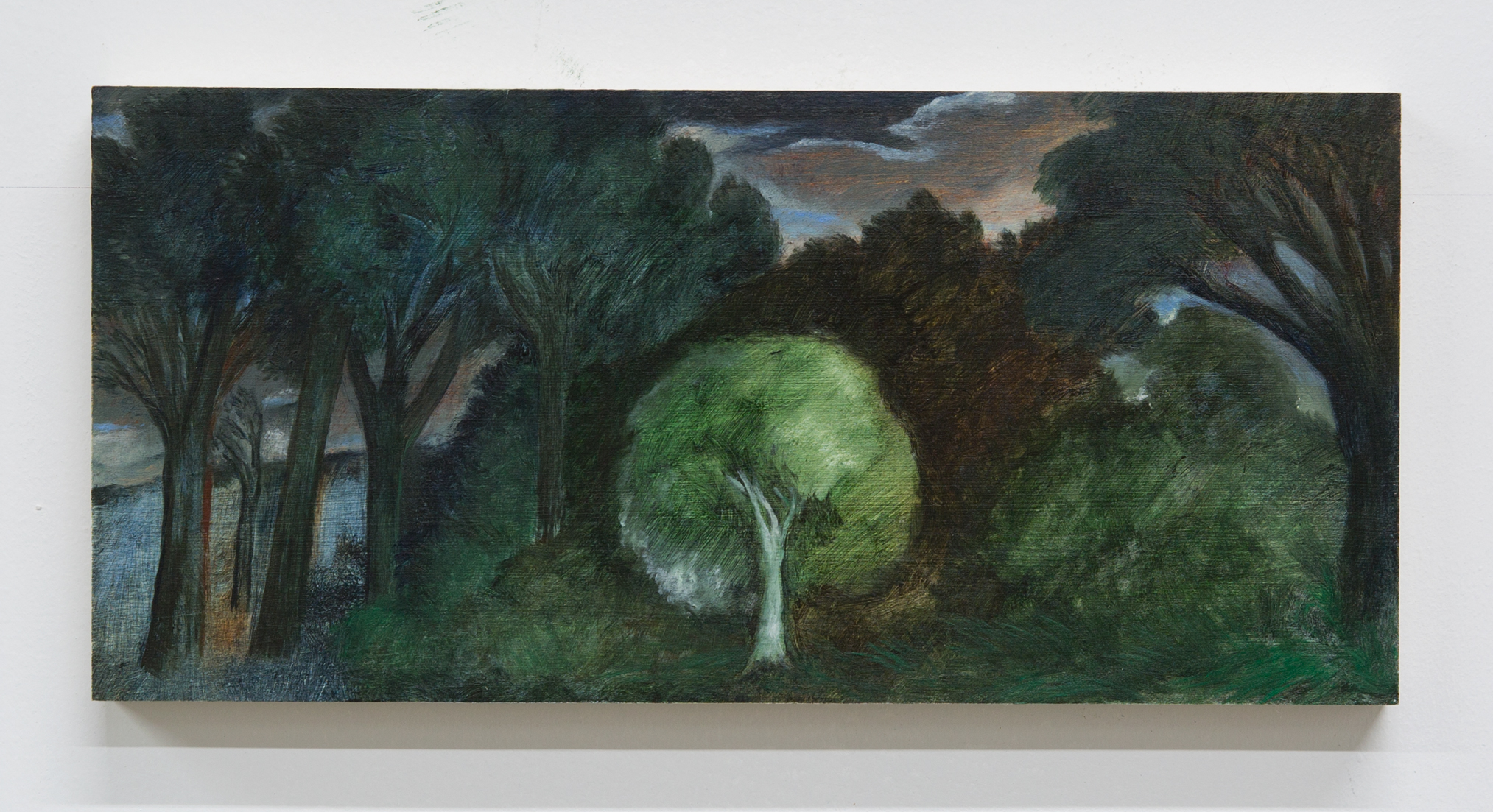
Oil on wood, 14 x 25.4 cm
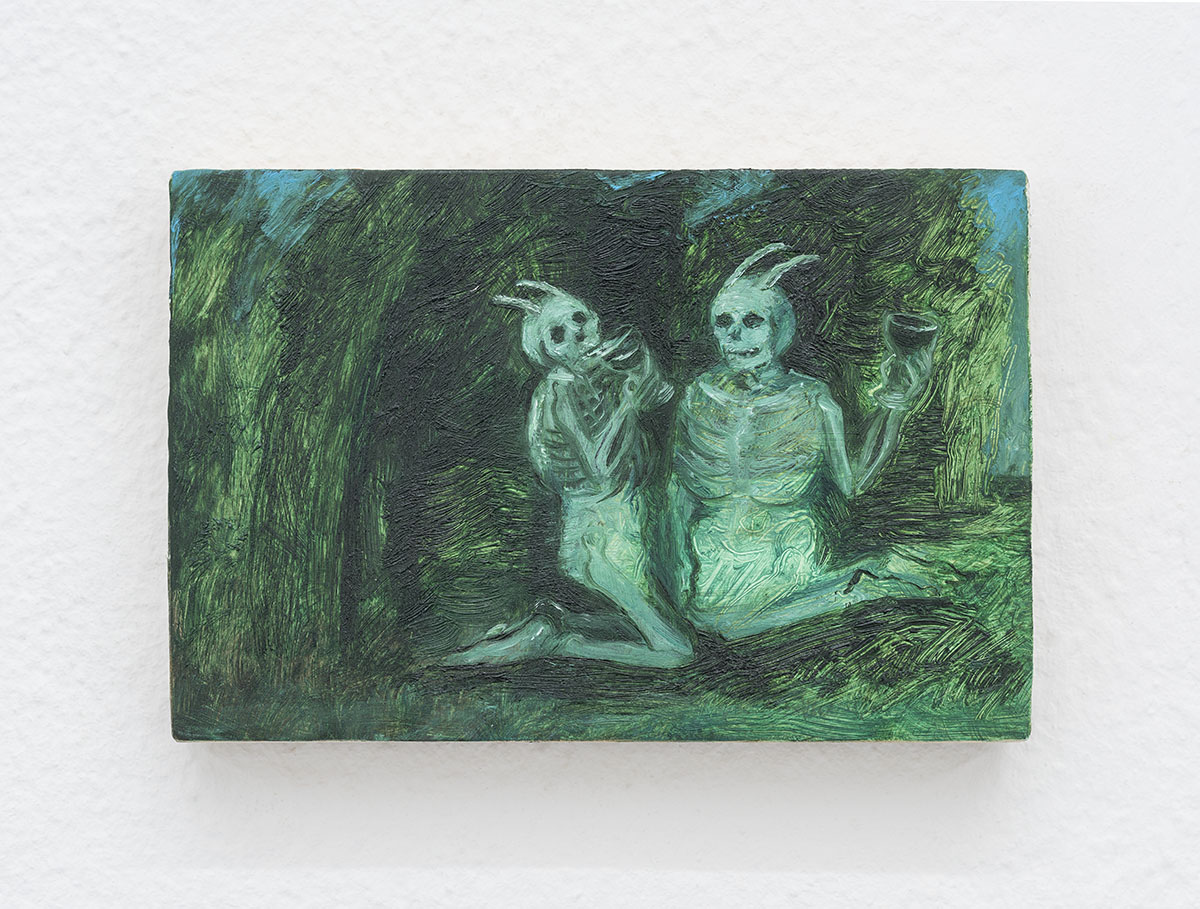
Oil on wood, 8.9 x 12.7 cm
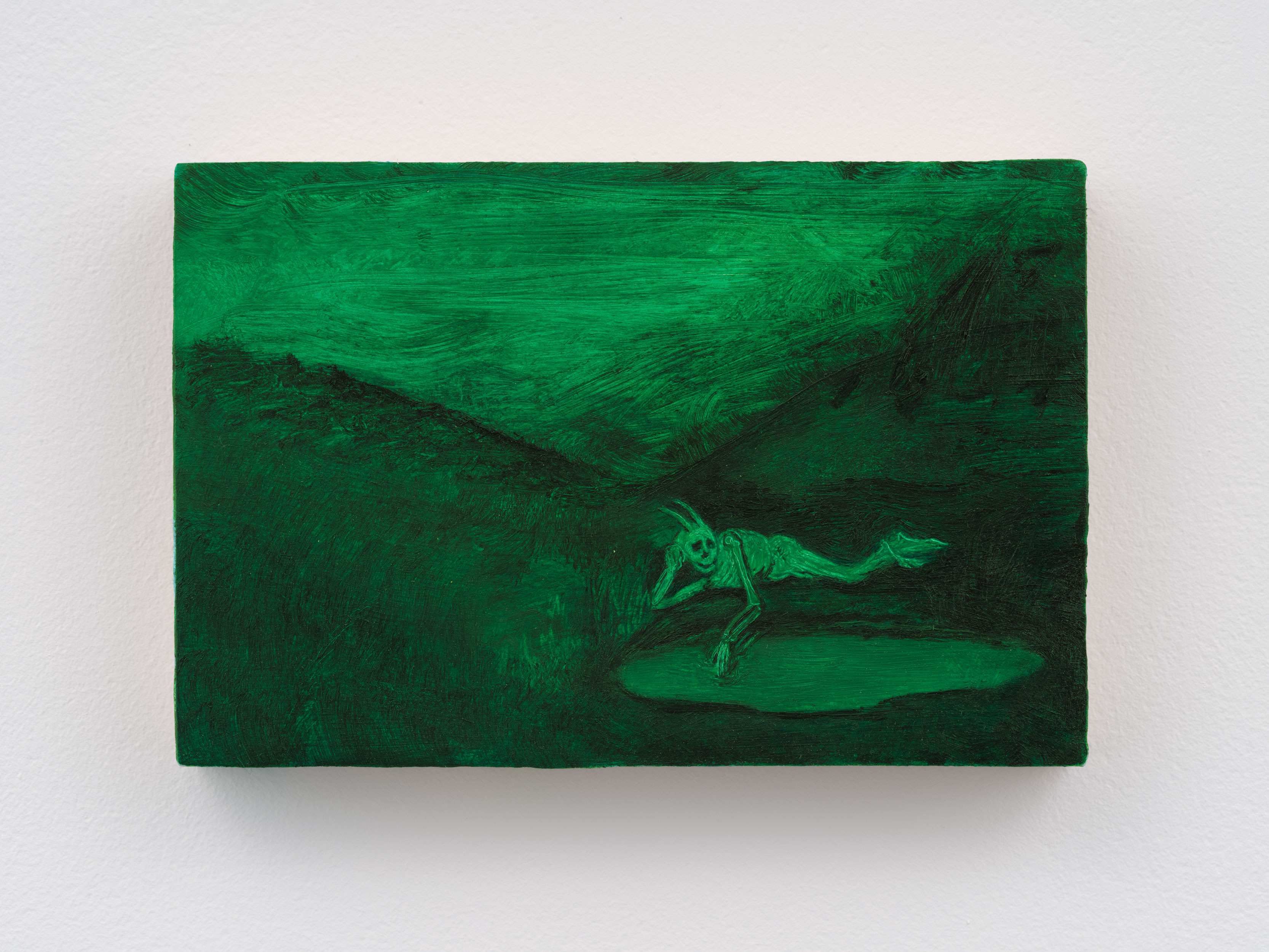
Oil on wood, 8.9 x 12.7 cm
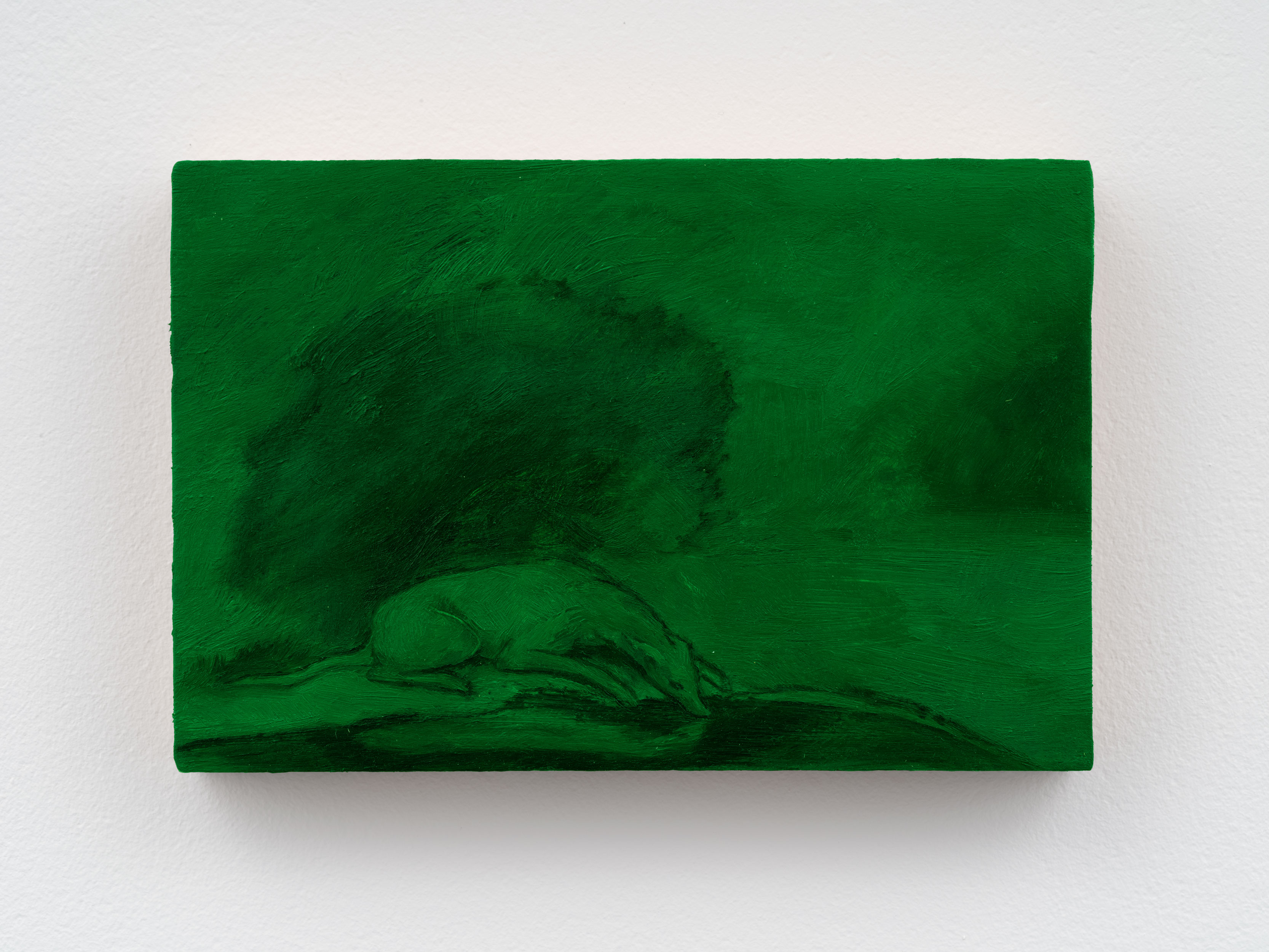
Oil on wood, 8.9 x 12.7 cm
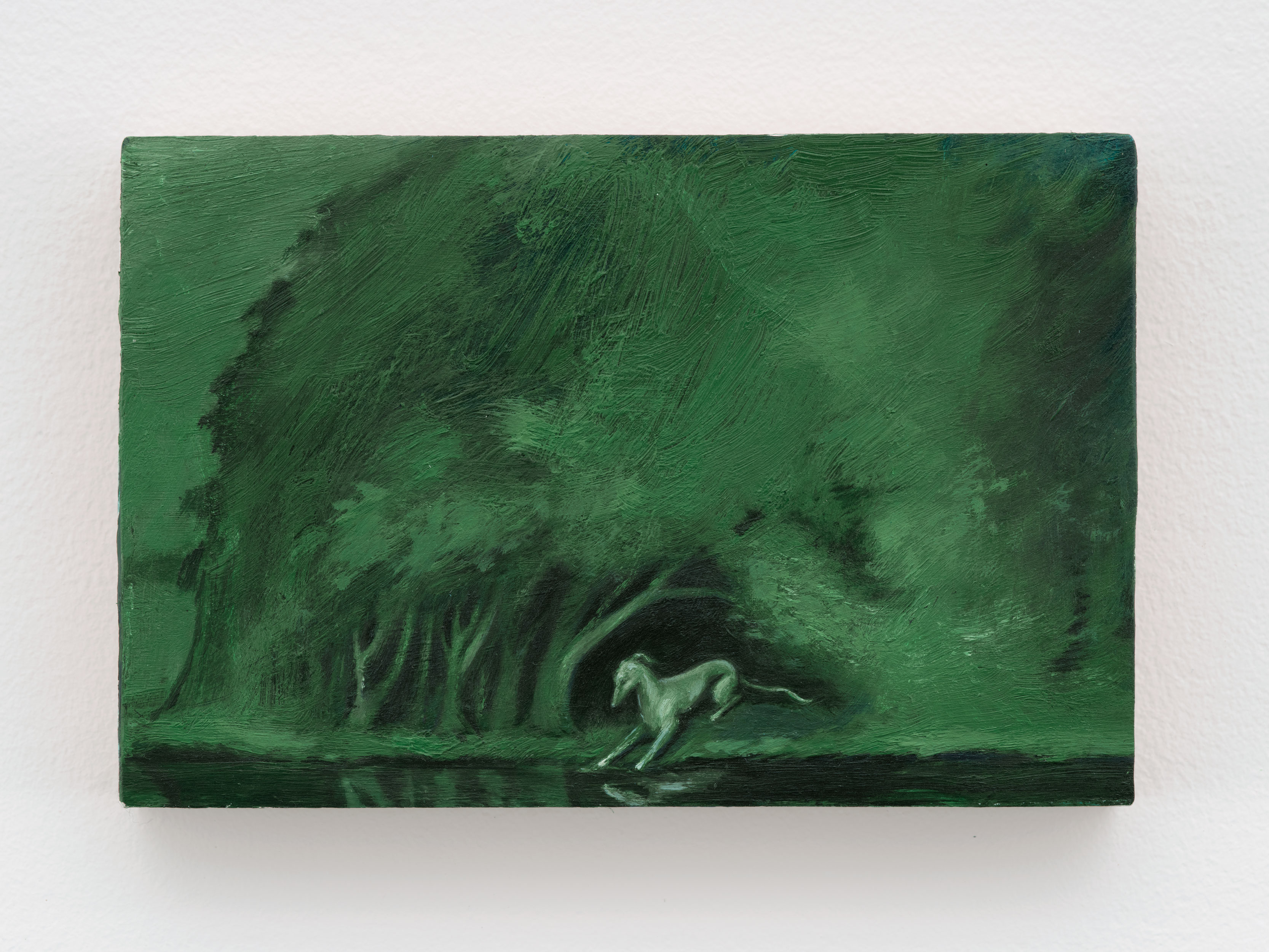
Oil on wood, 11.4 x 14 cm
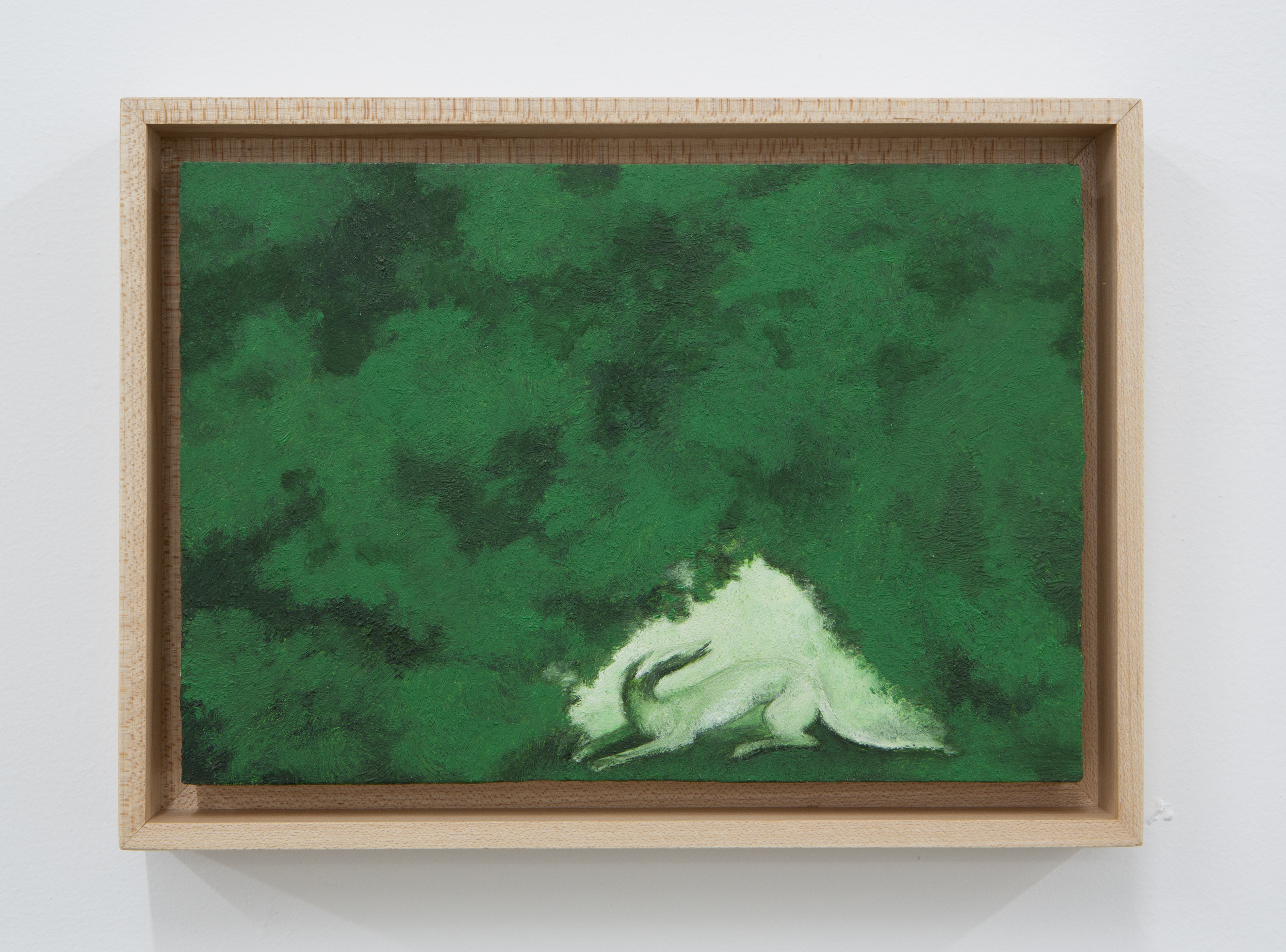
Oil on wood, 14 x 20.3 cm
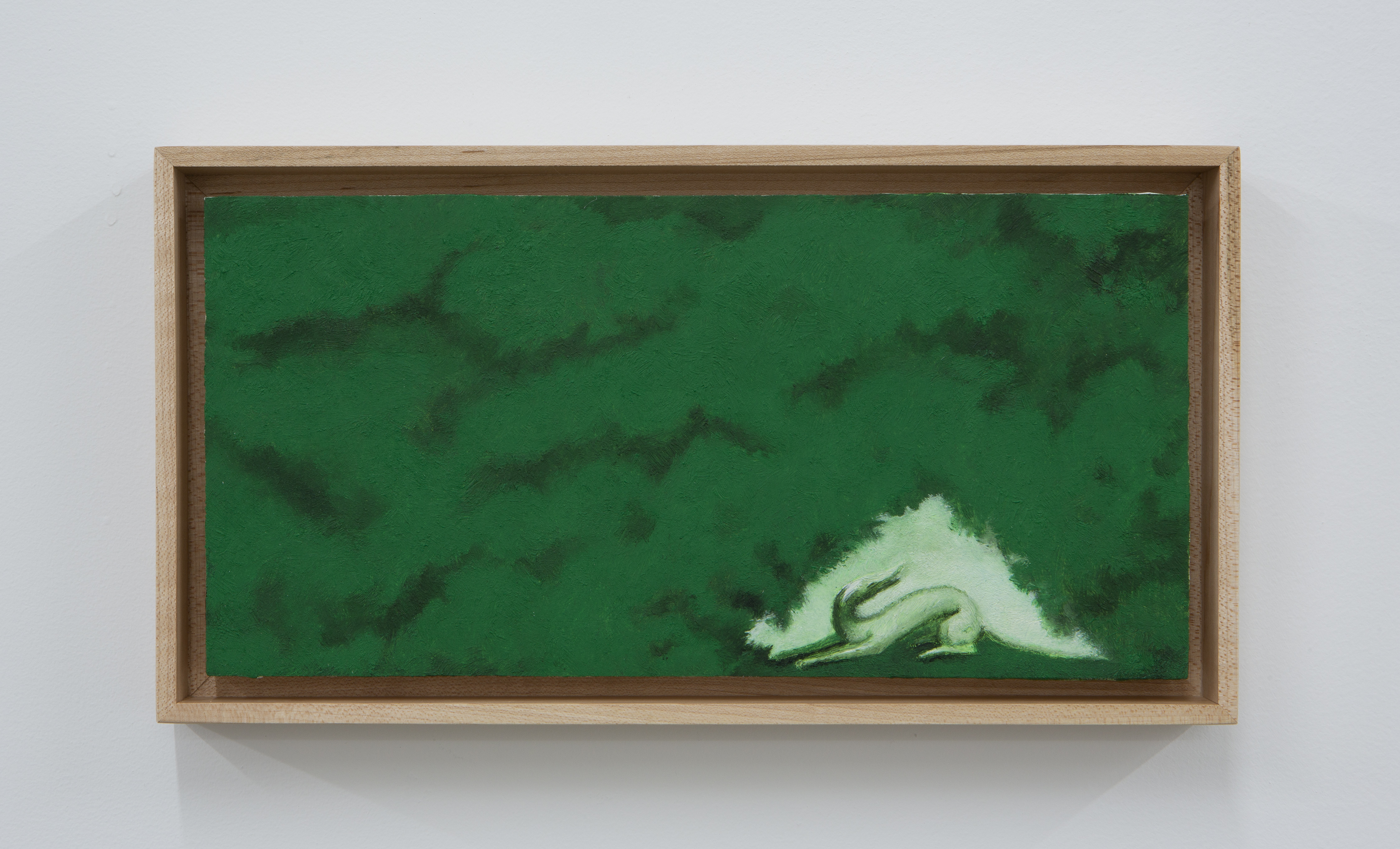
Oil on wood, 14 x 28 cm
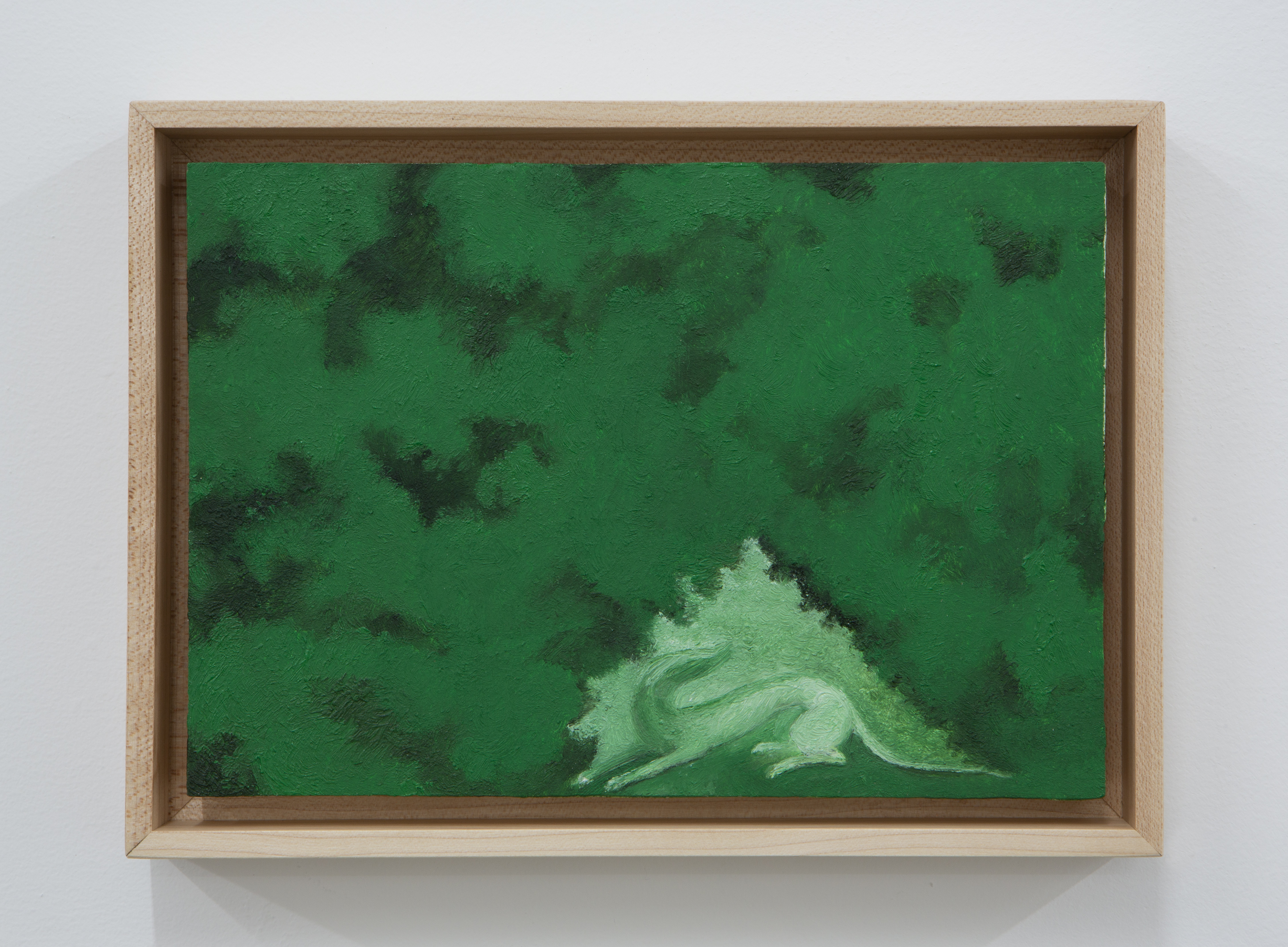
Oil on wood, 14 x 20.3 cm
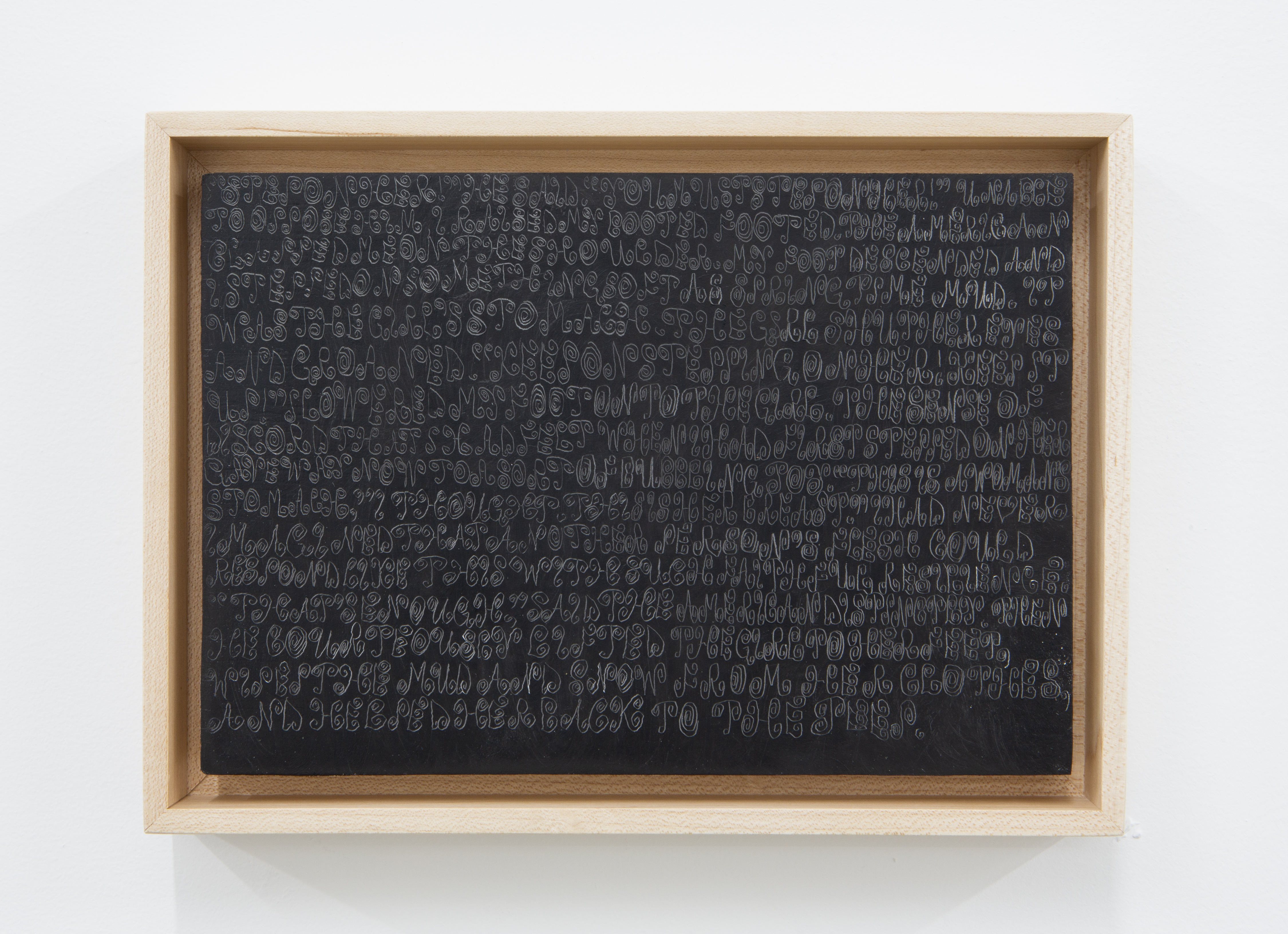
Oil on wood, 14 x 20.3 cm
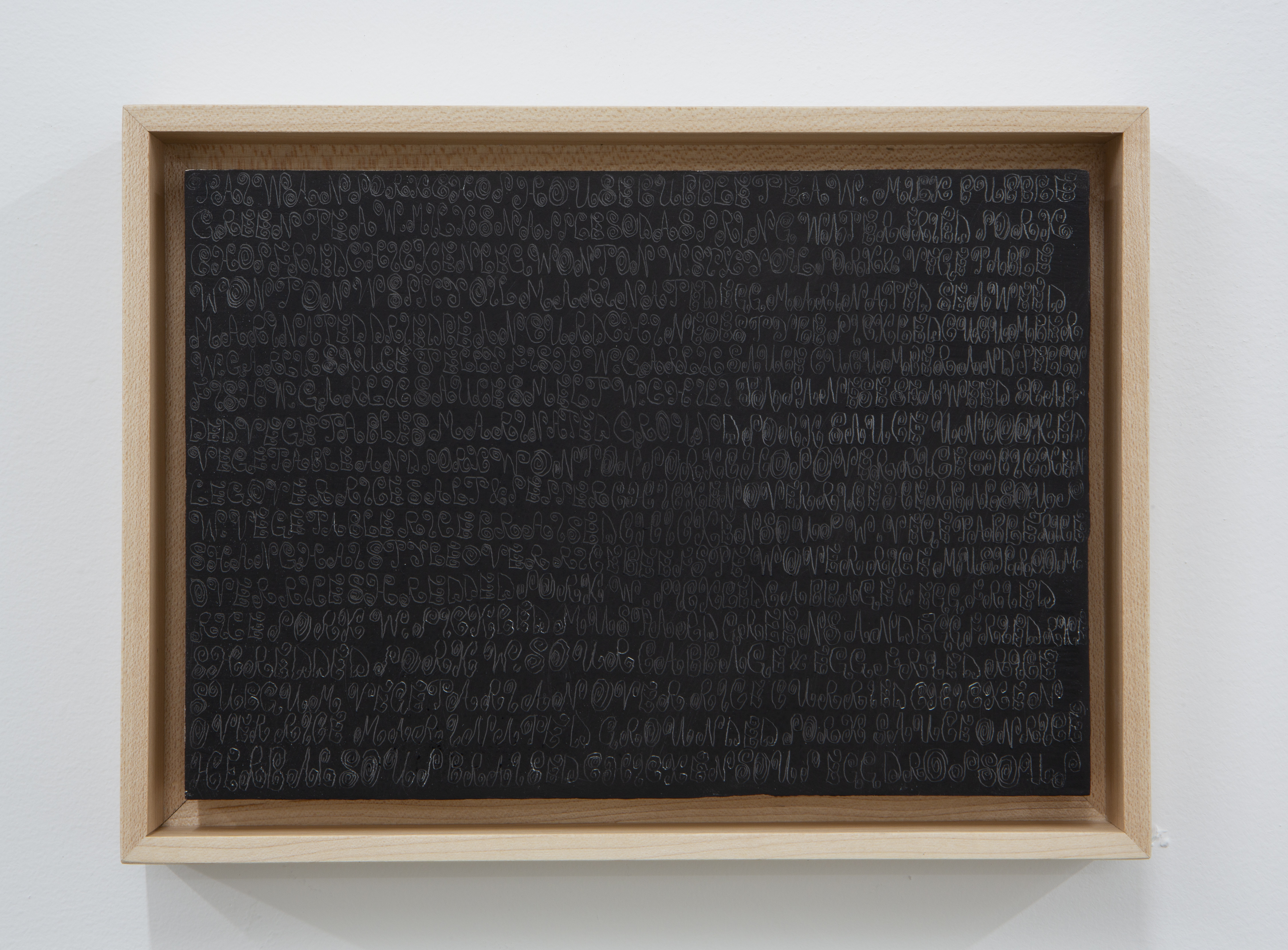
Oil on wood, 14 x 20.3 cm
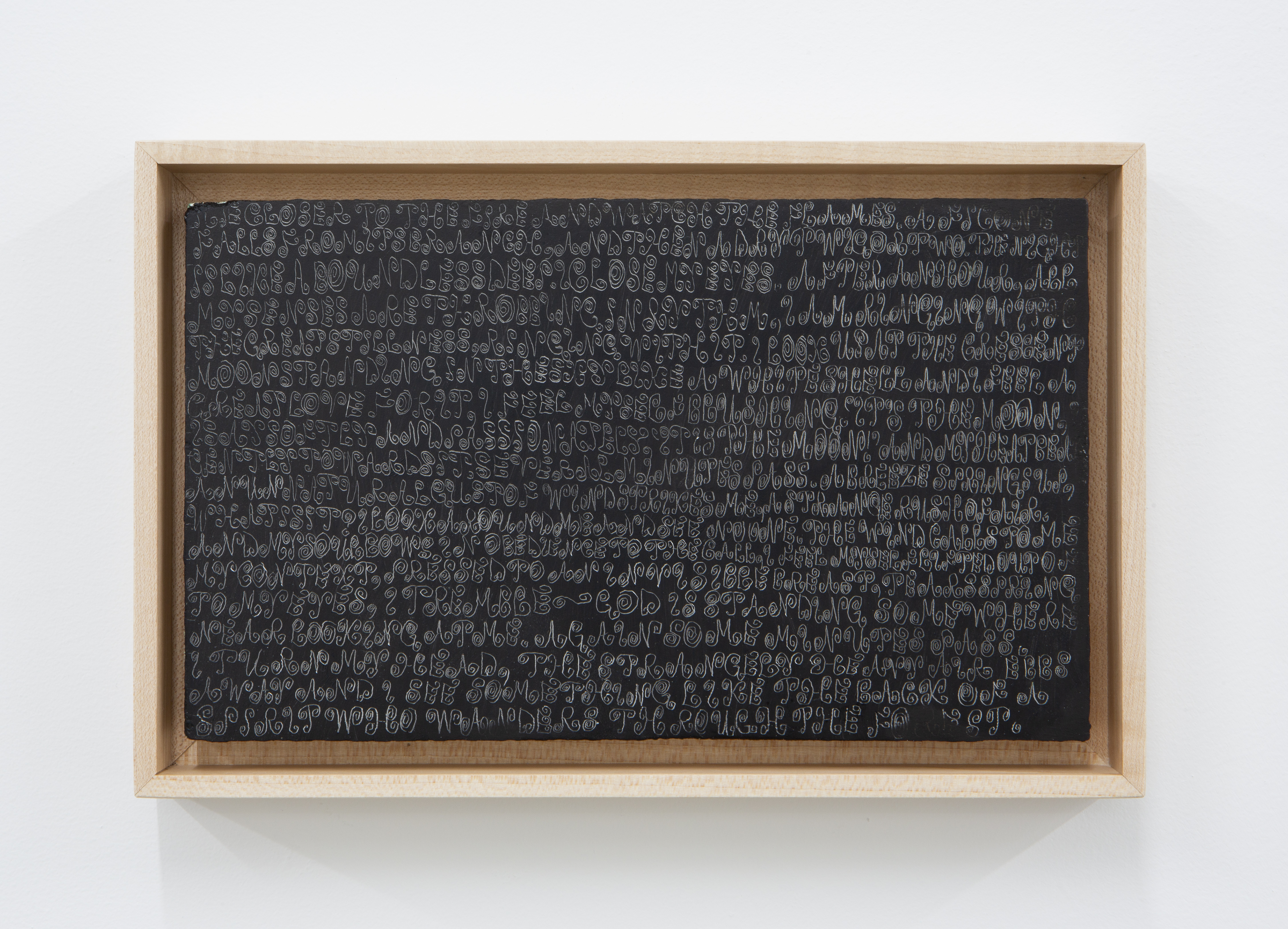
Oil on wood, 14 x 20.3 cm
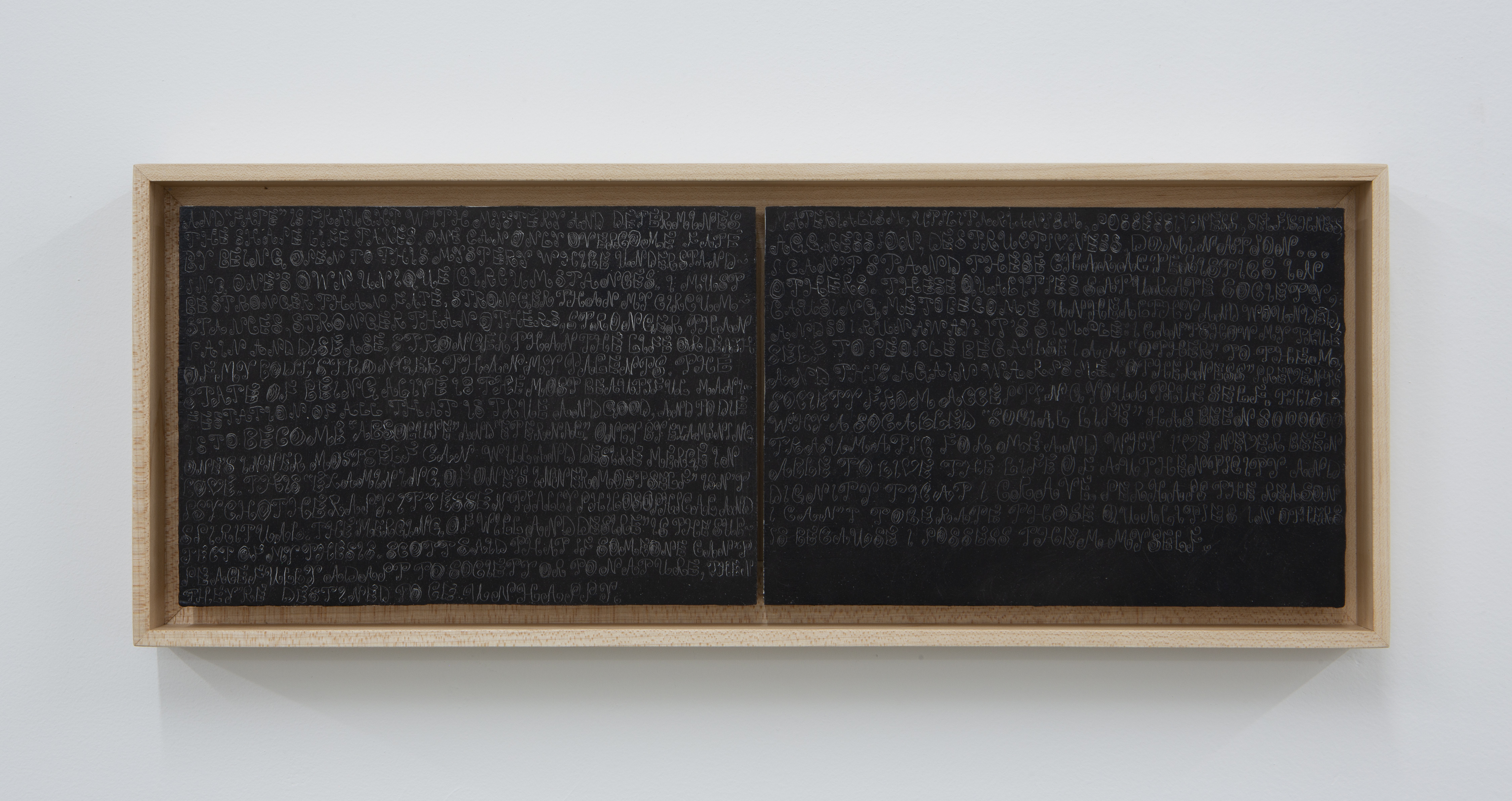
Oil on wood, 14 x 40.6 cm
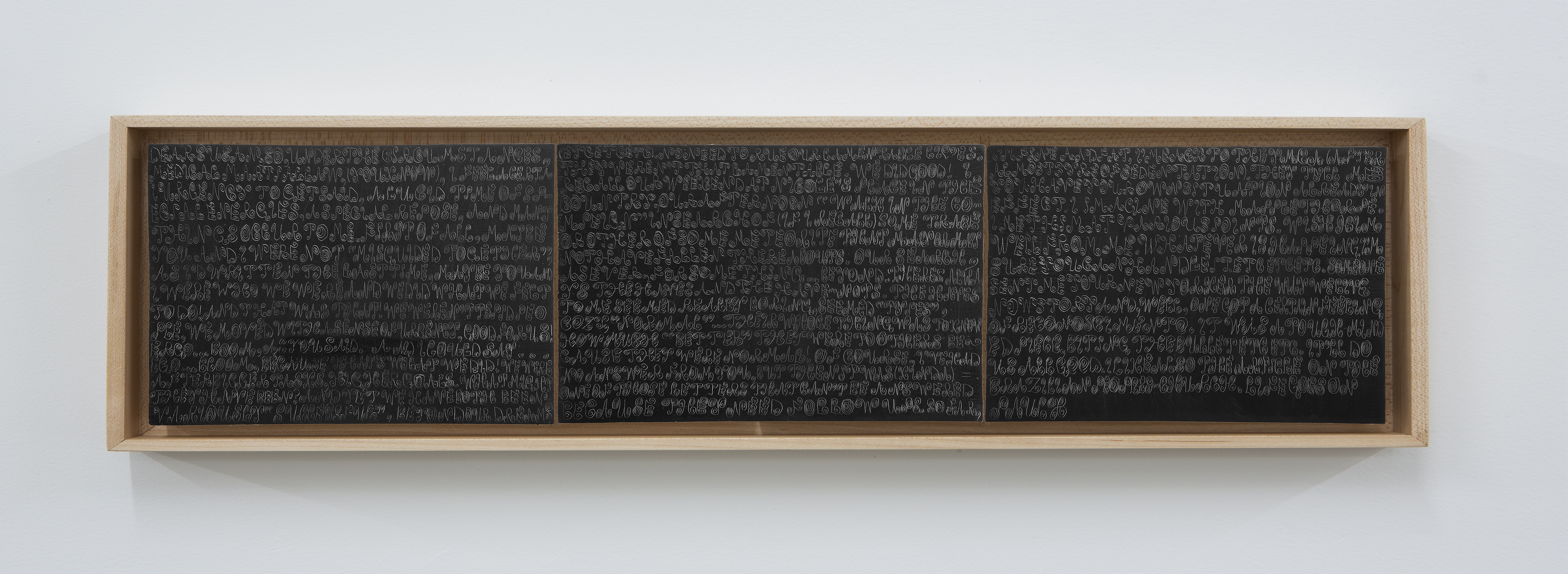
Oil on wood, 14 x 61 cm
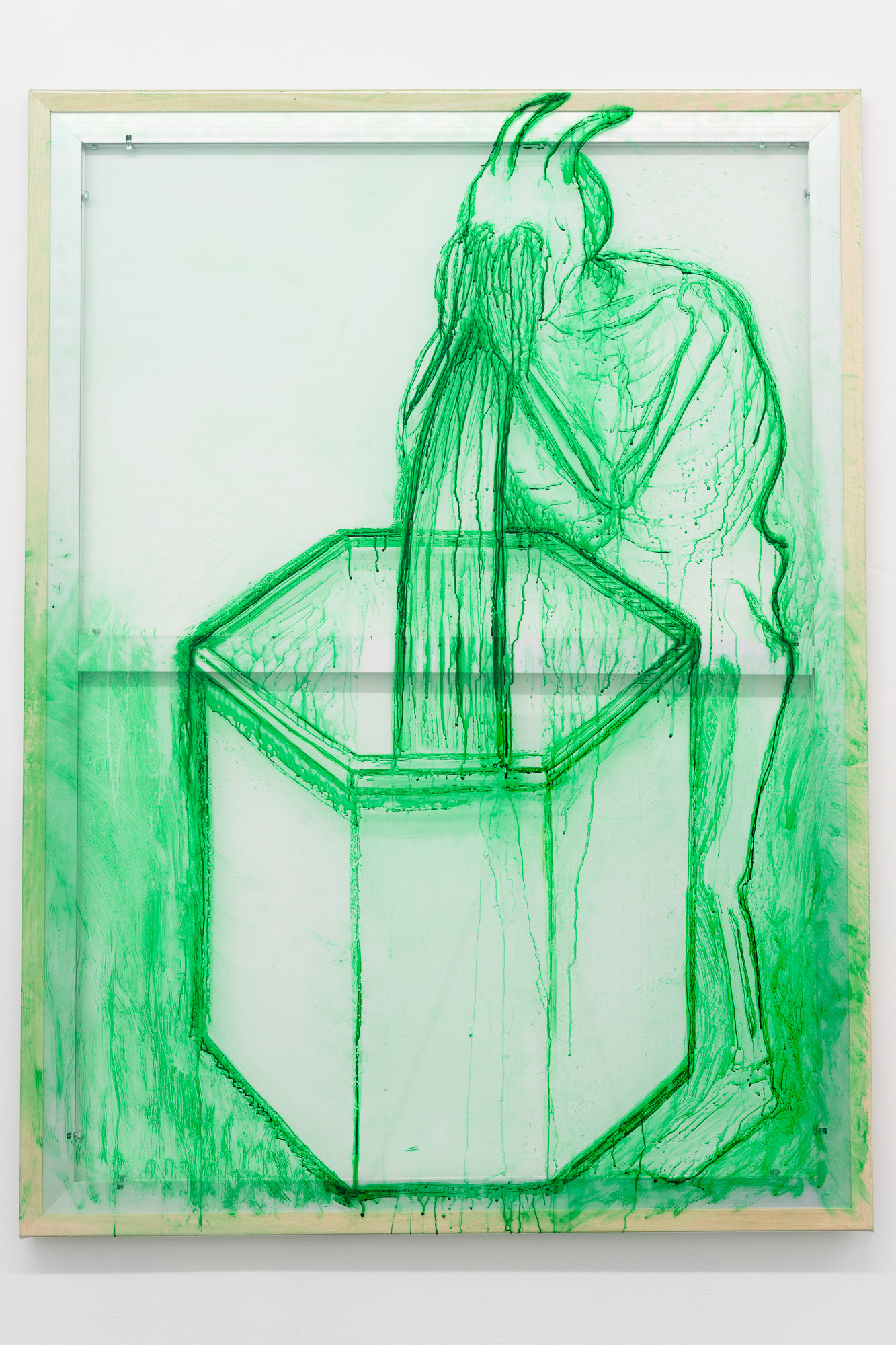
Ink on pvc vinyl, 132 x 96.5 cm
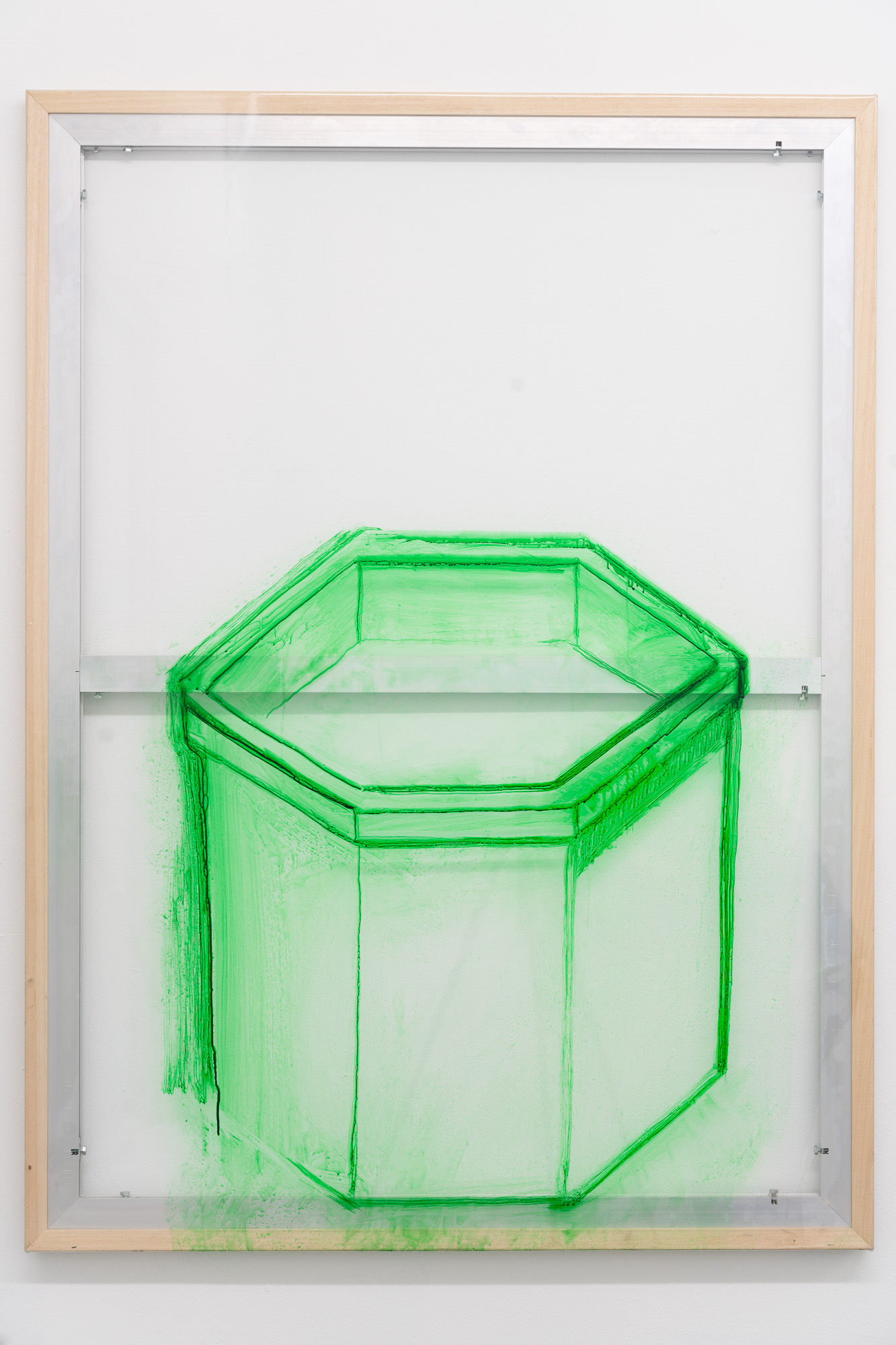
Ink on pvc vinyl, 132 x 96.5 cm
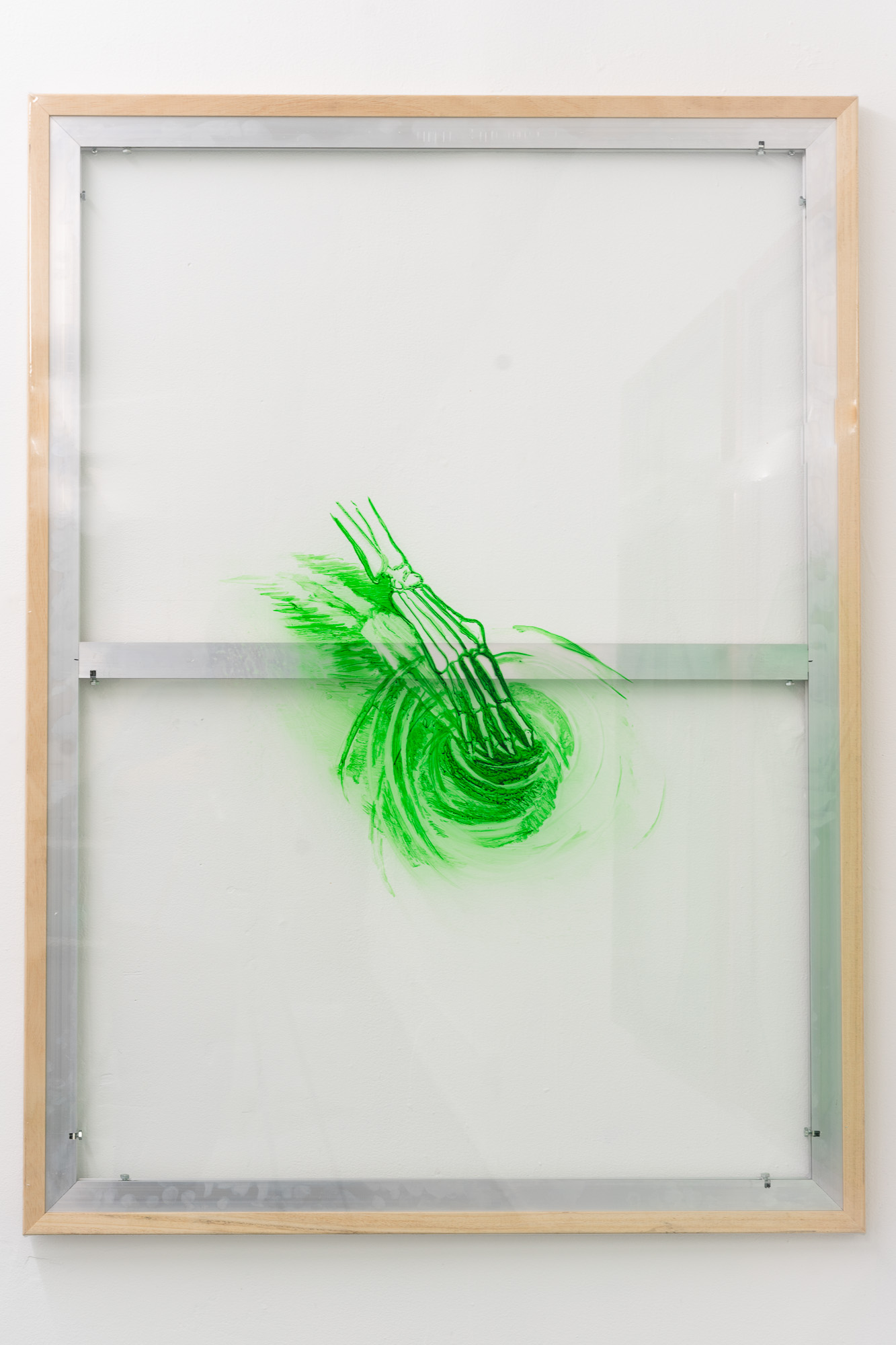
Ink on pvc vinyl, 132 x 96.5 cm
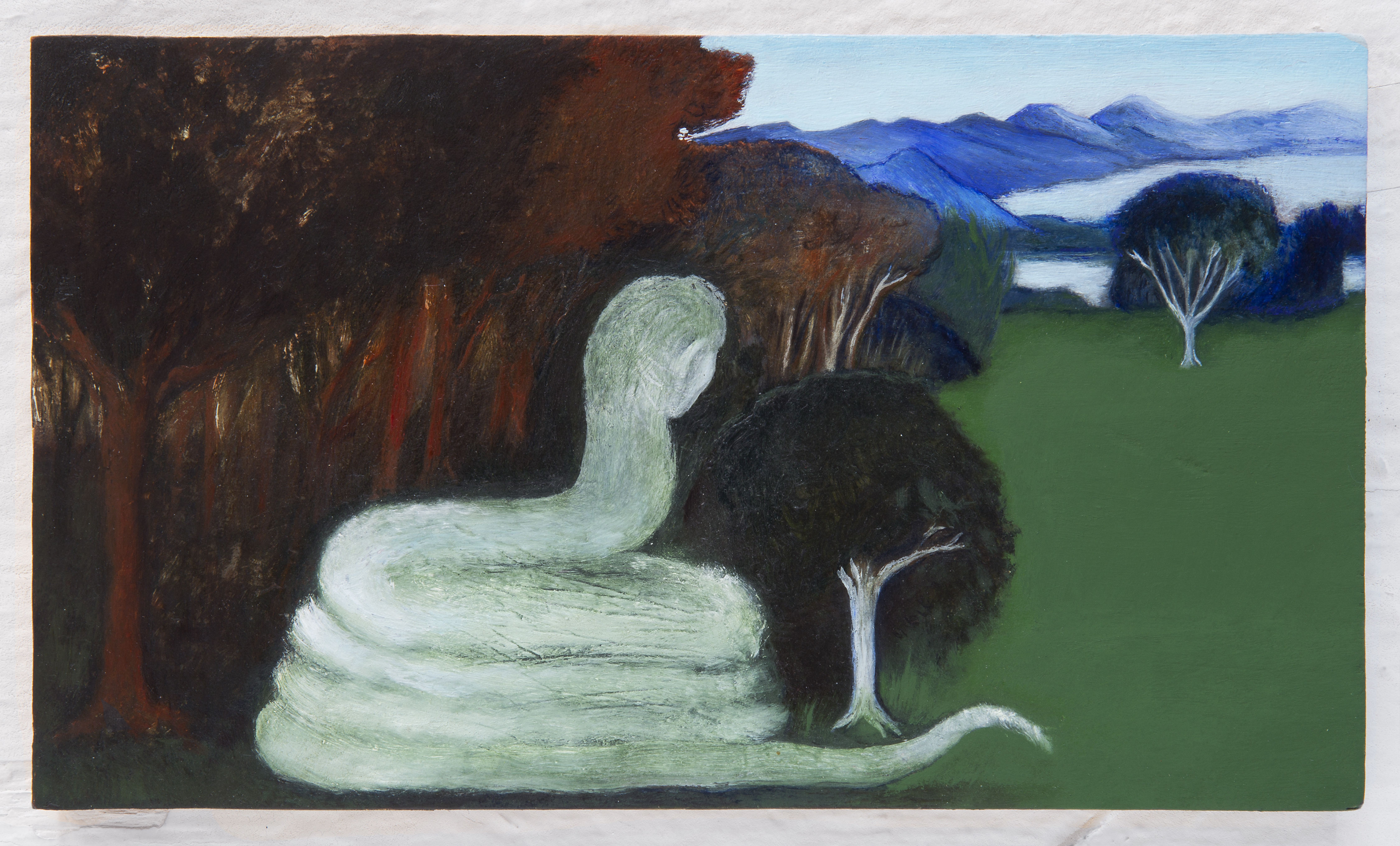
Oil on wood, 14 x 28 cm
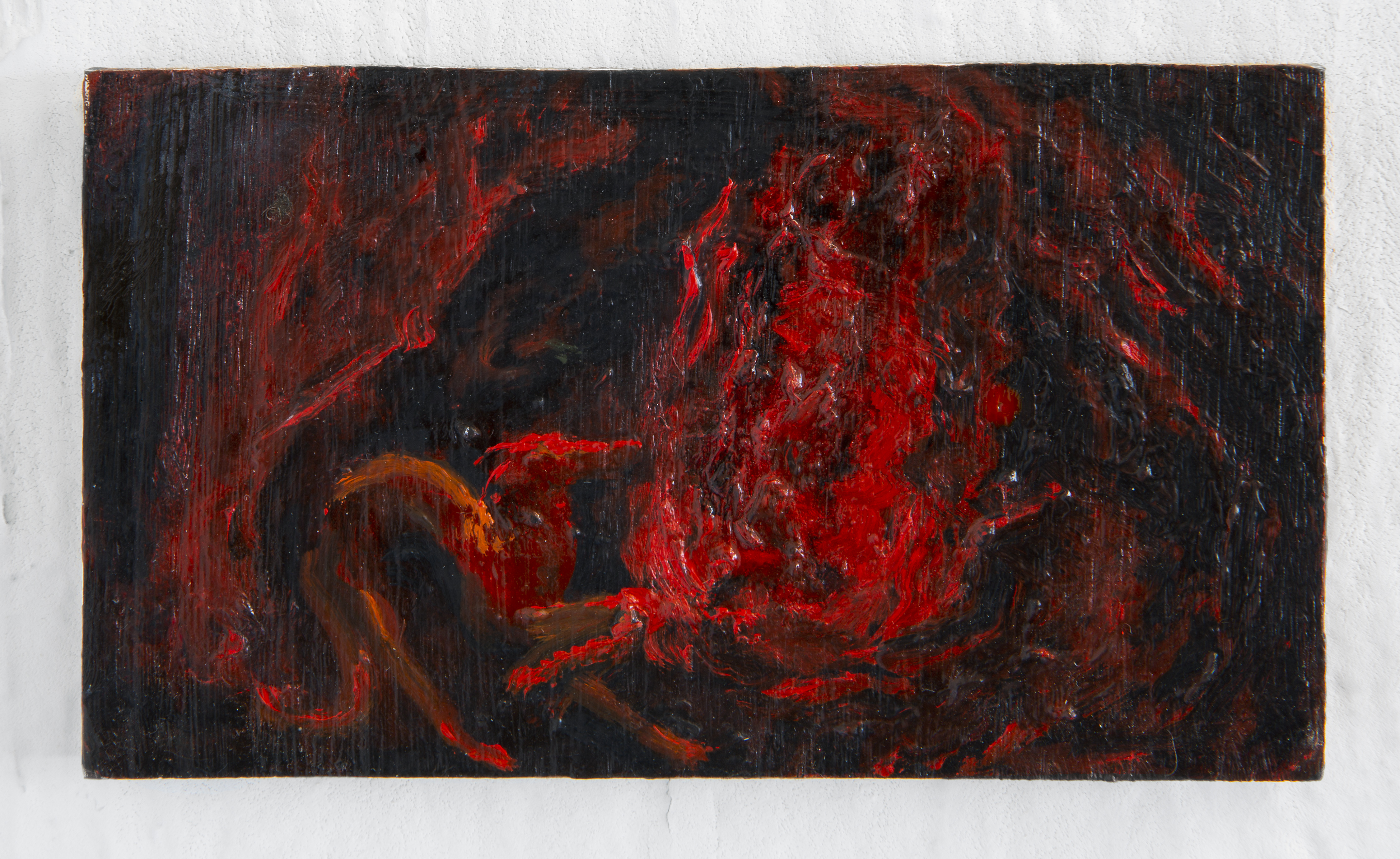
Oil on wood, 6.4 x 8.9 cm
